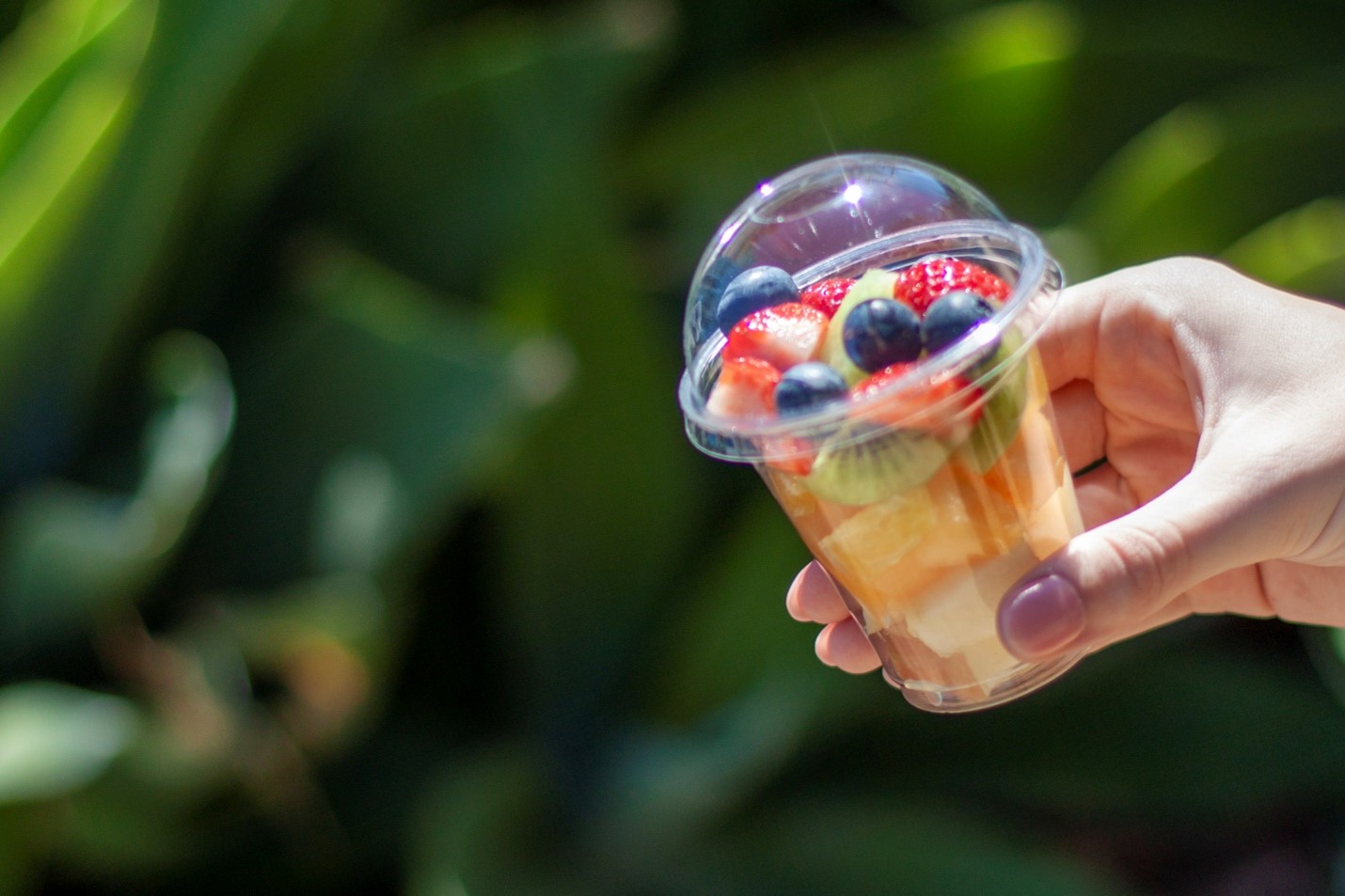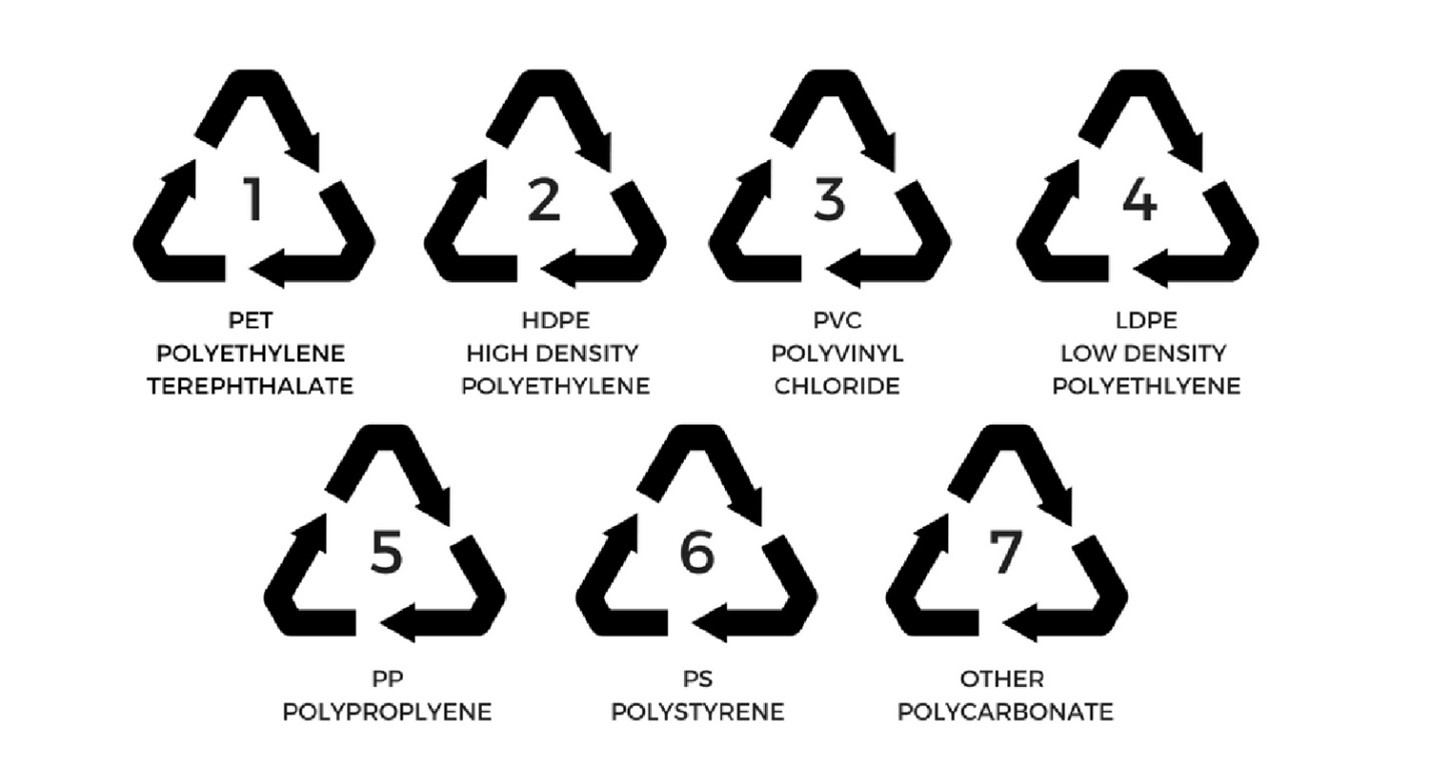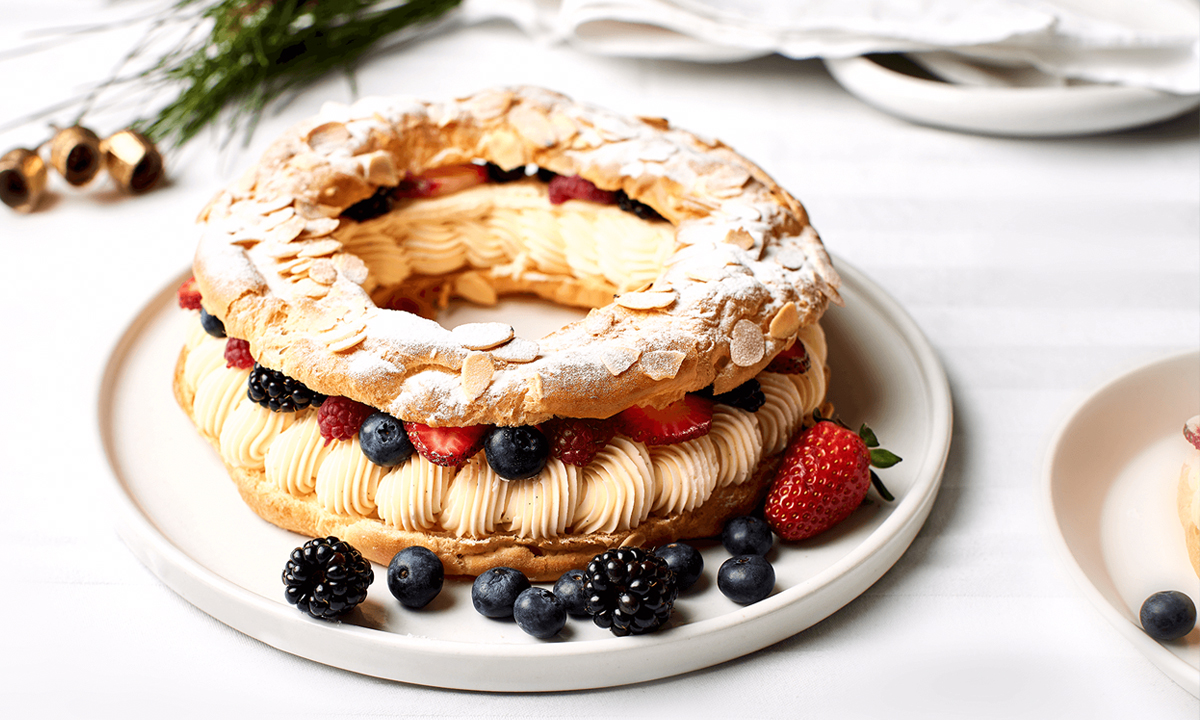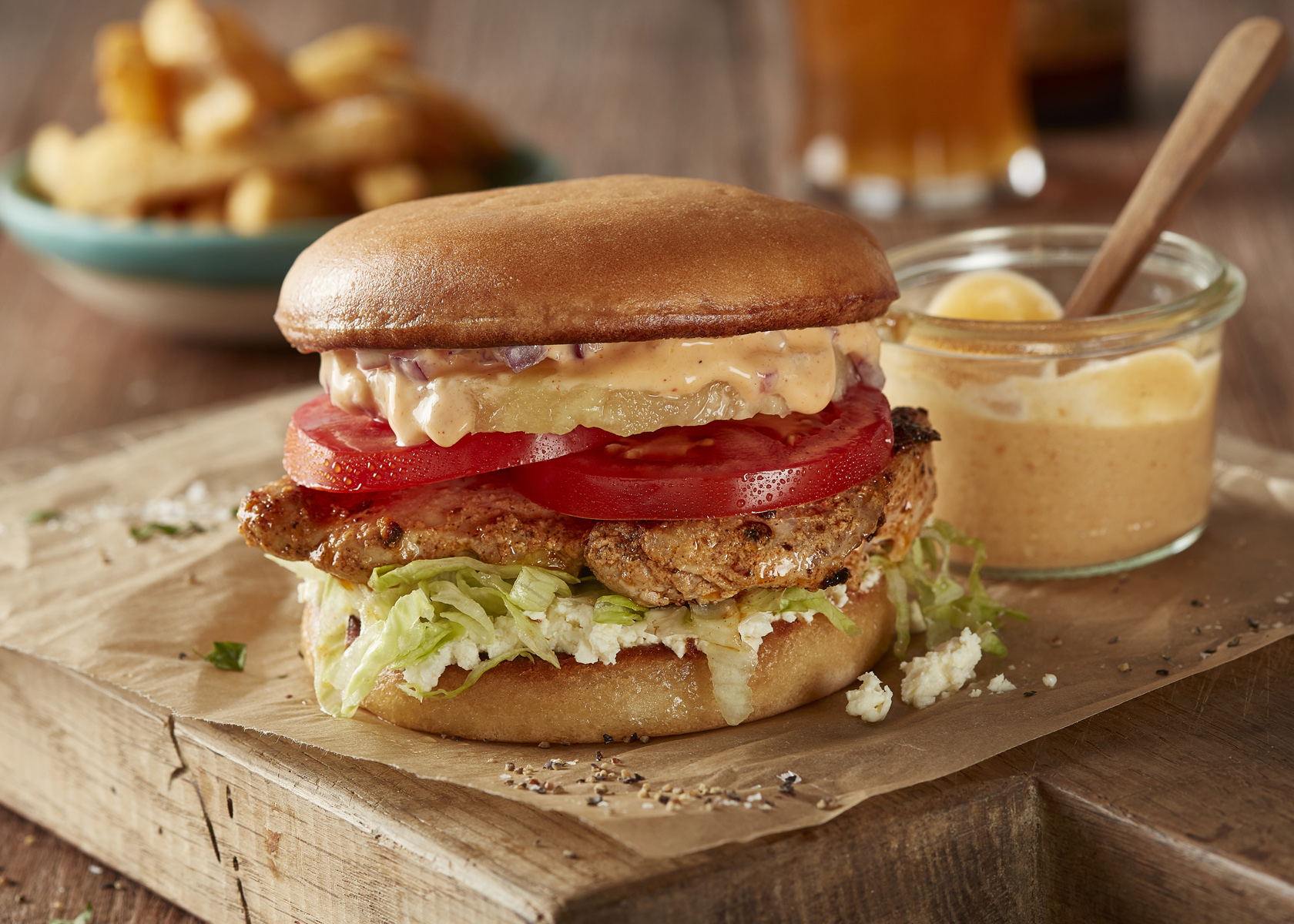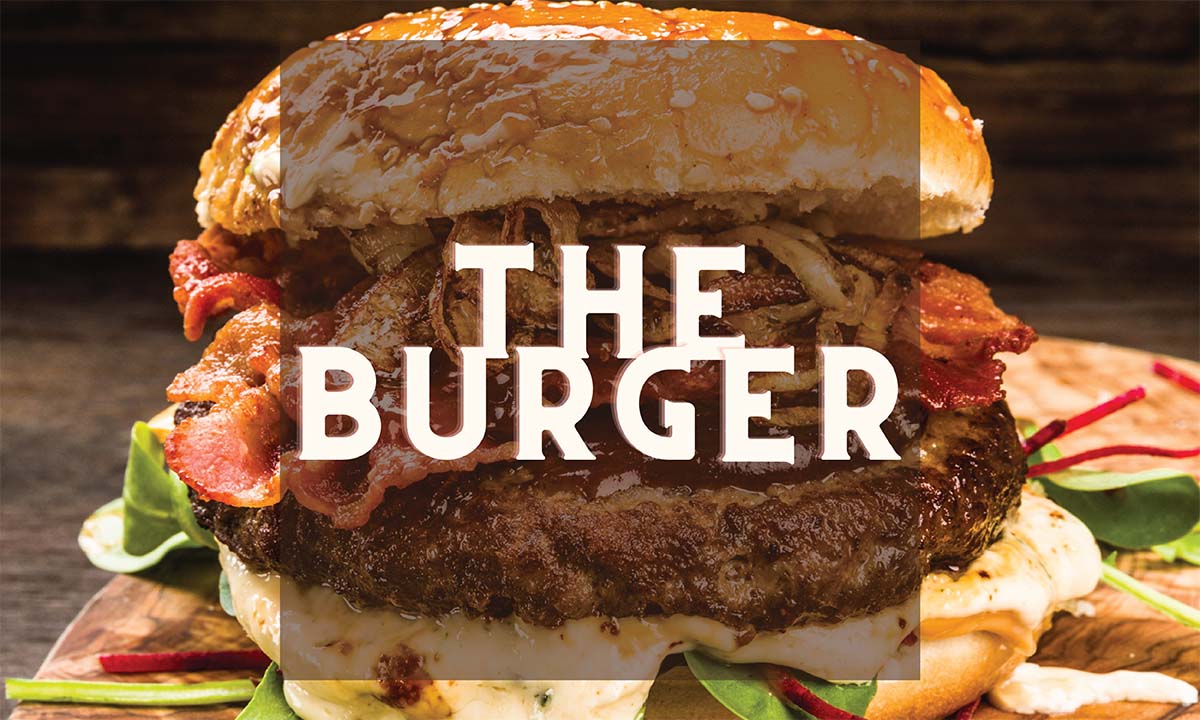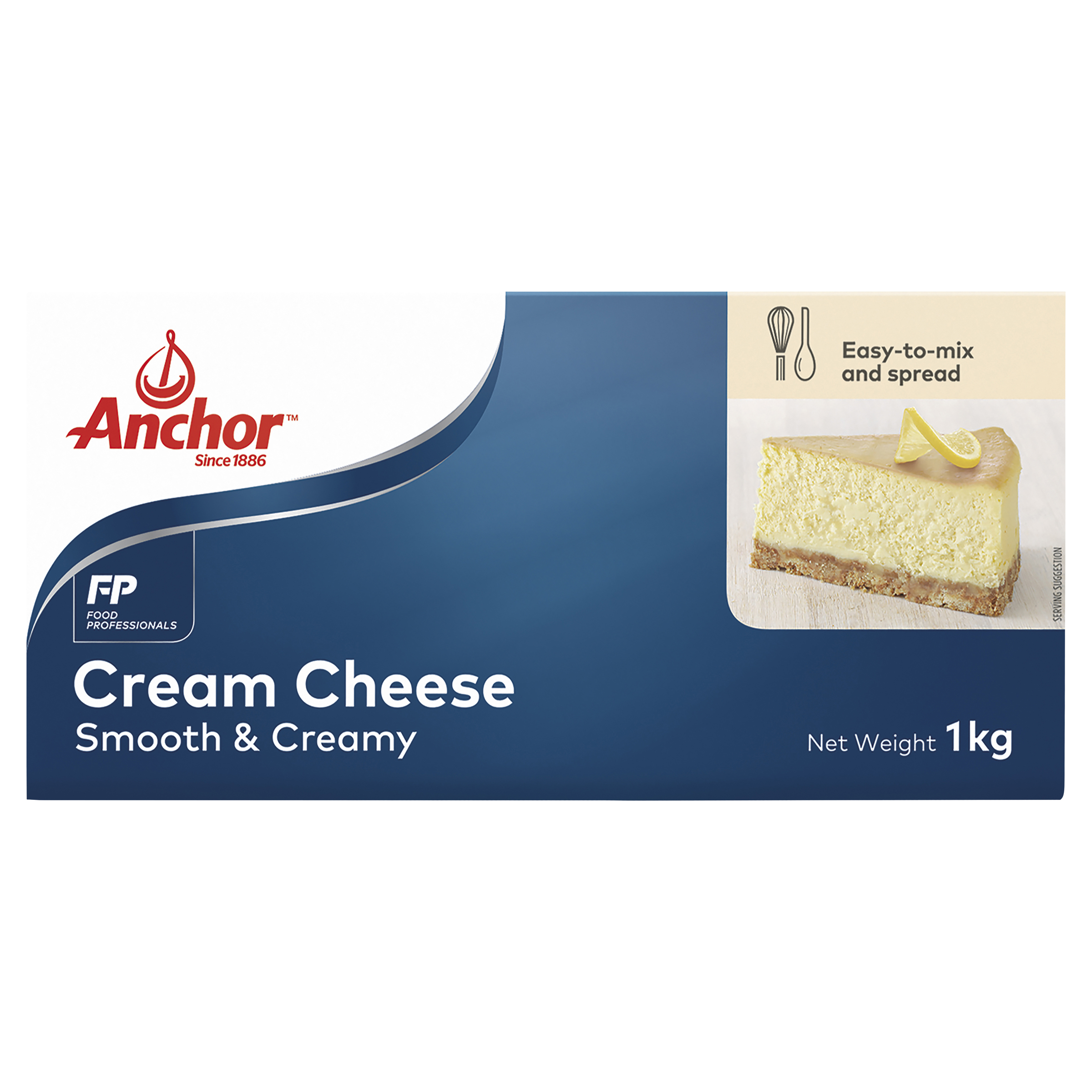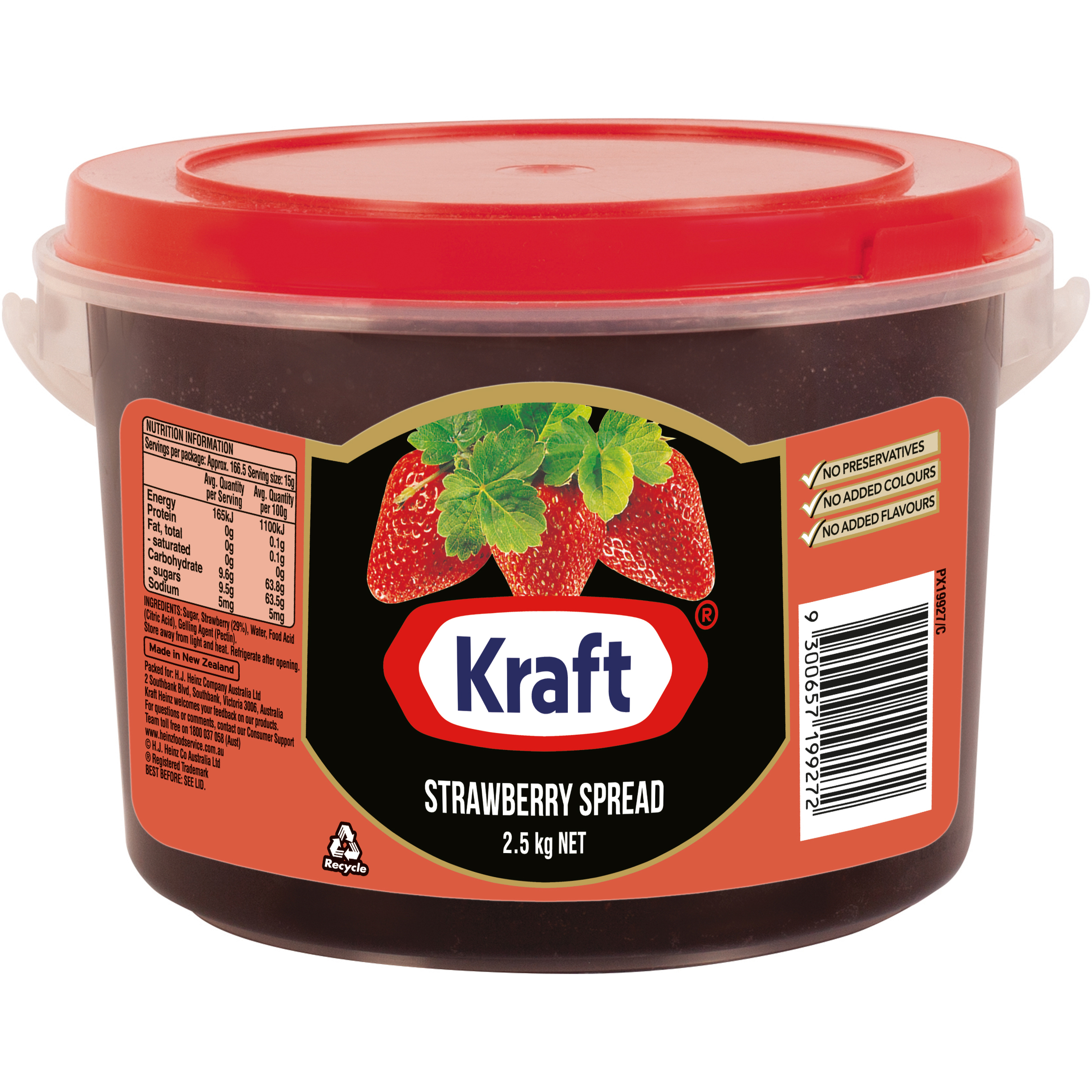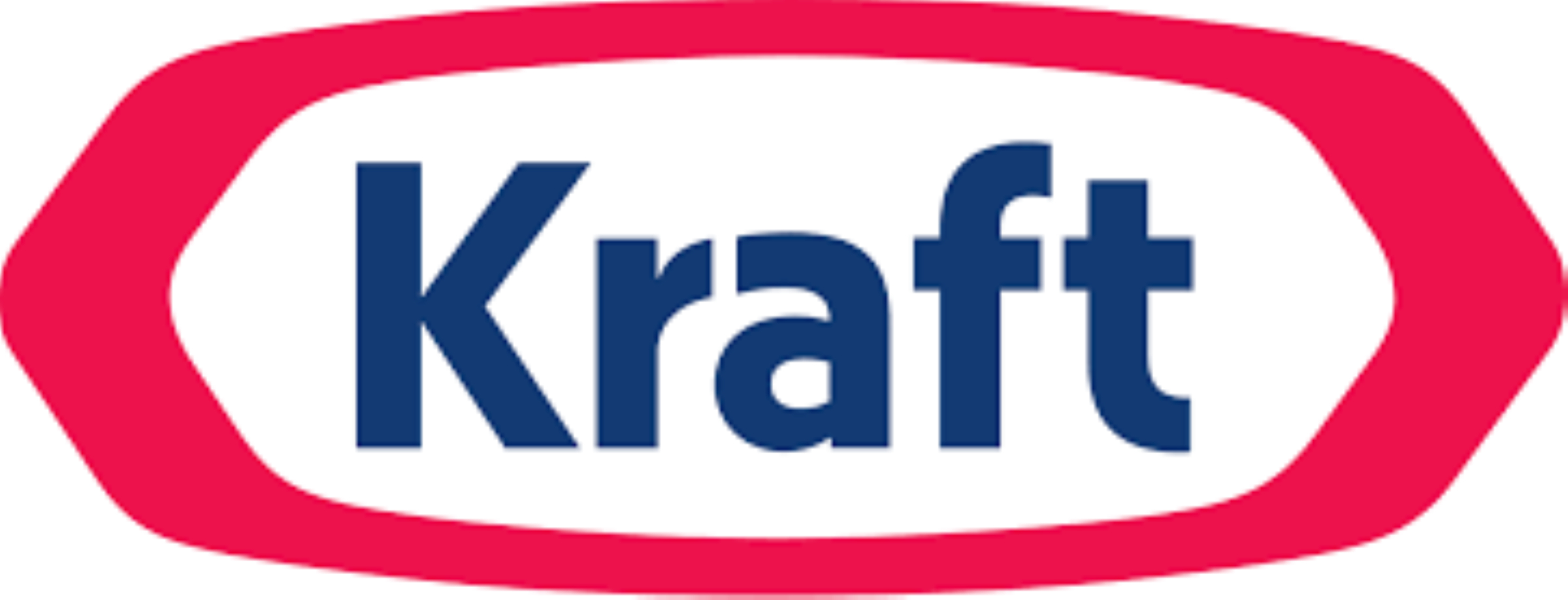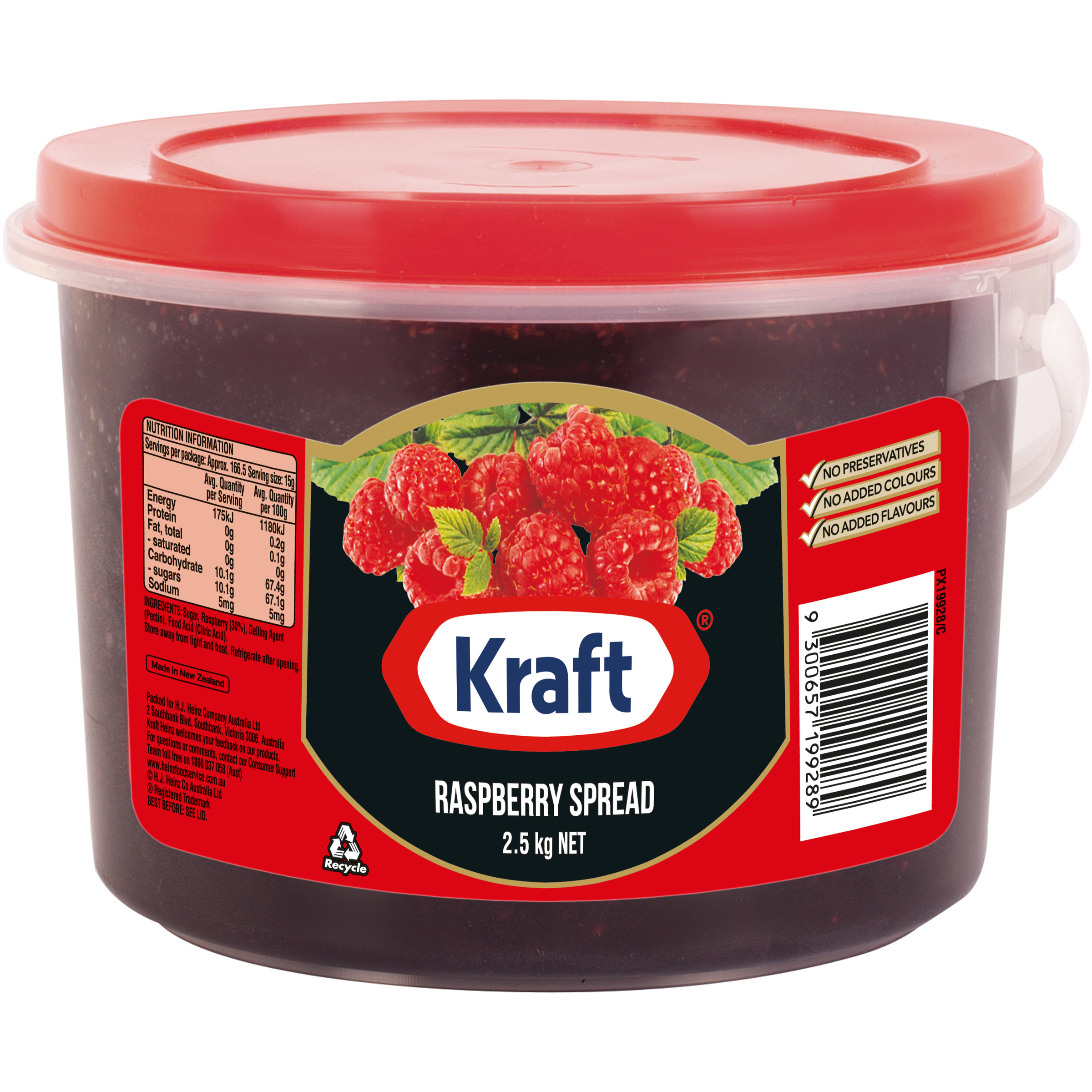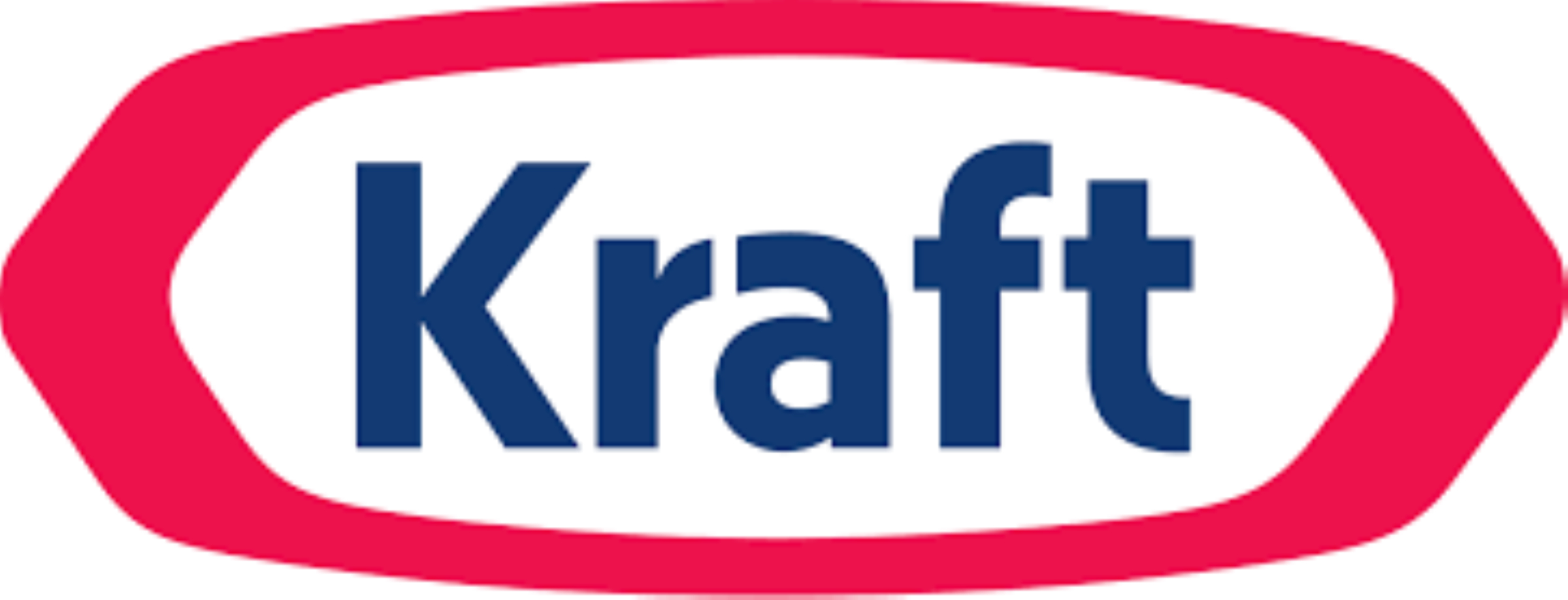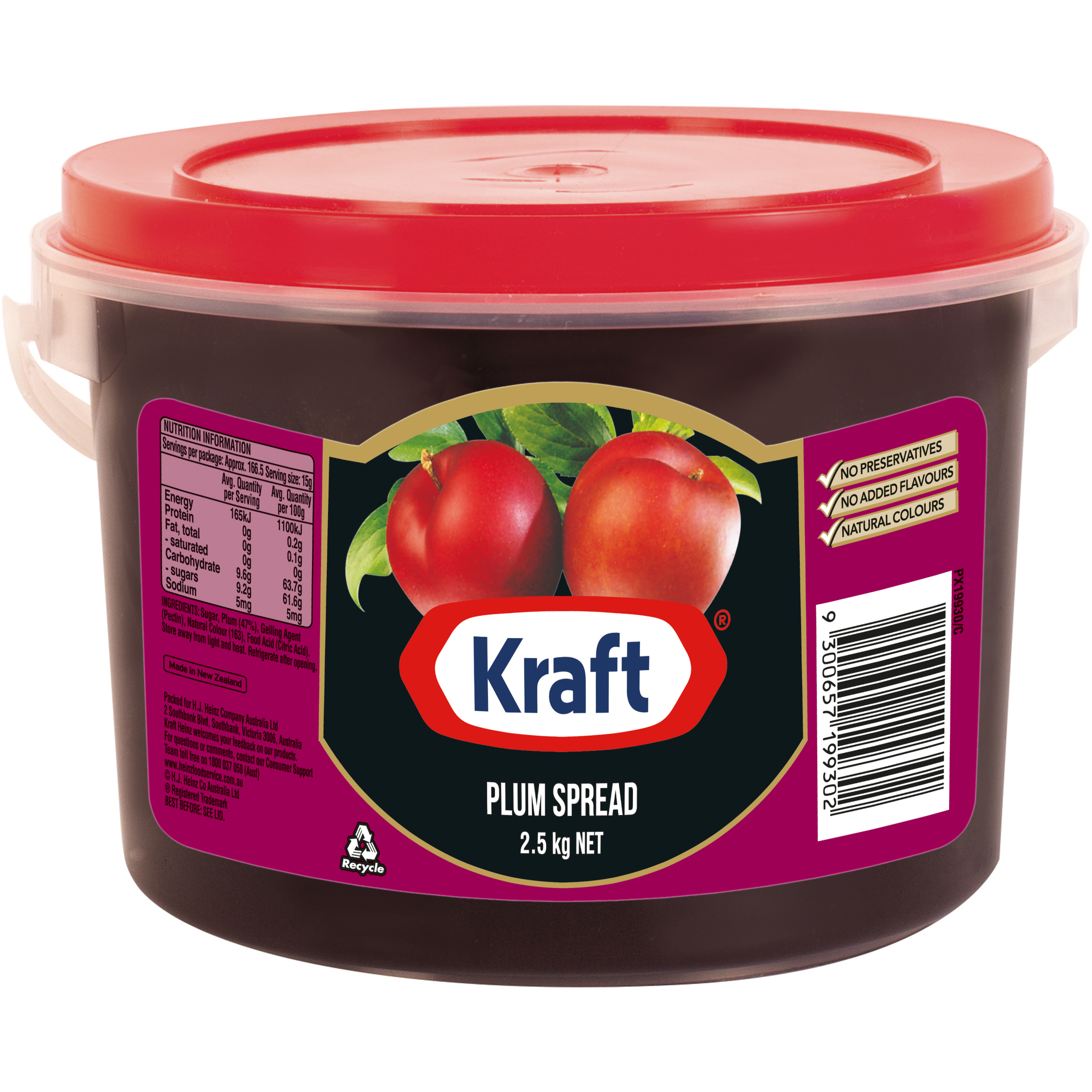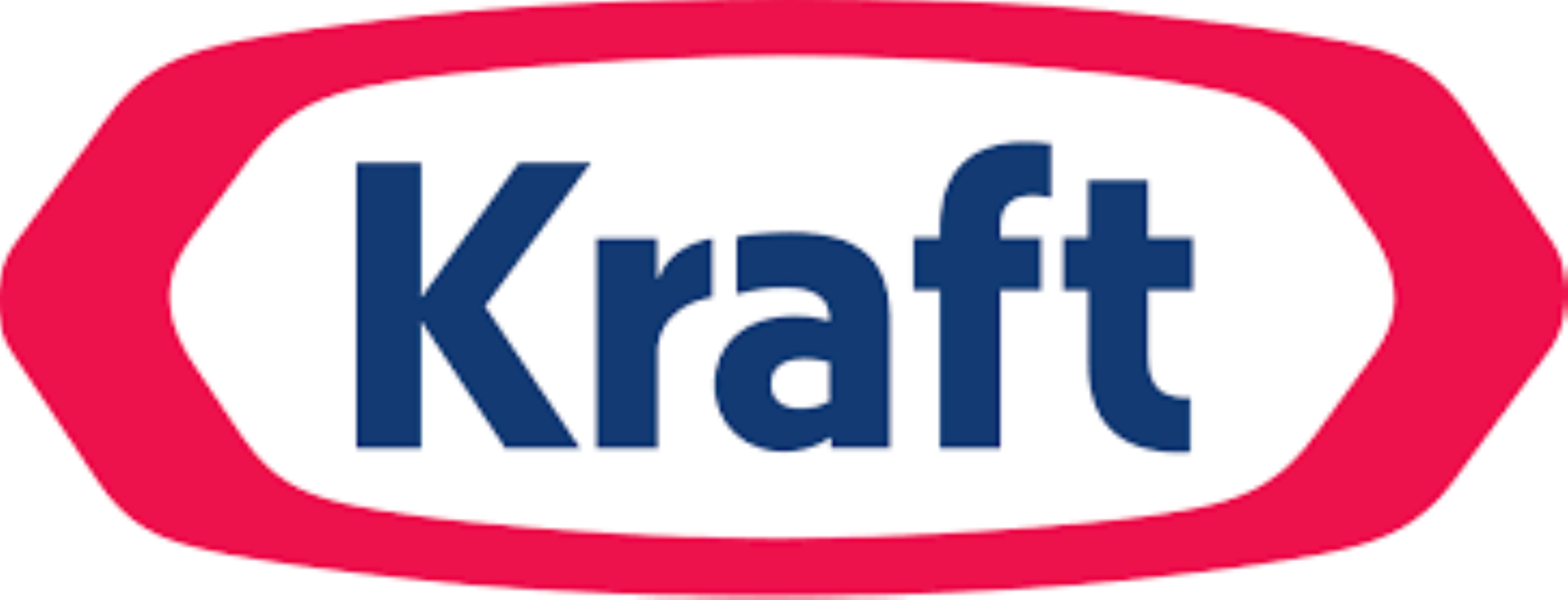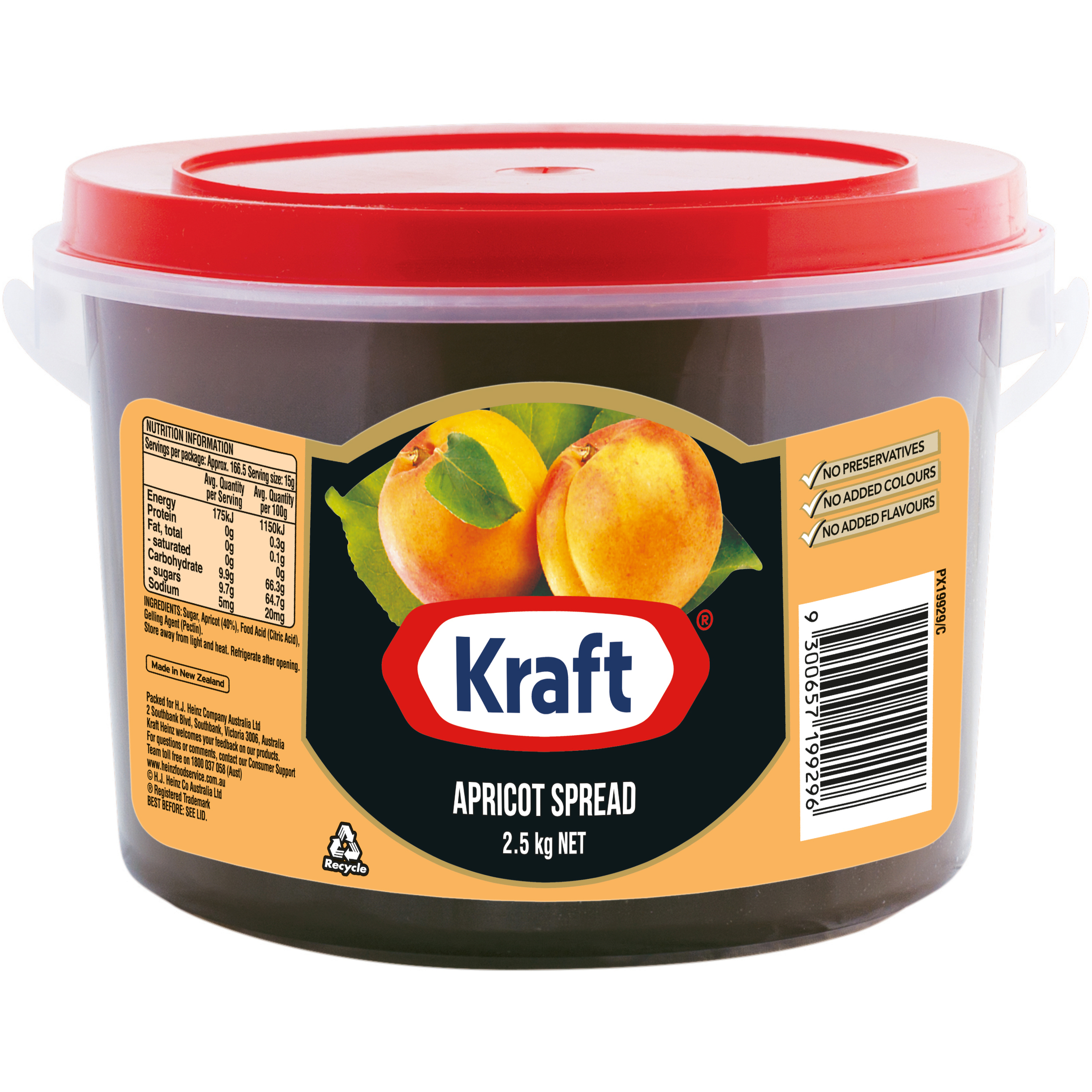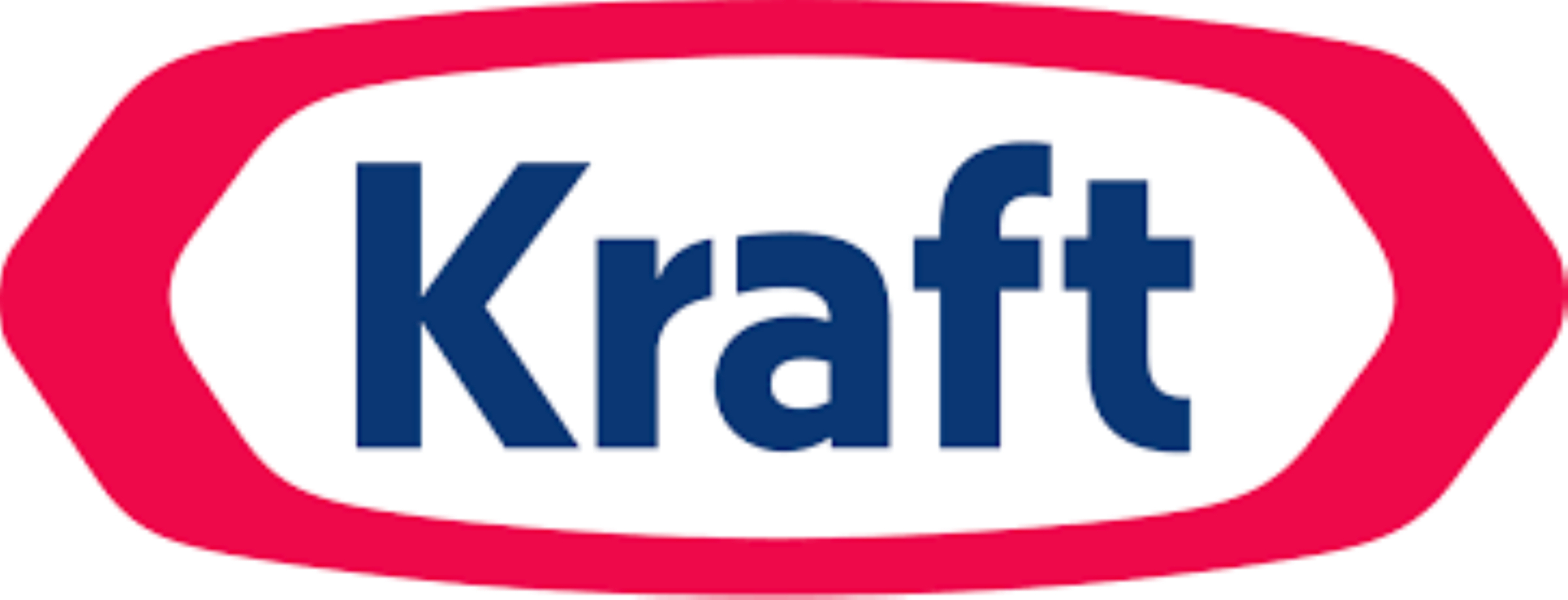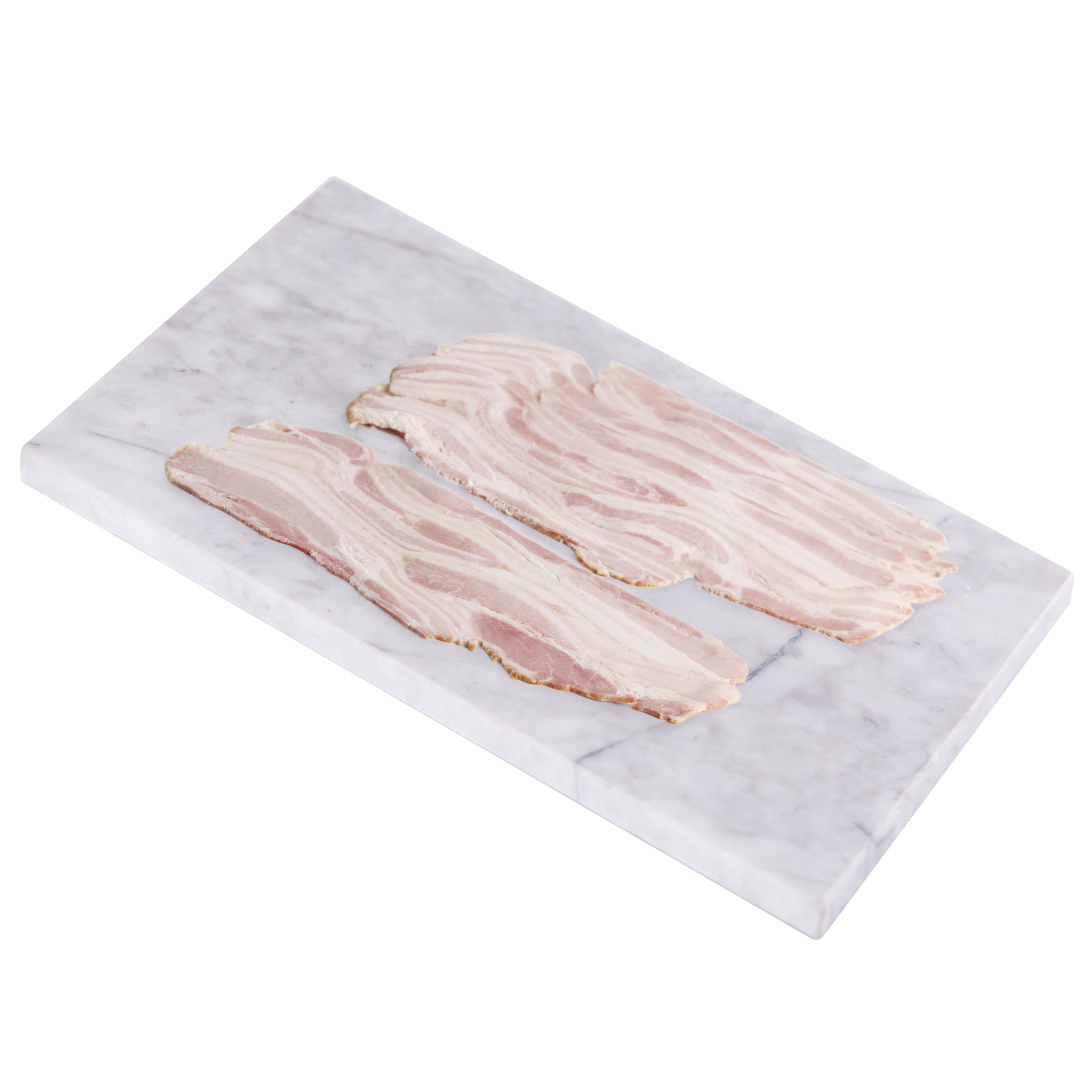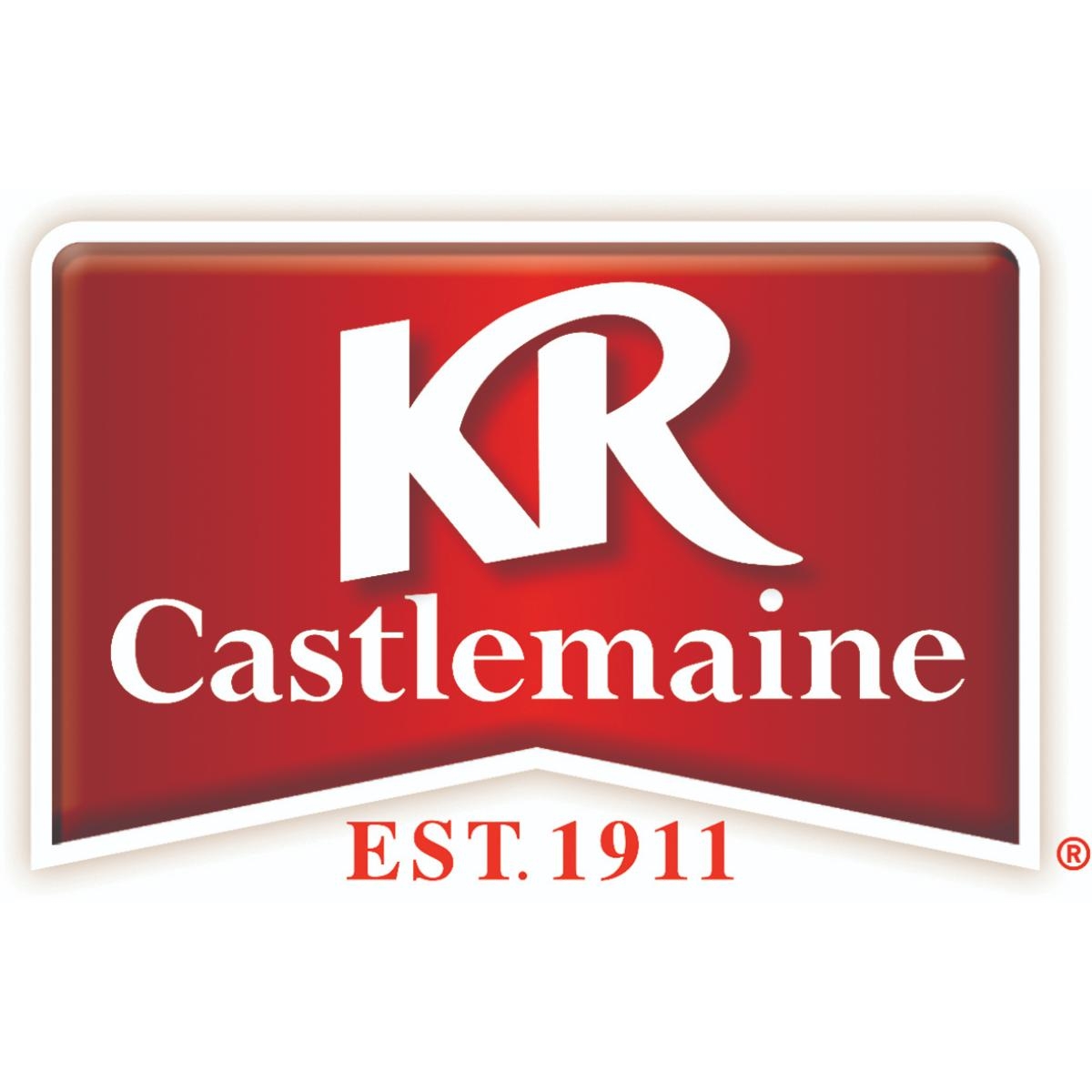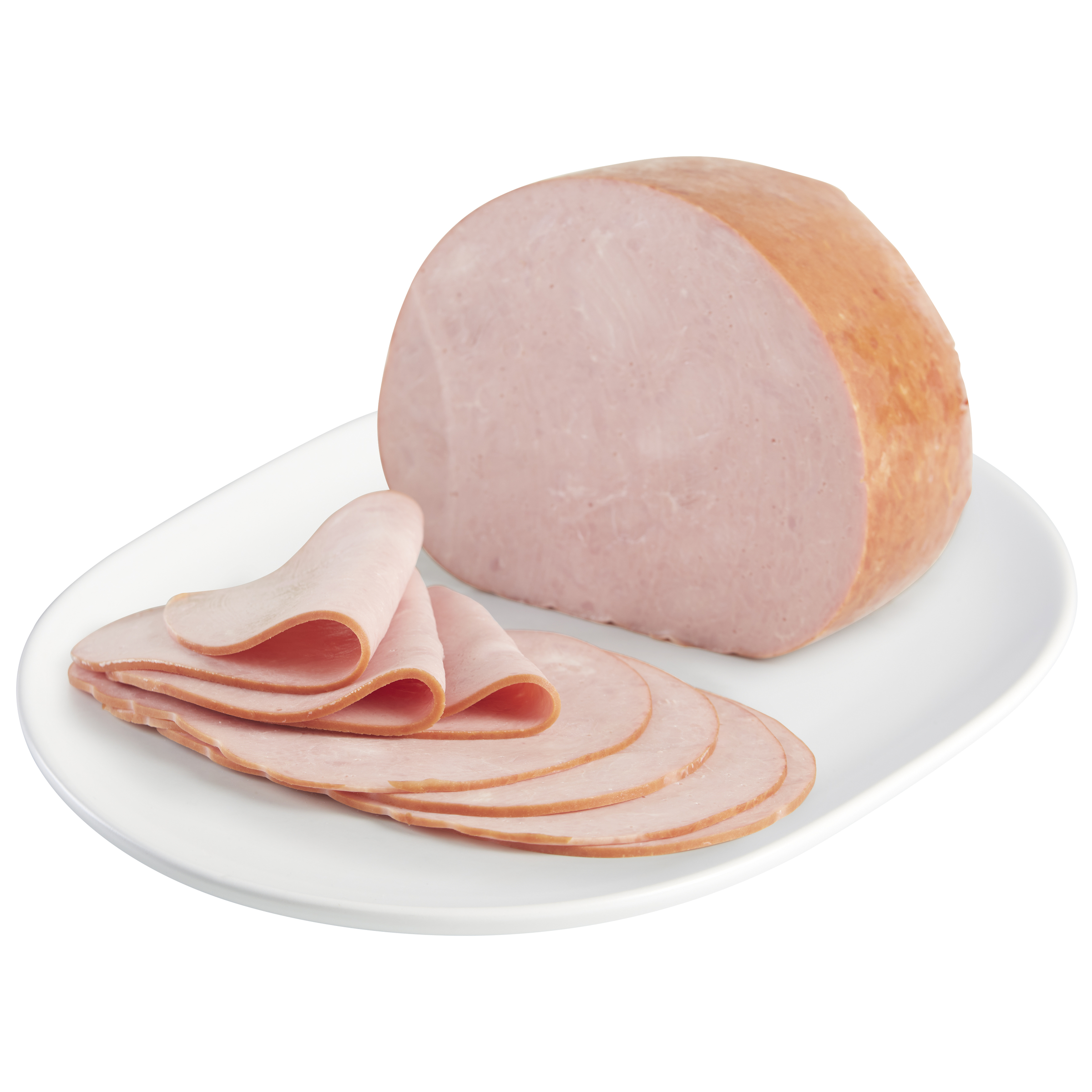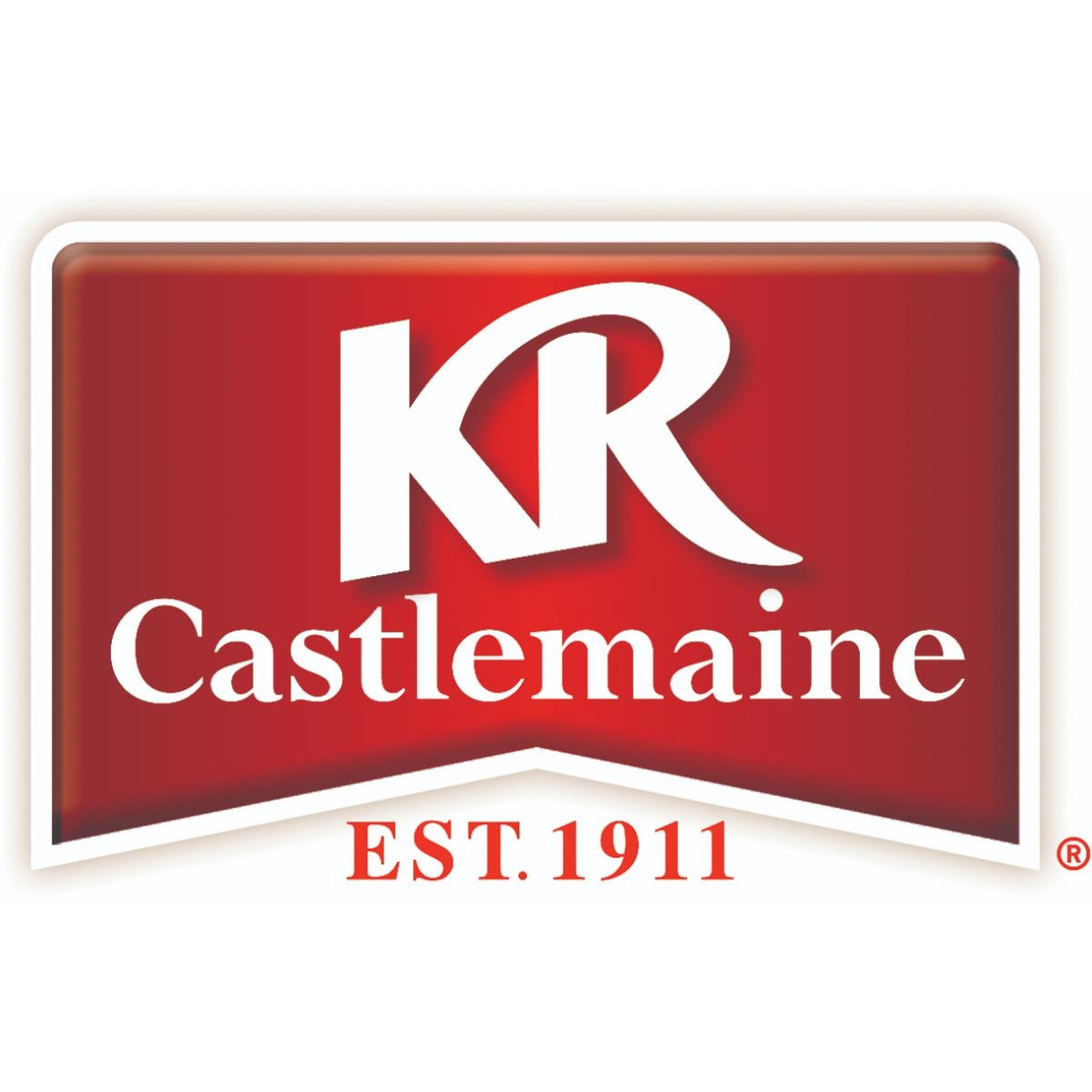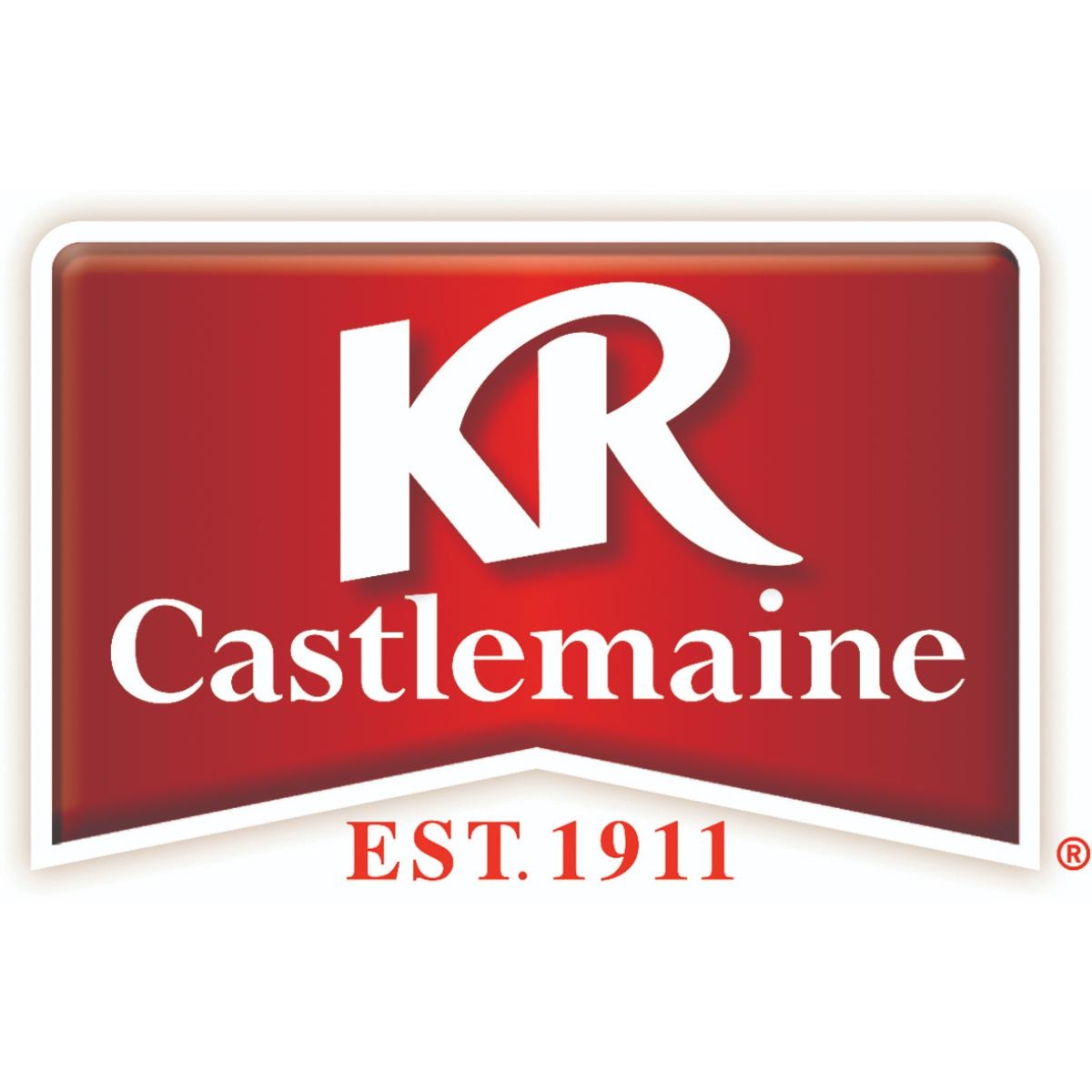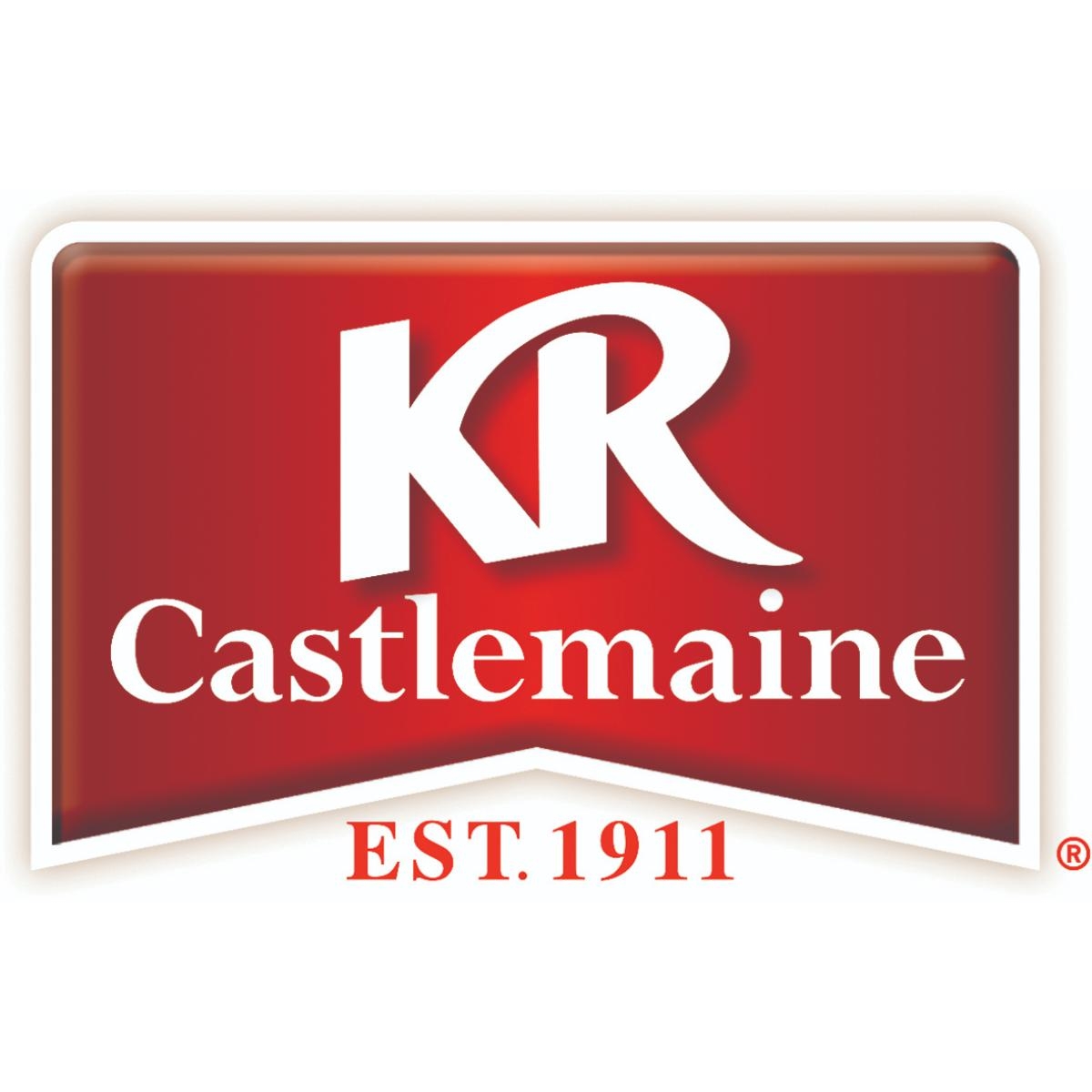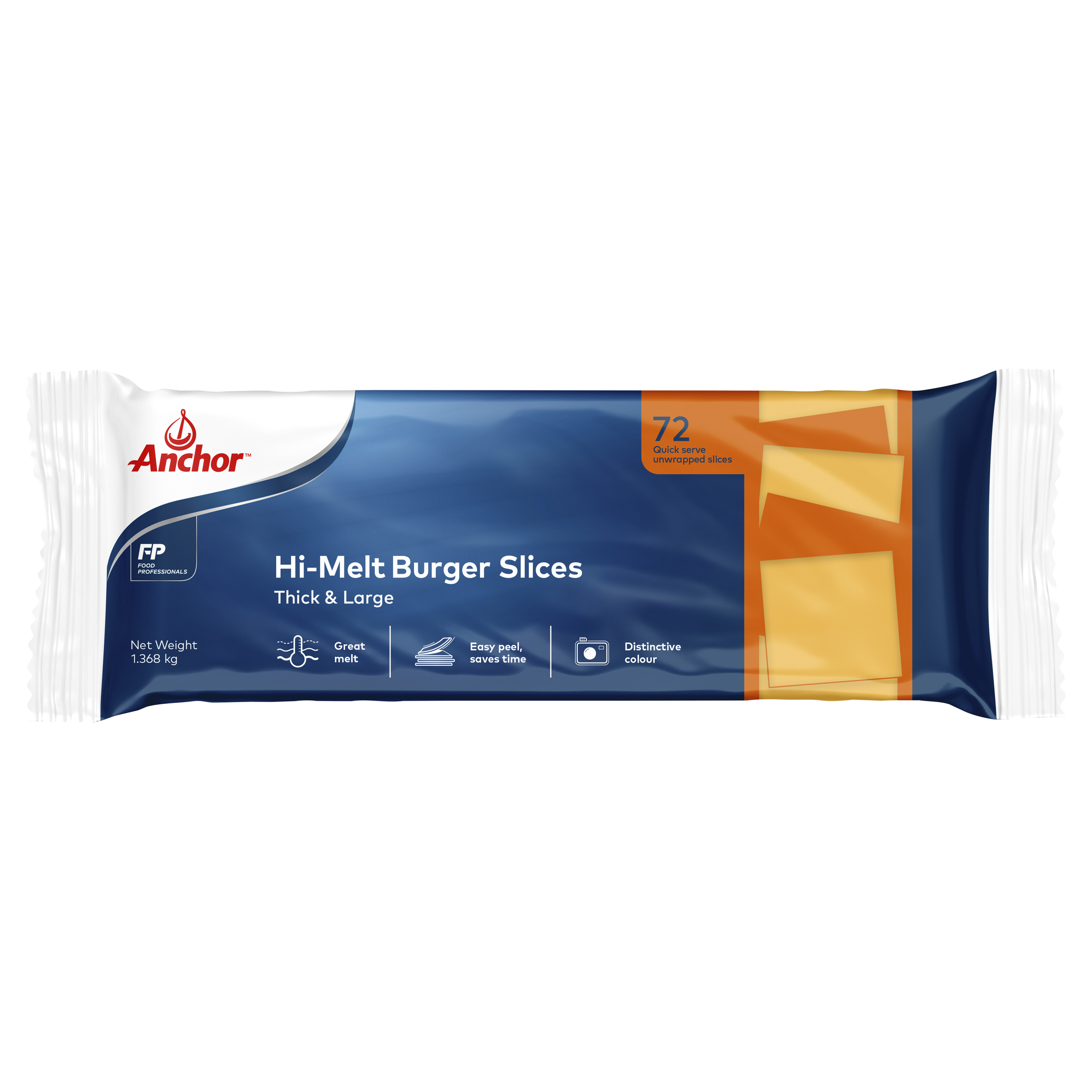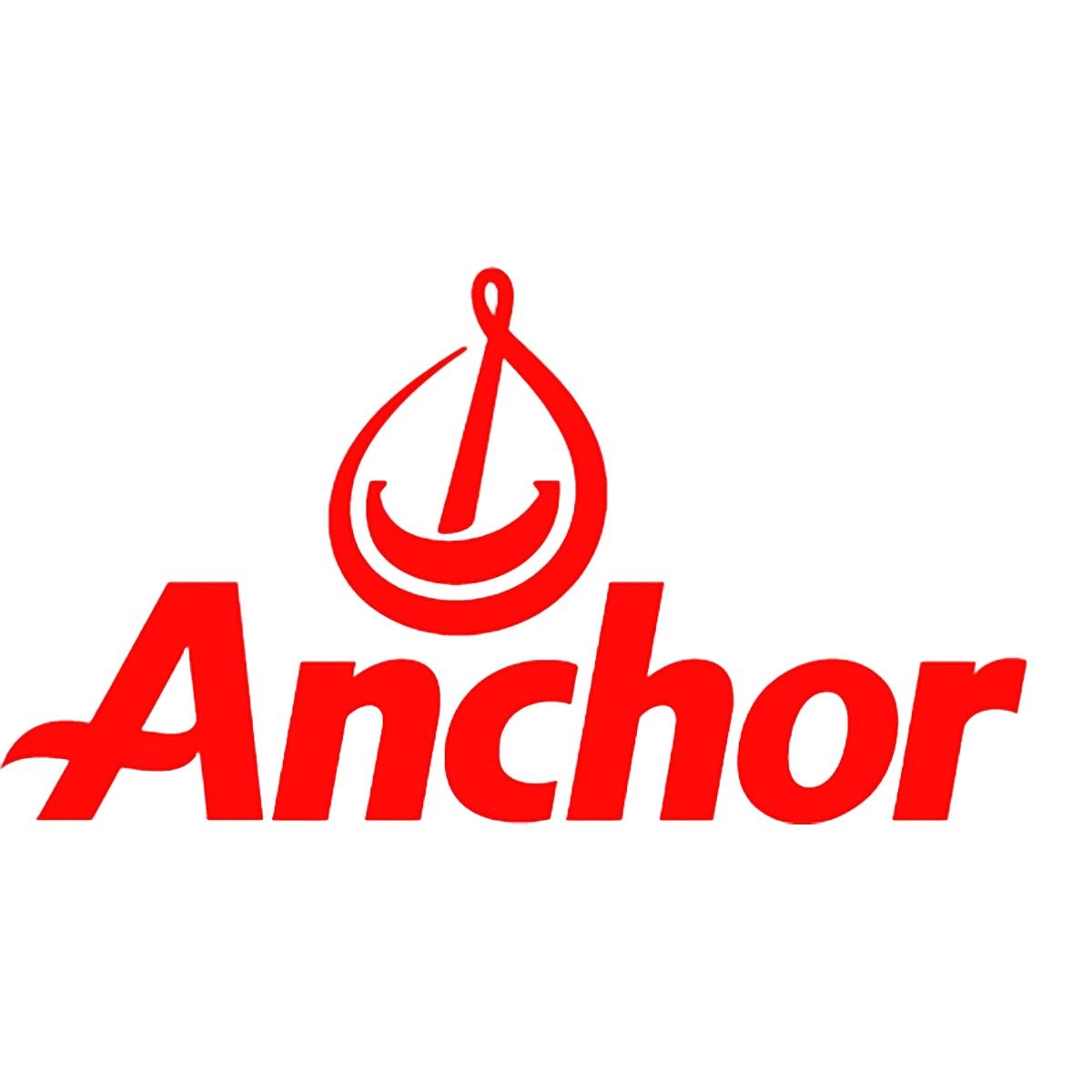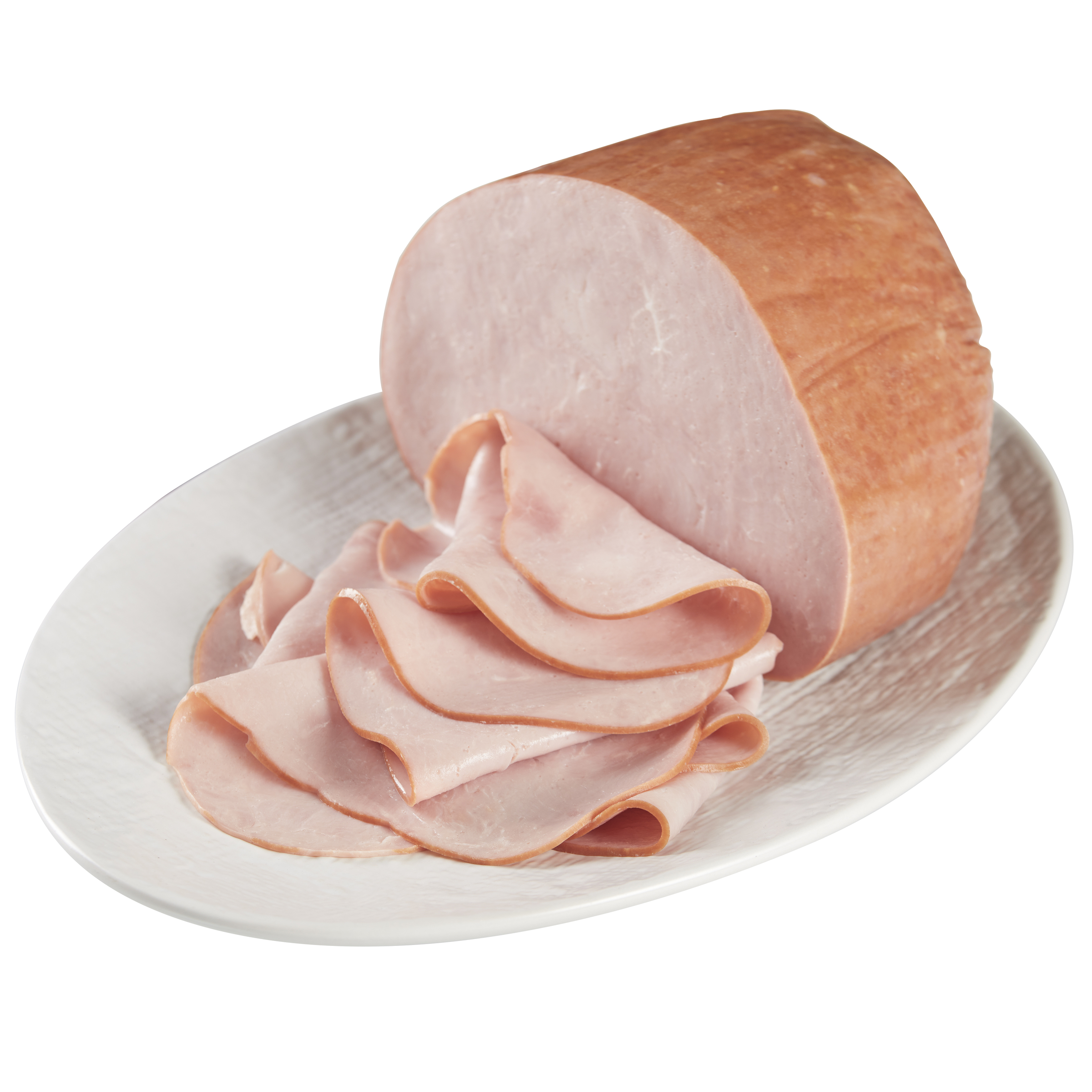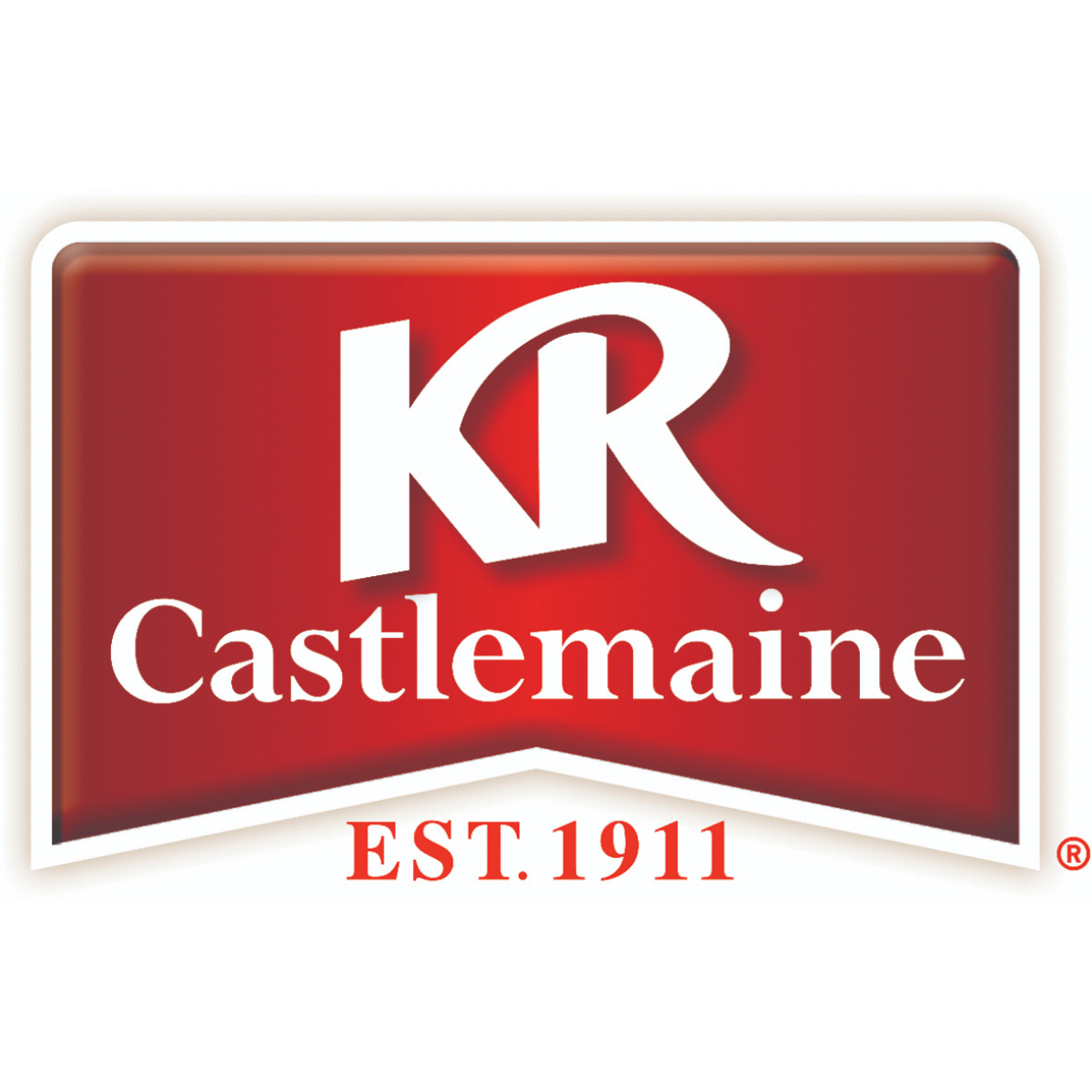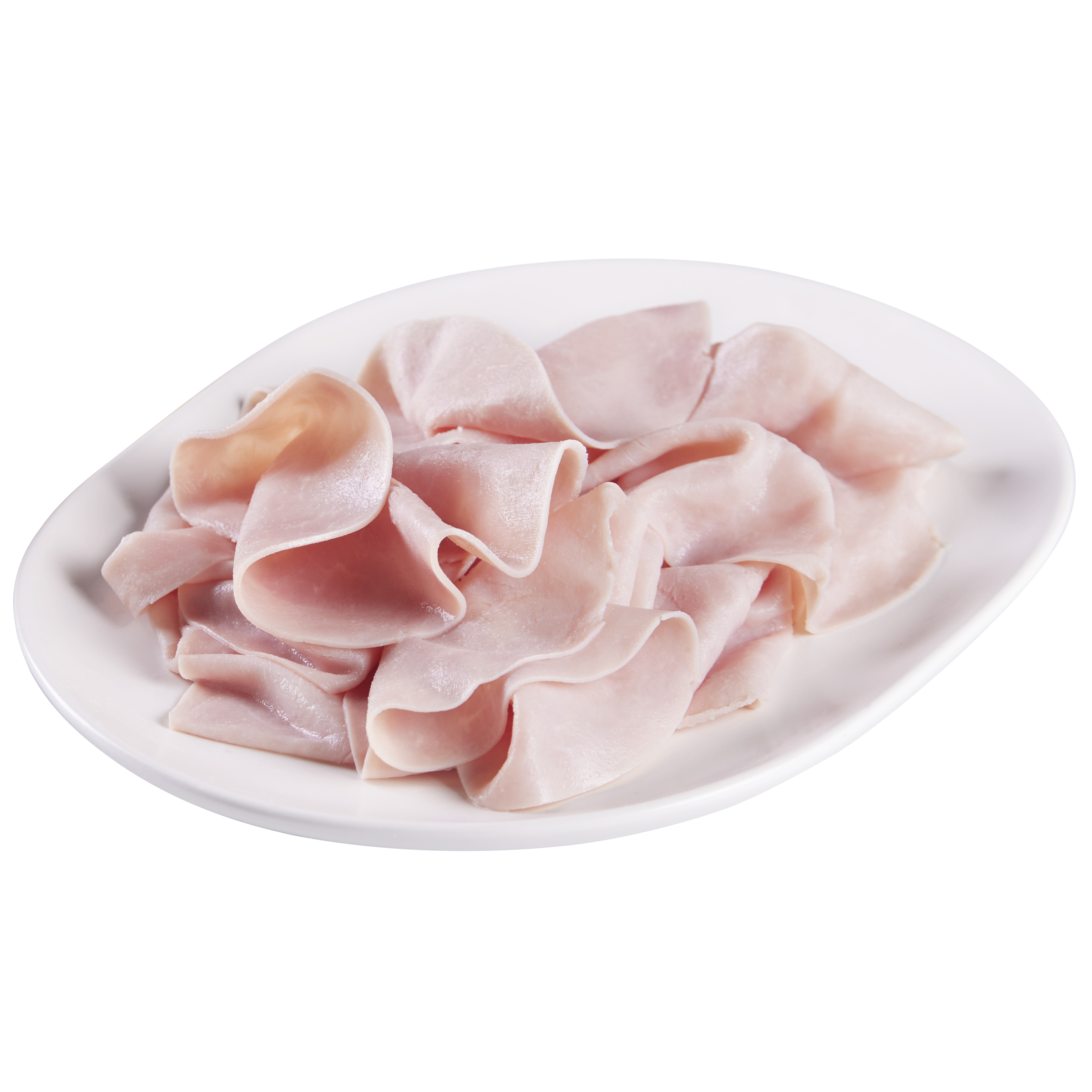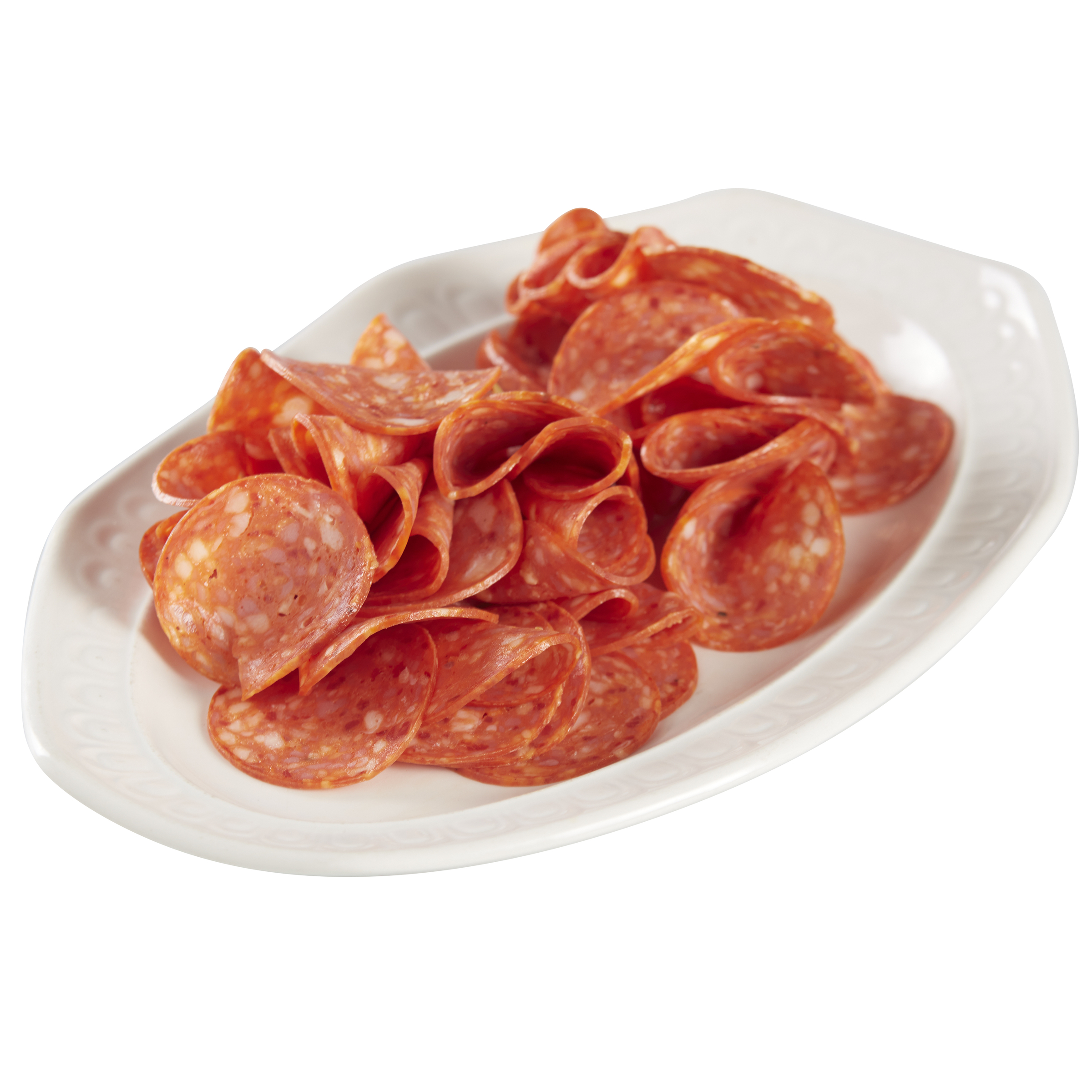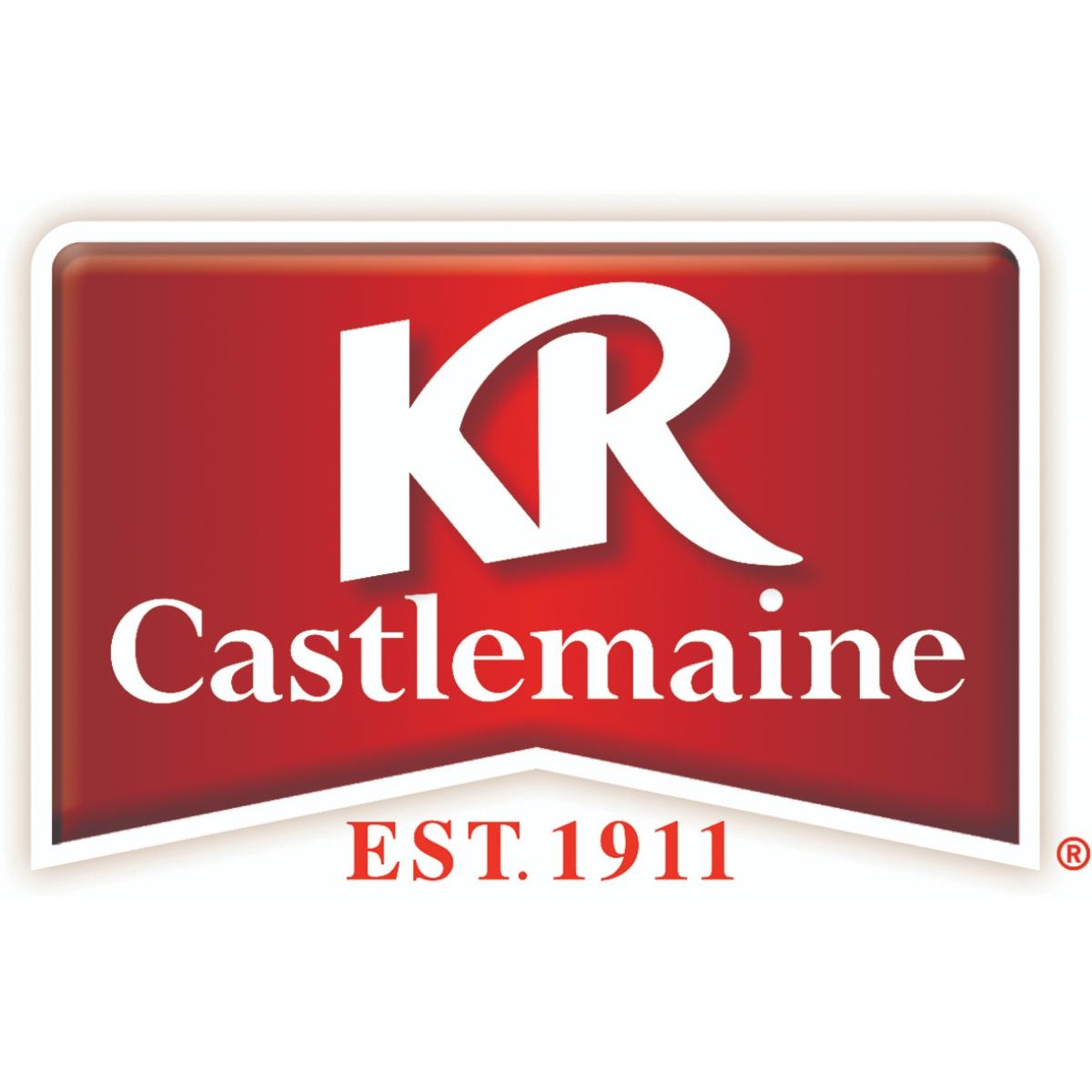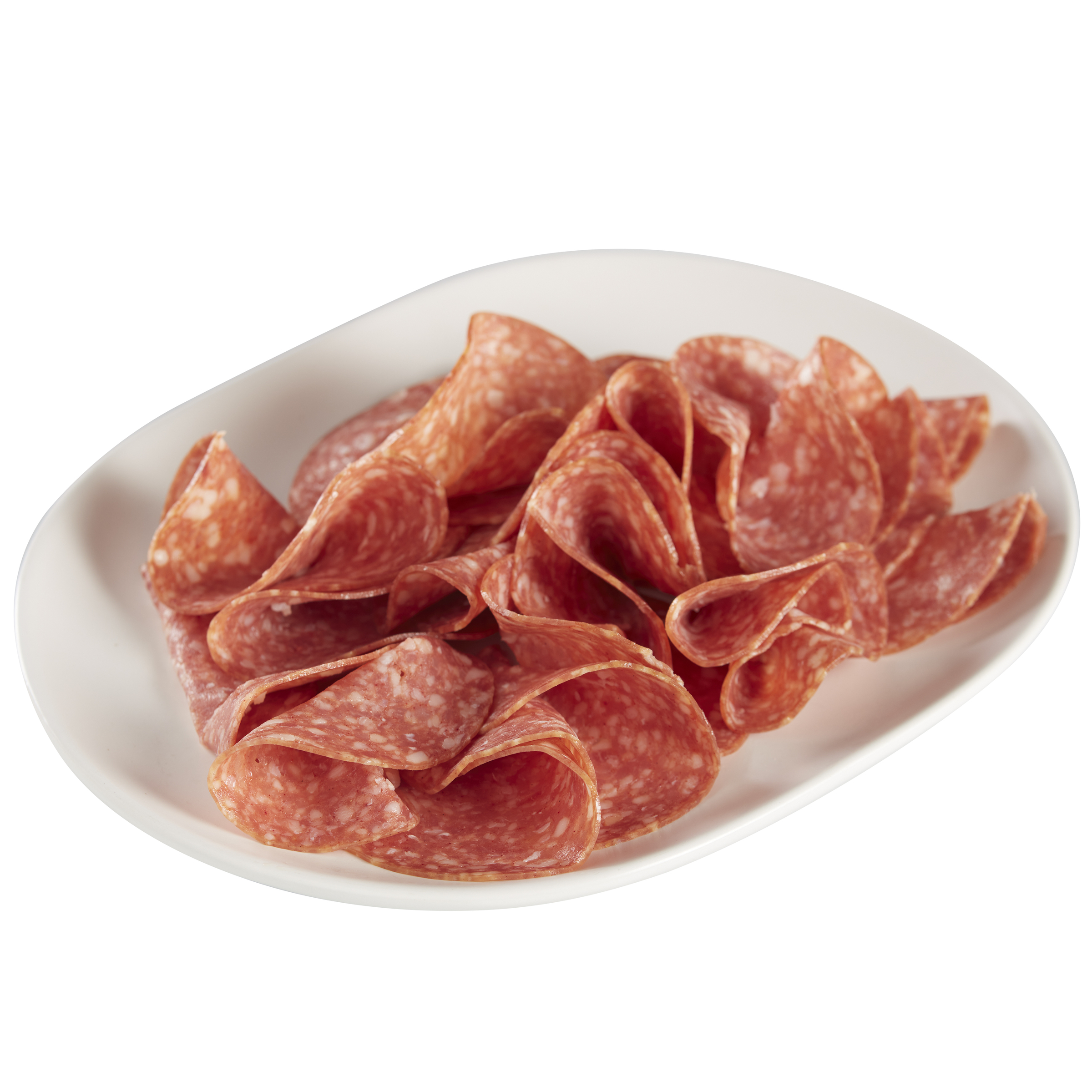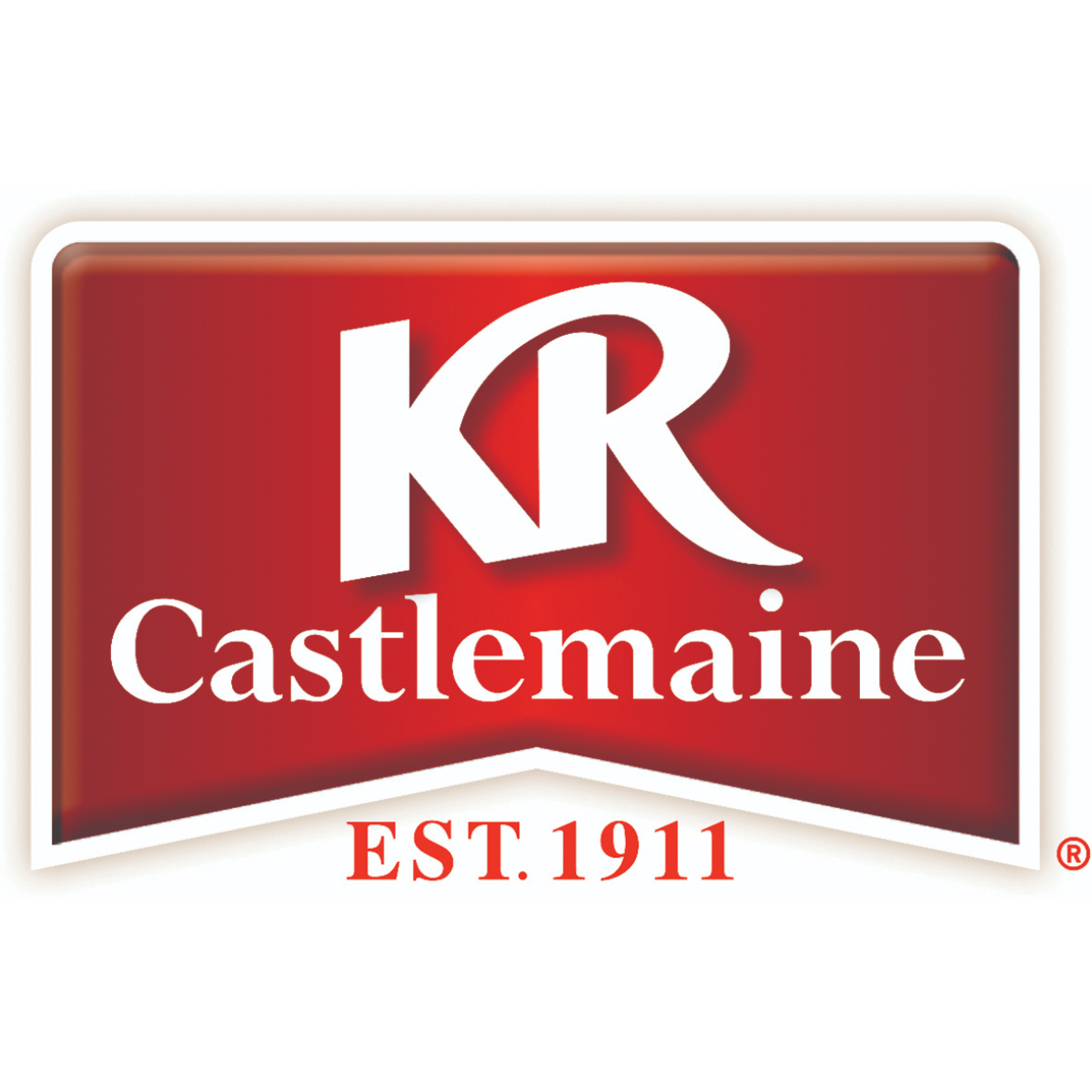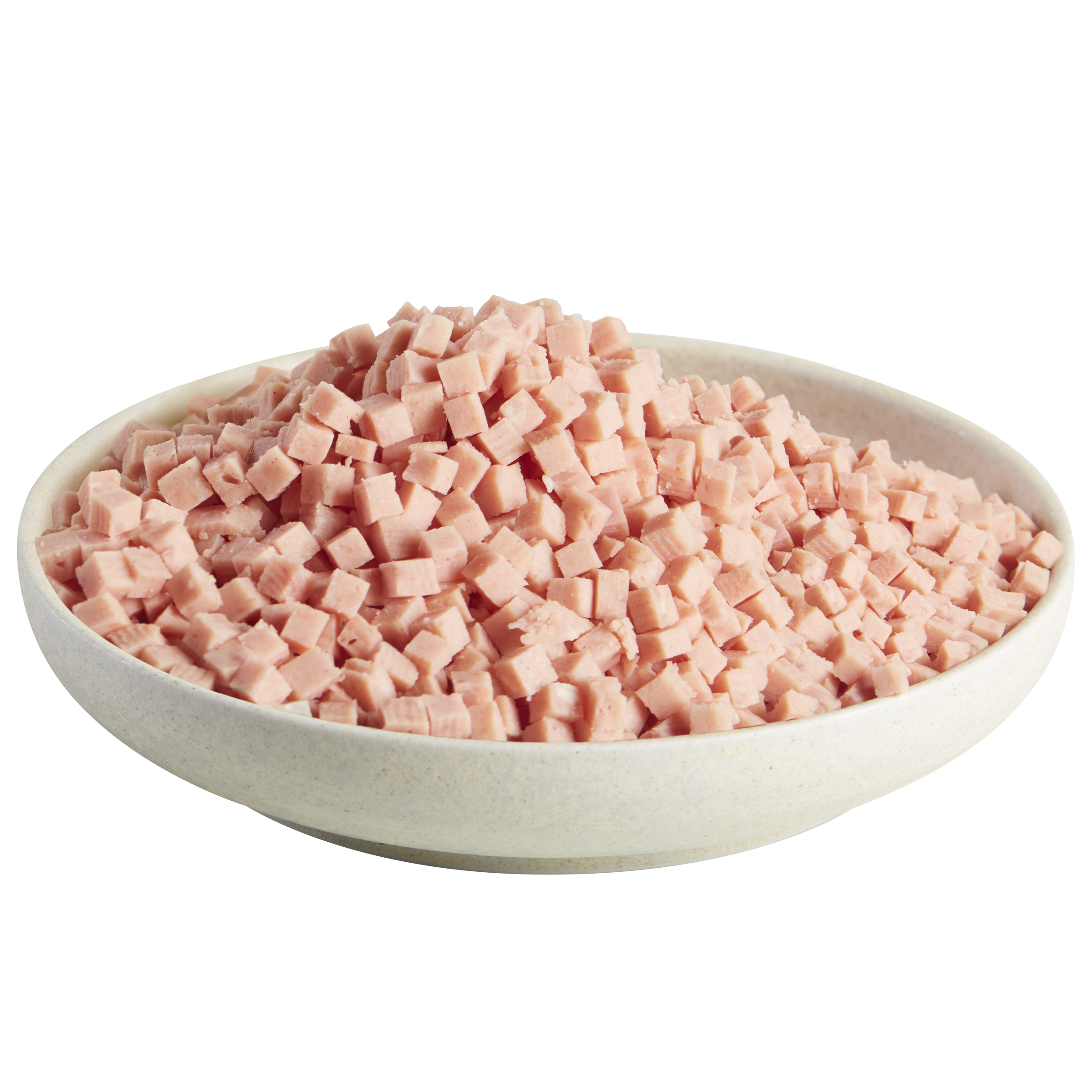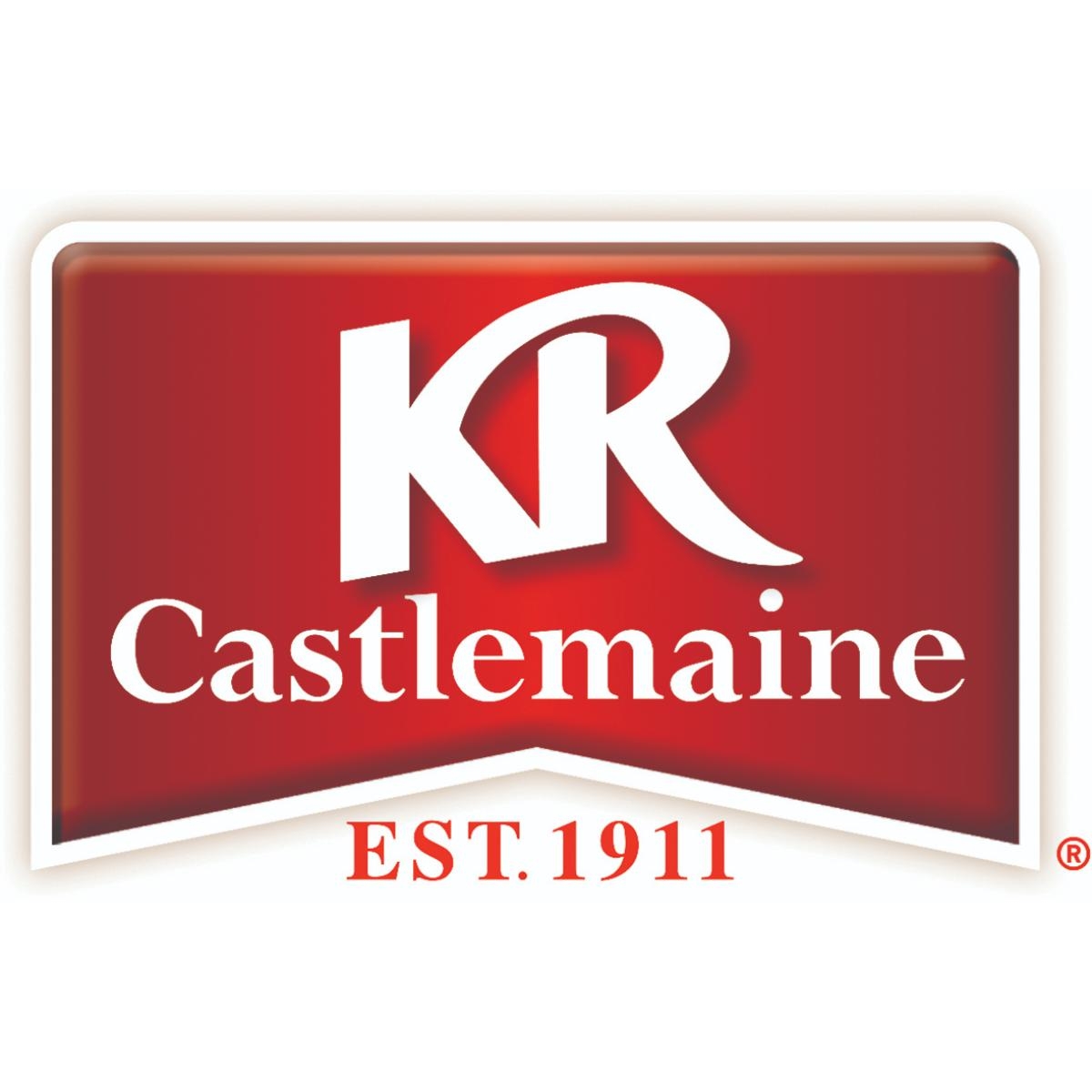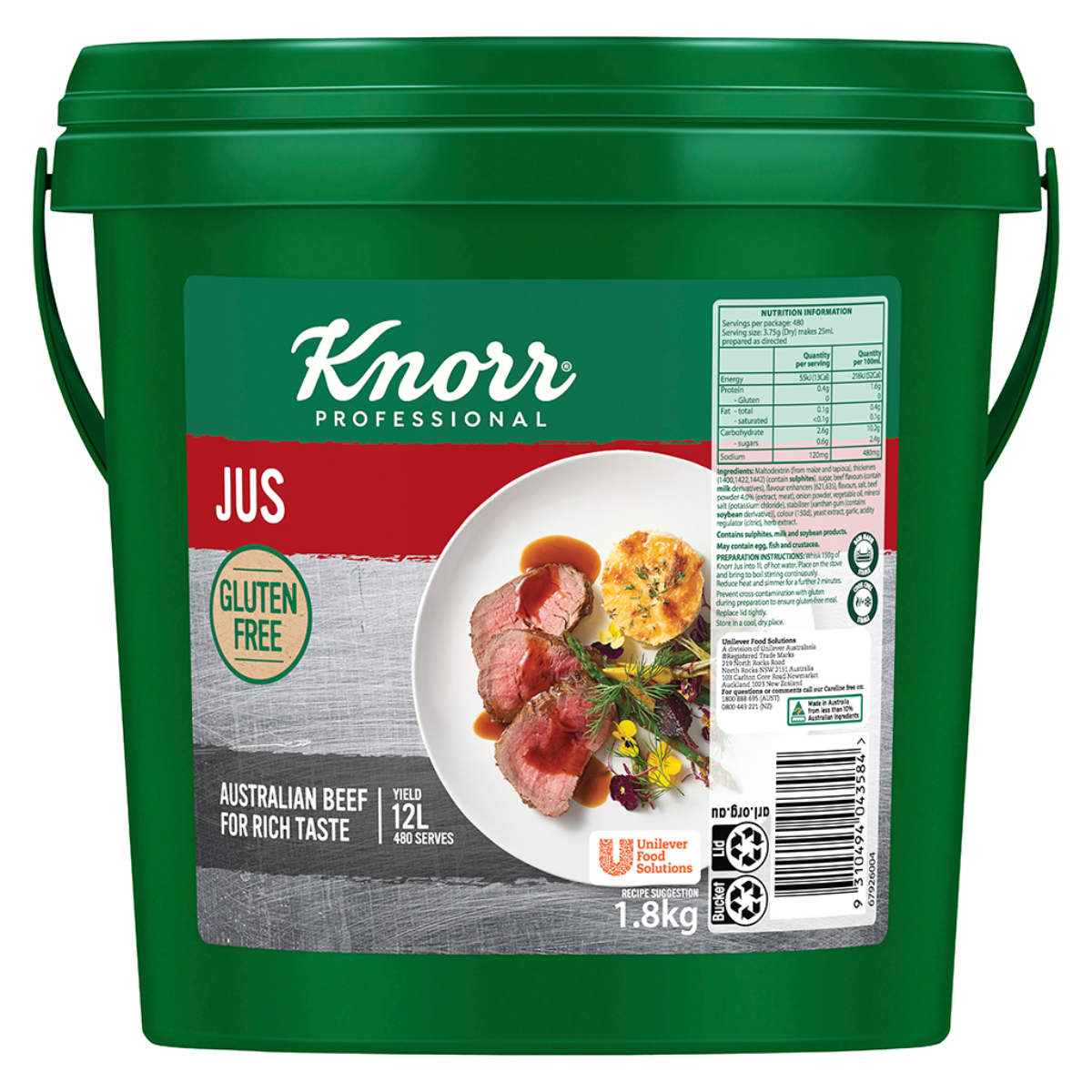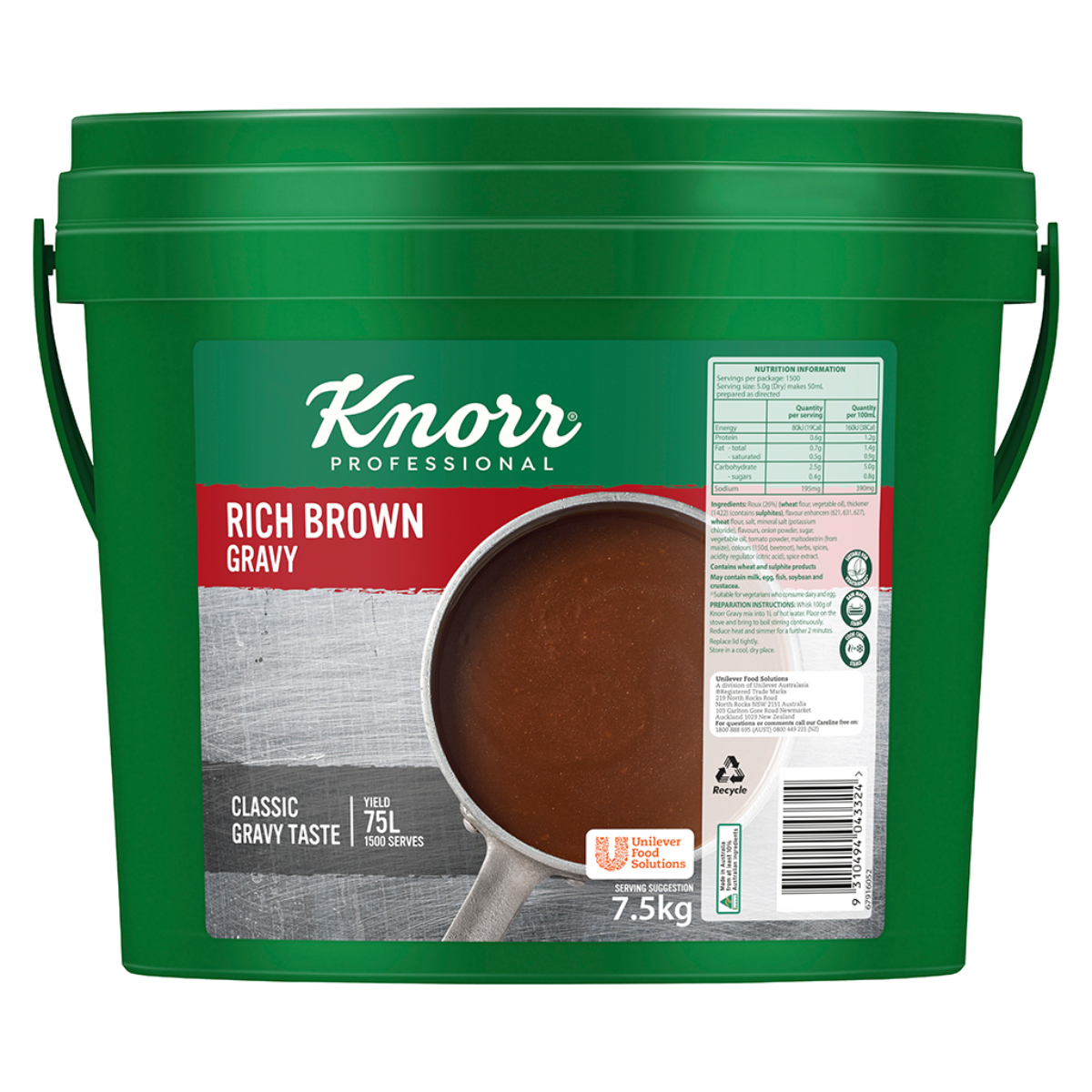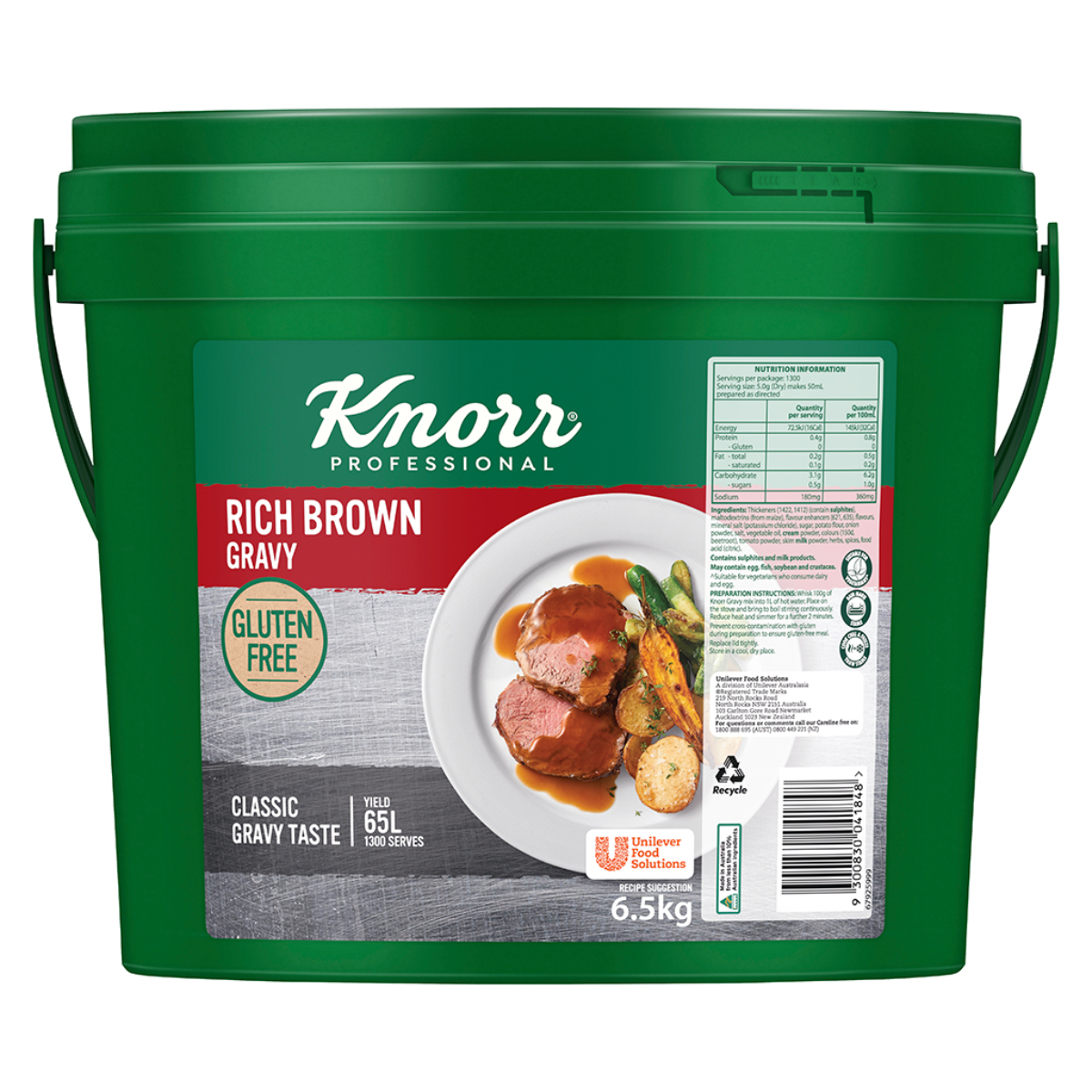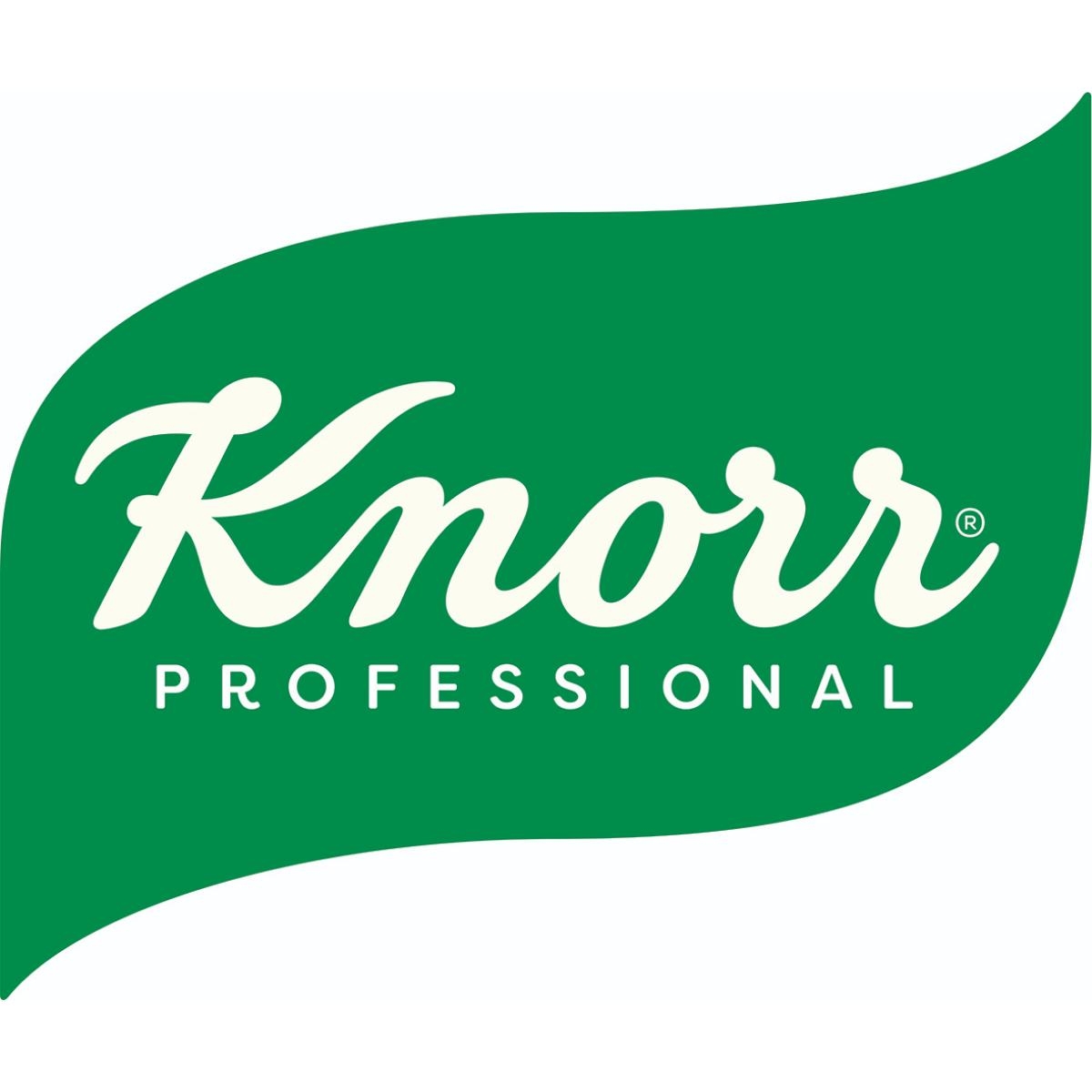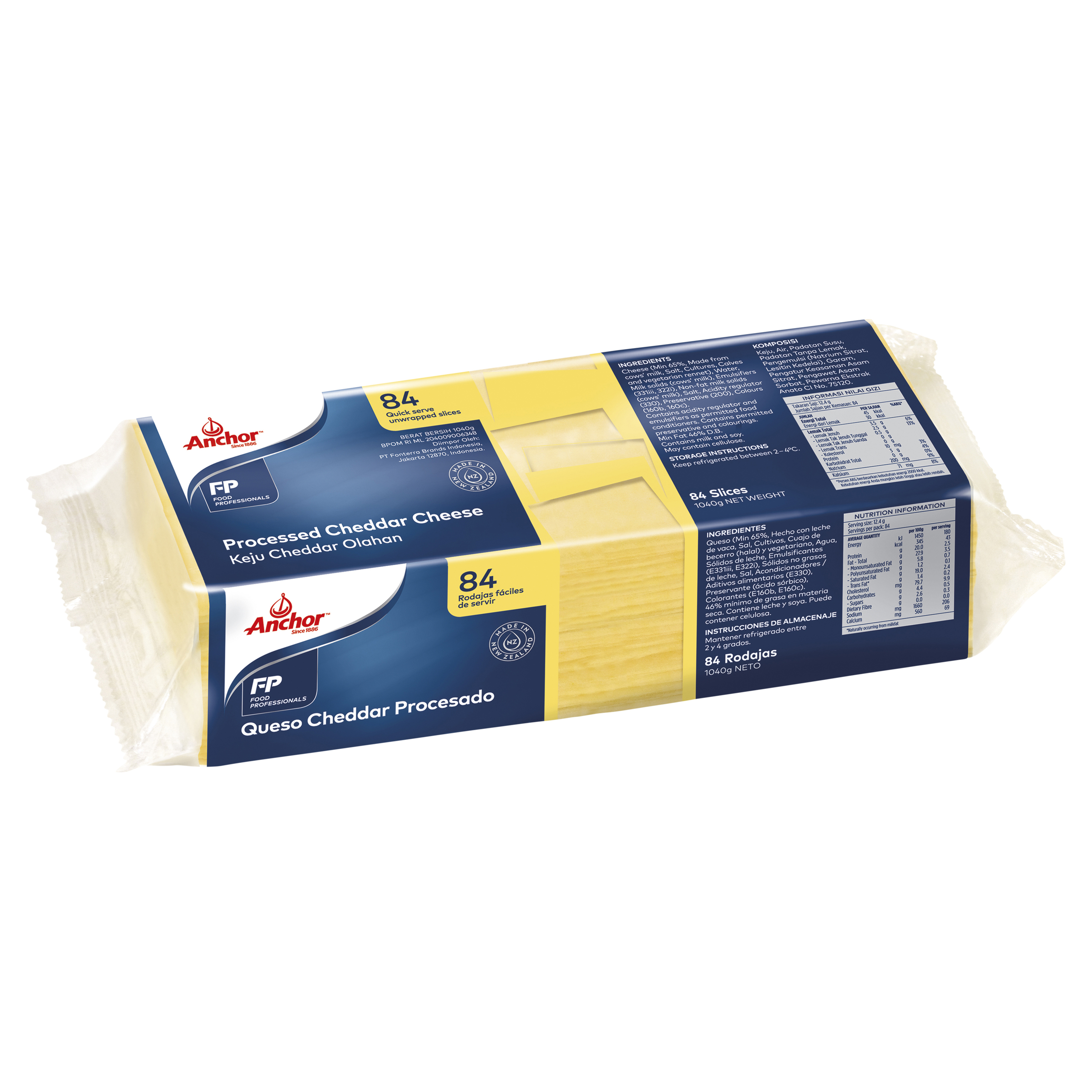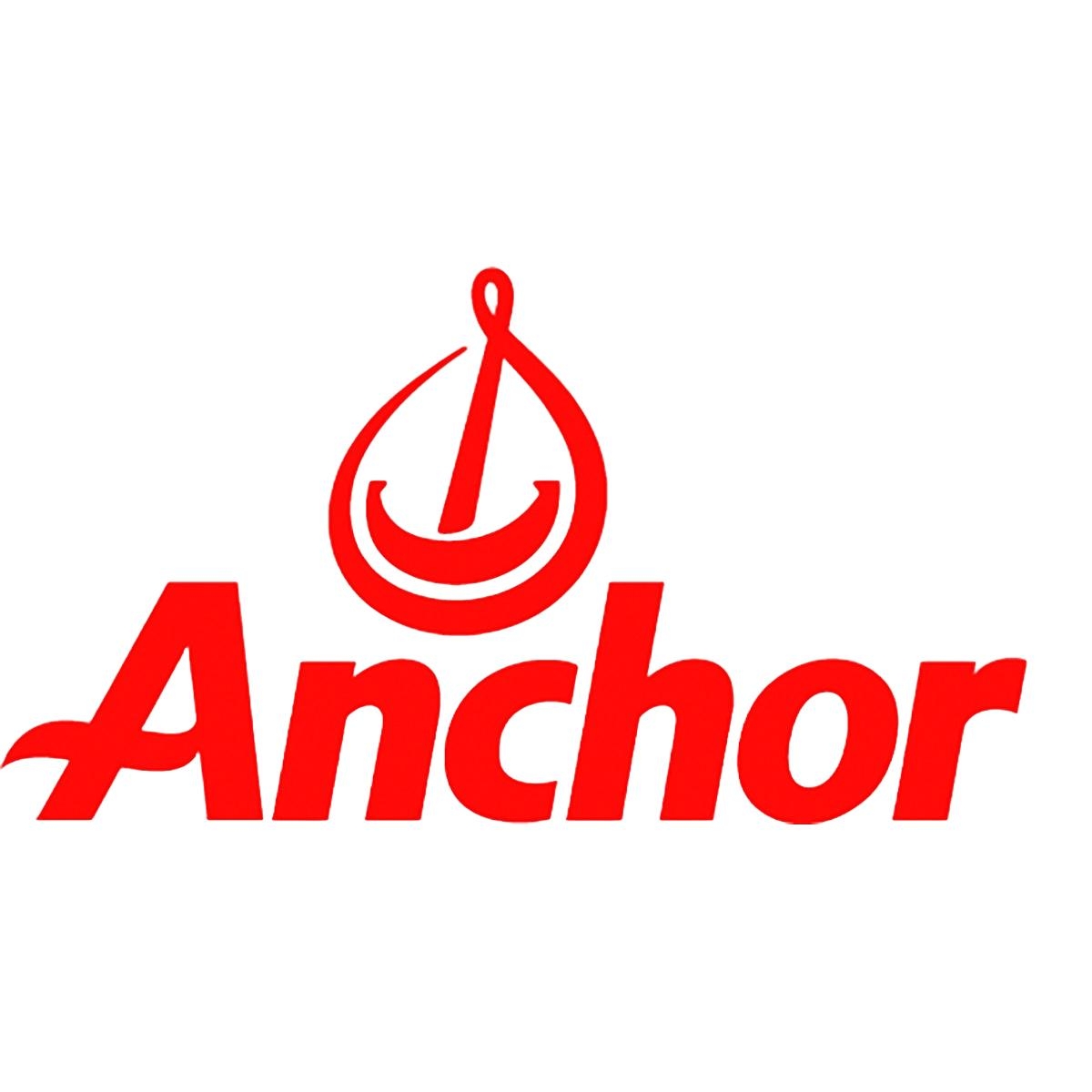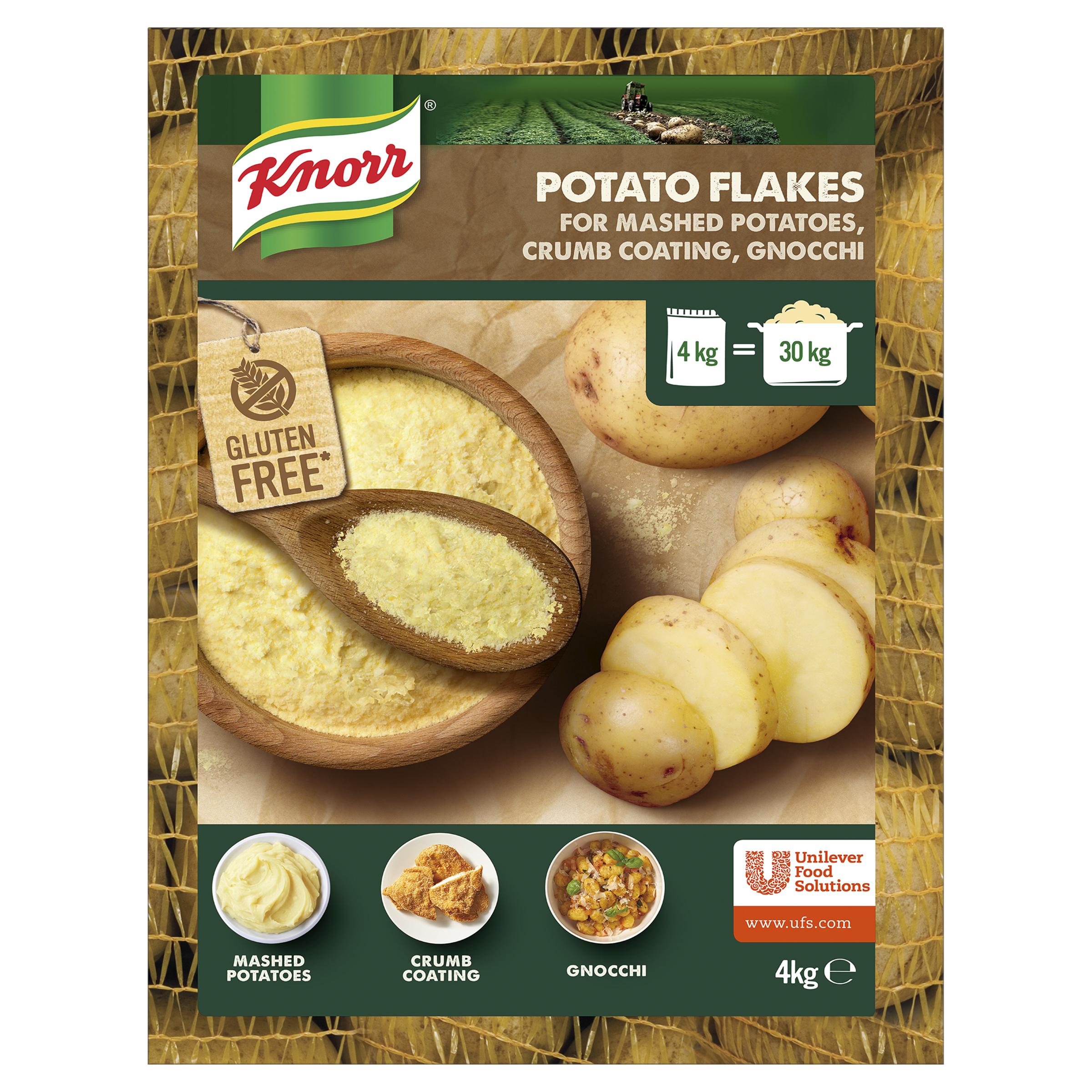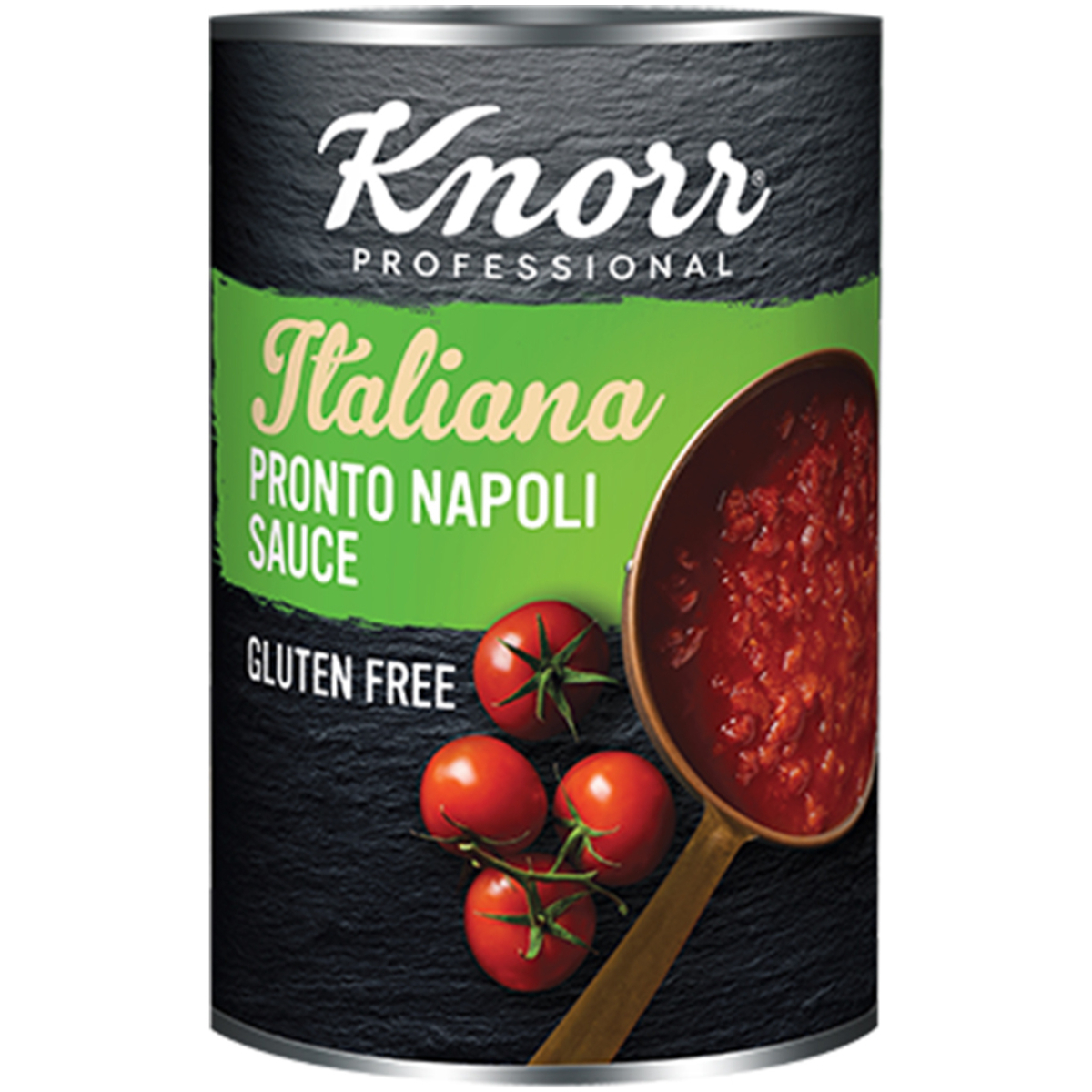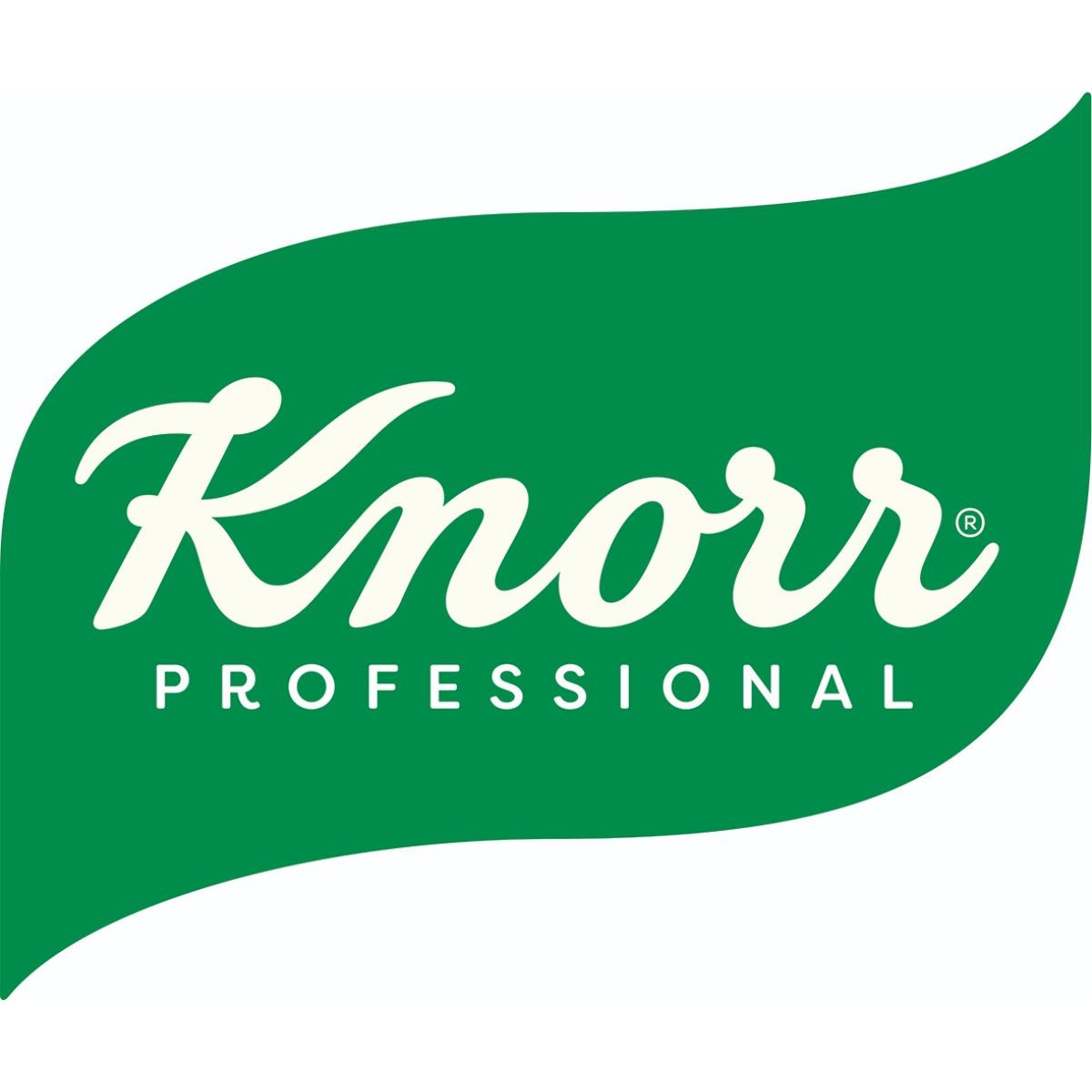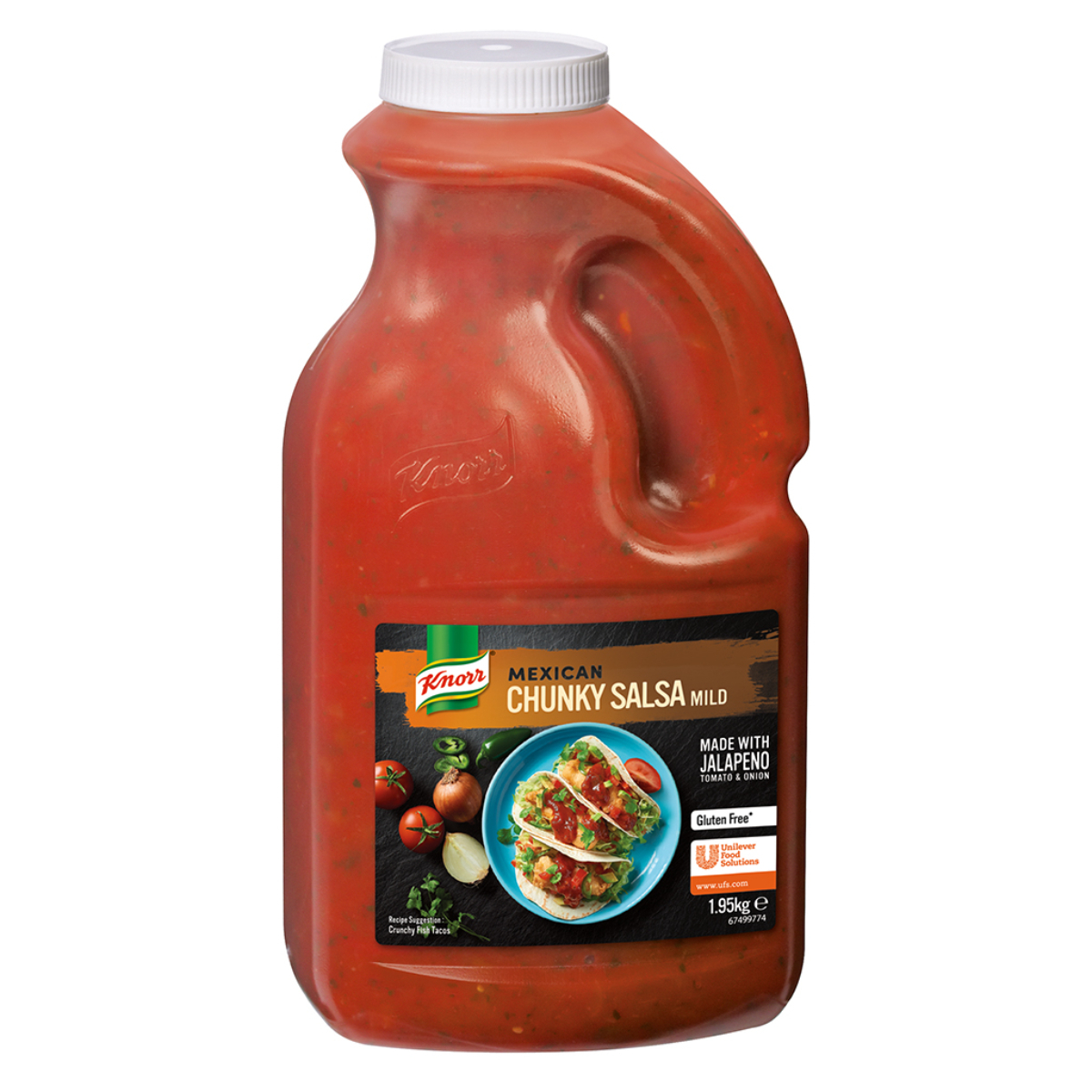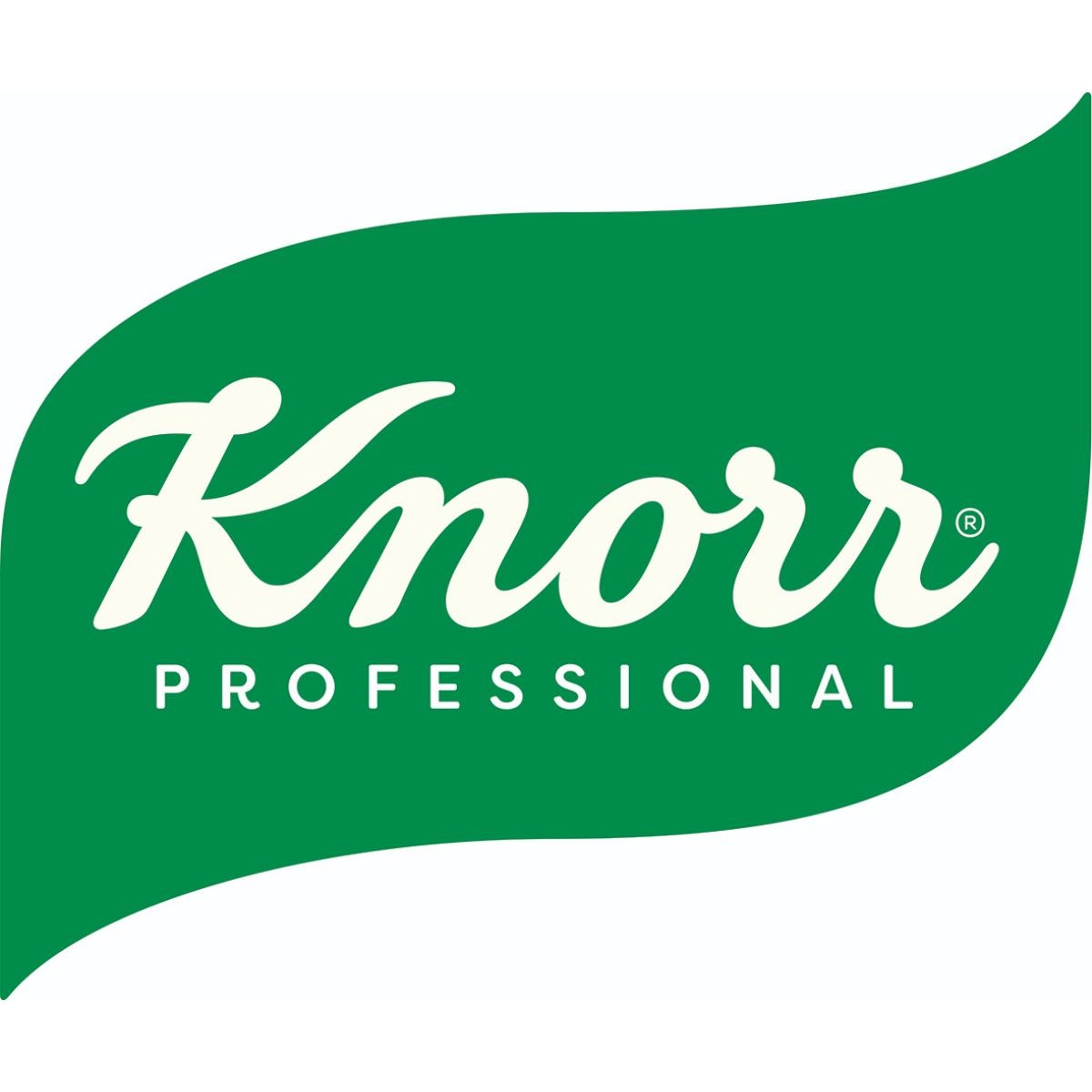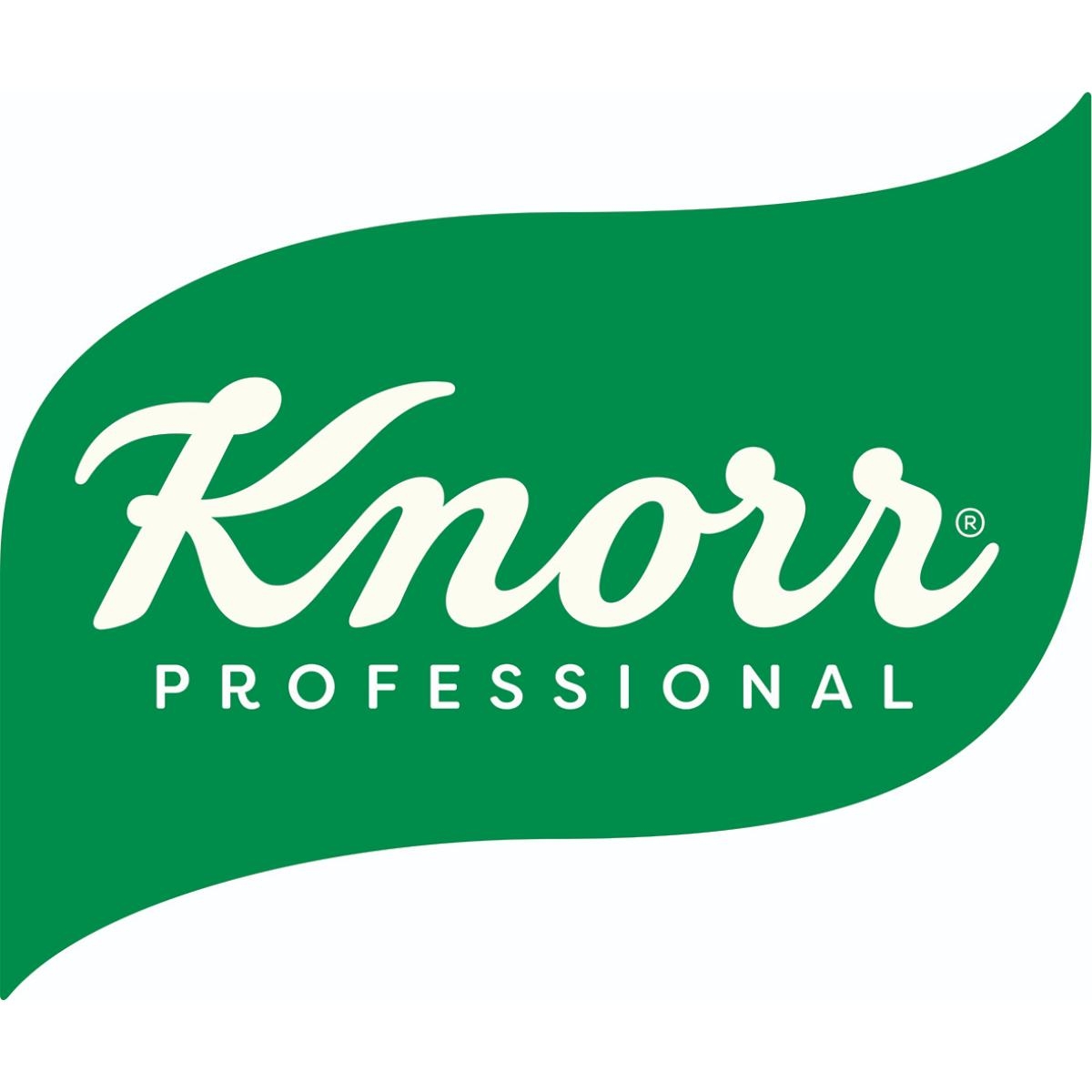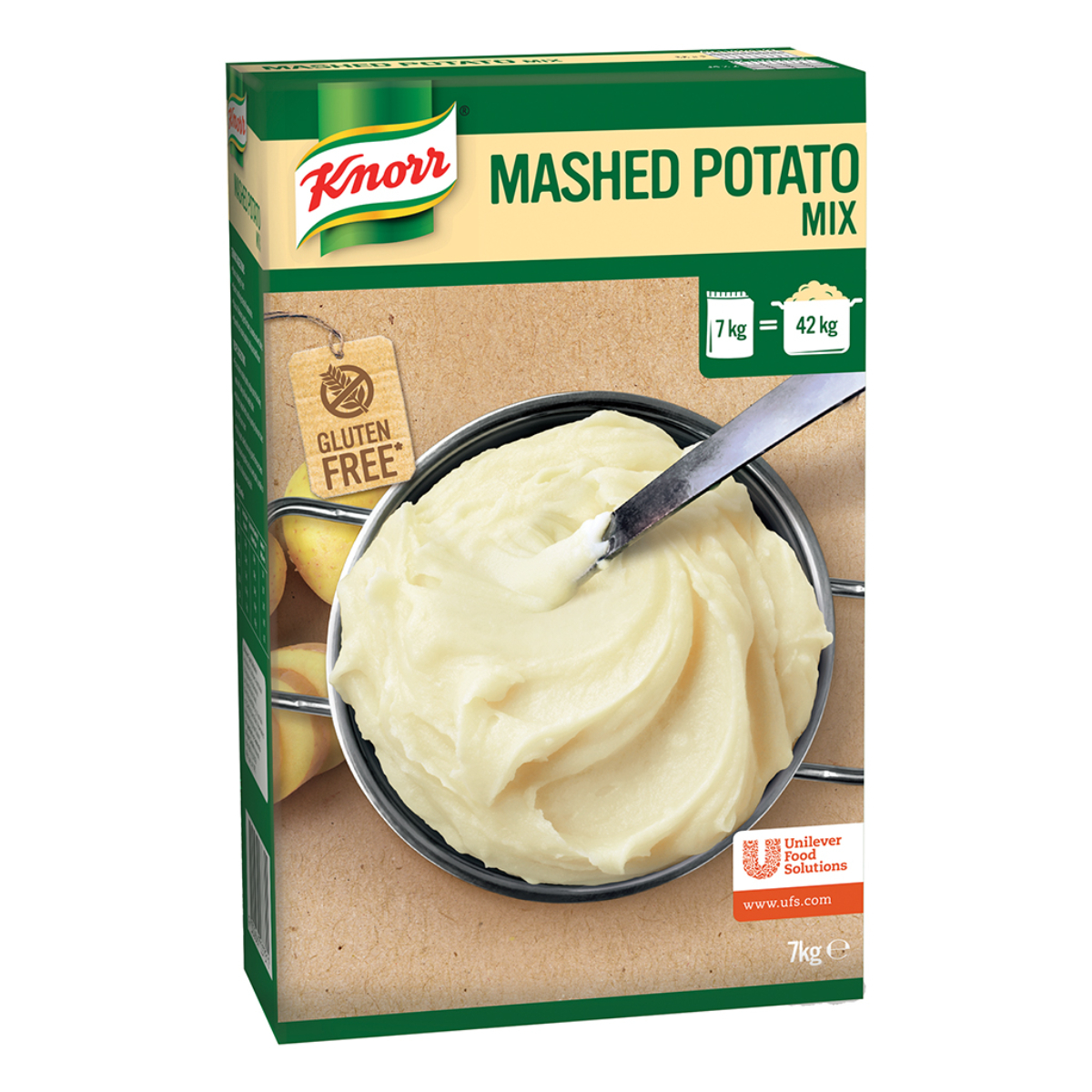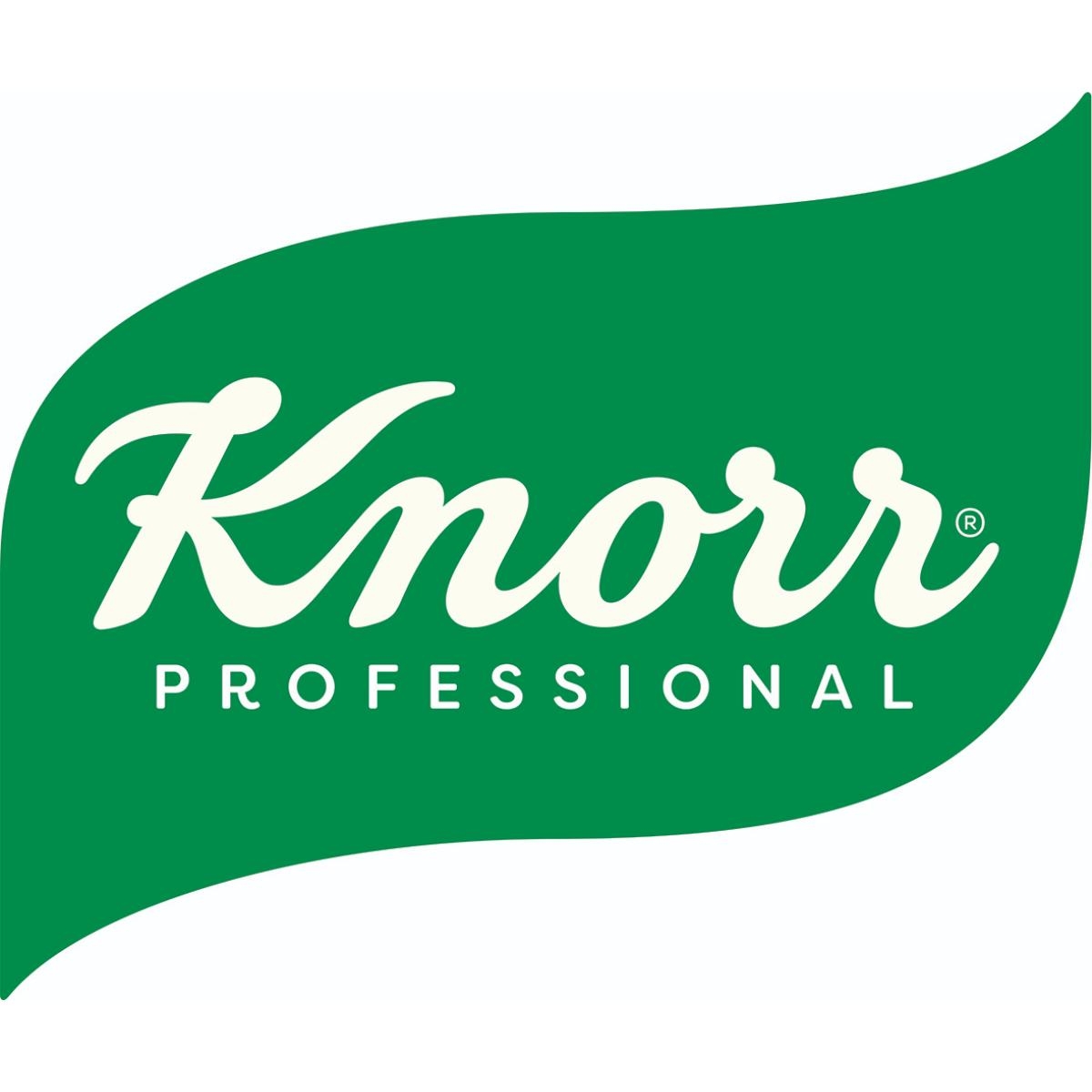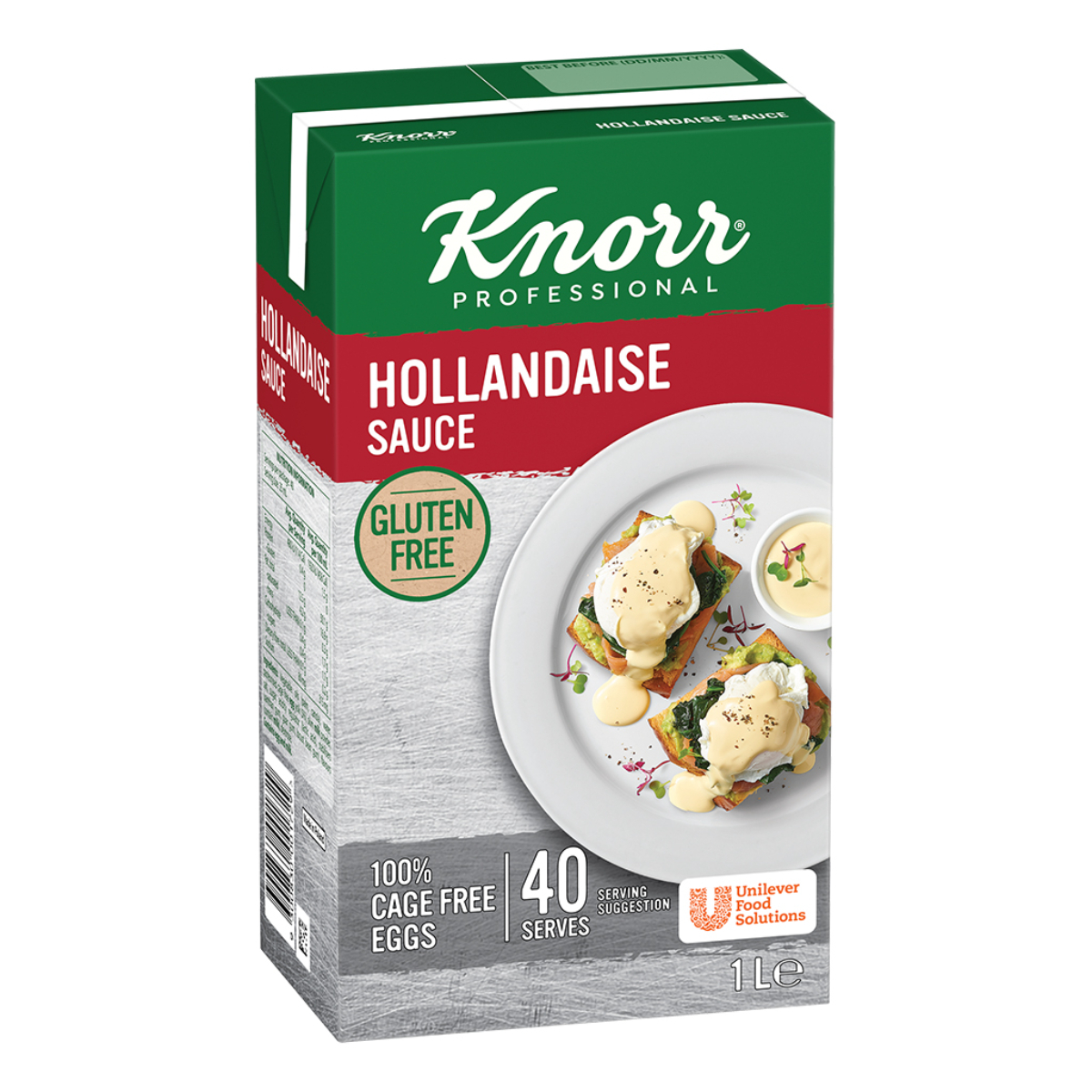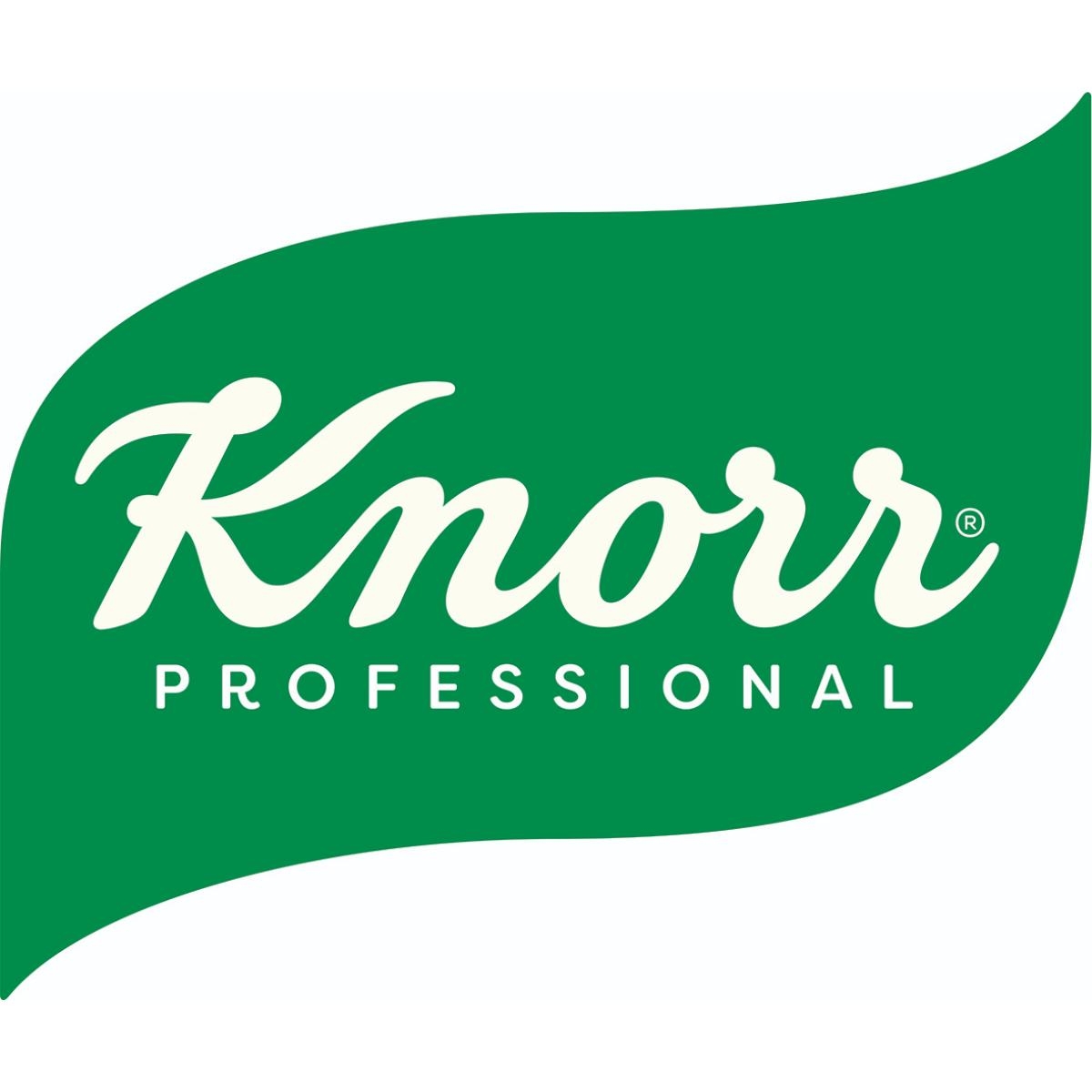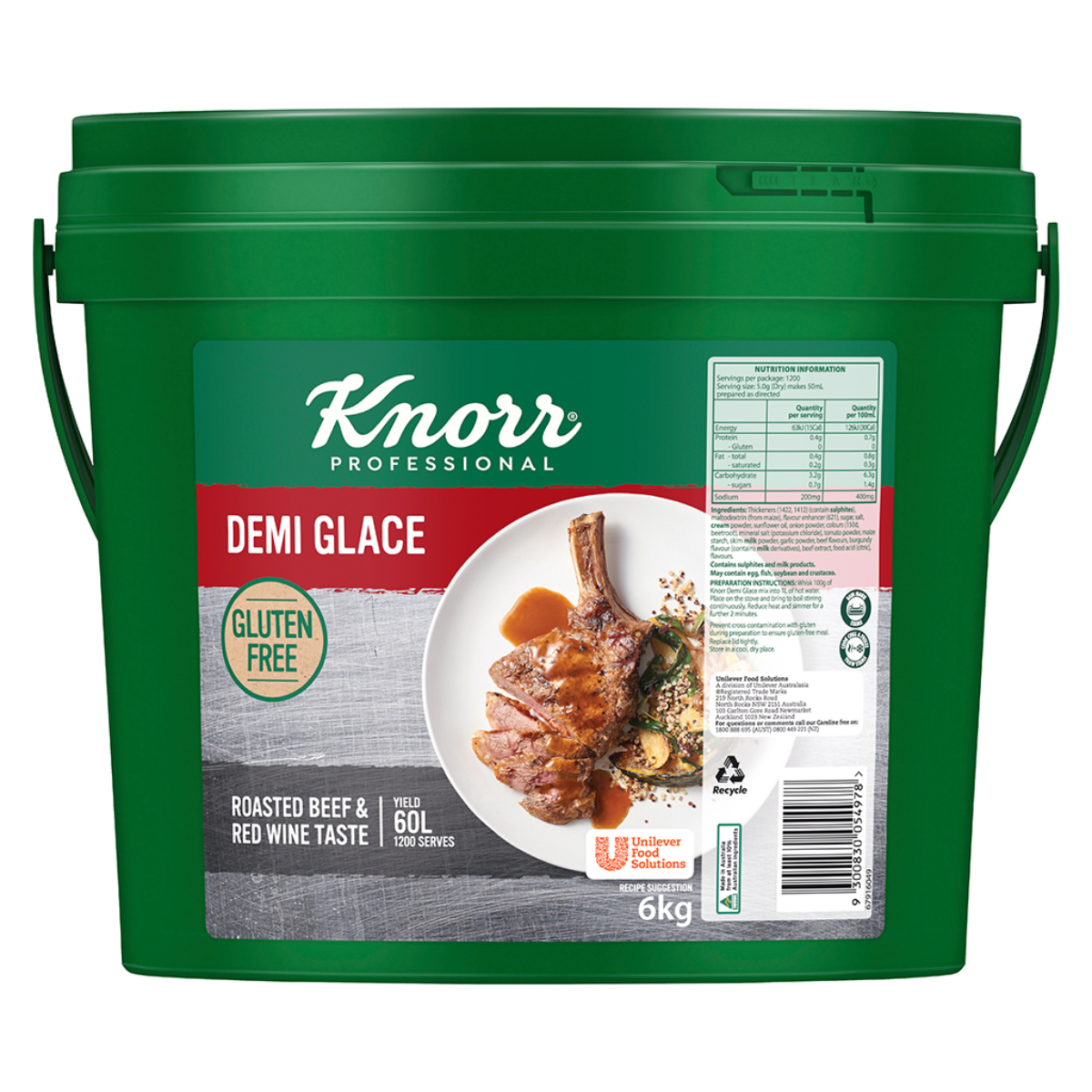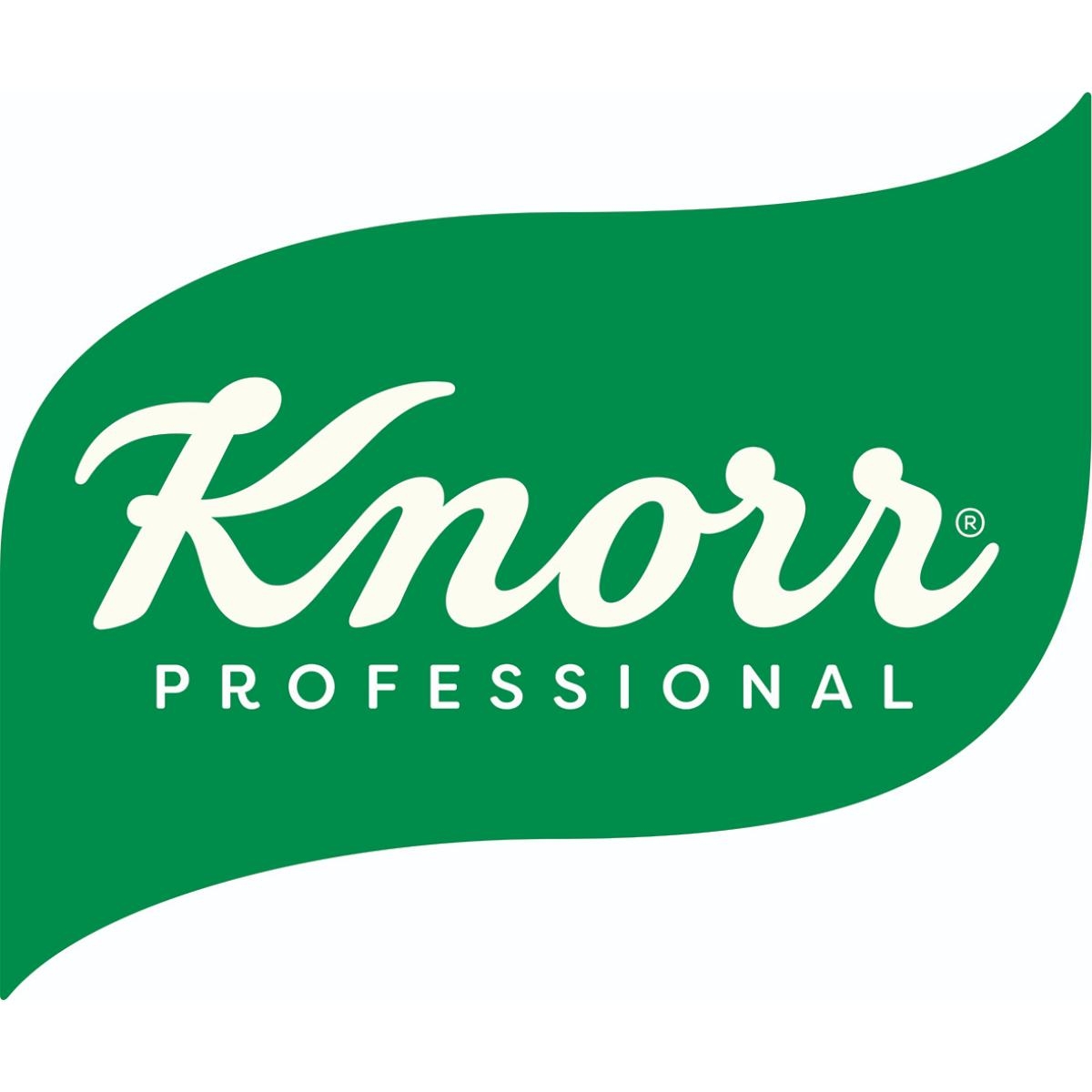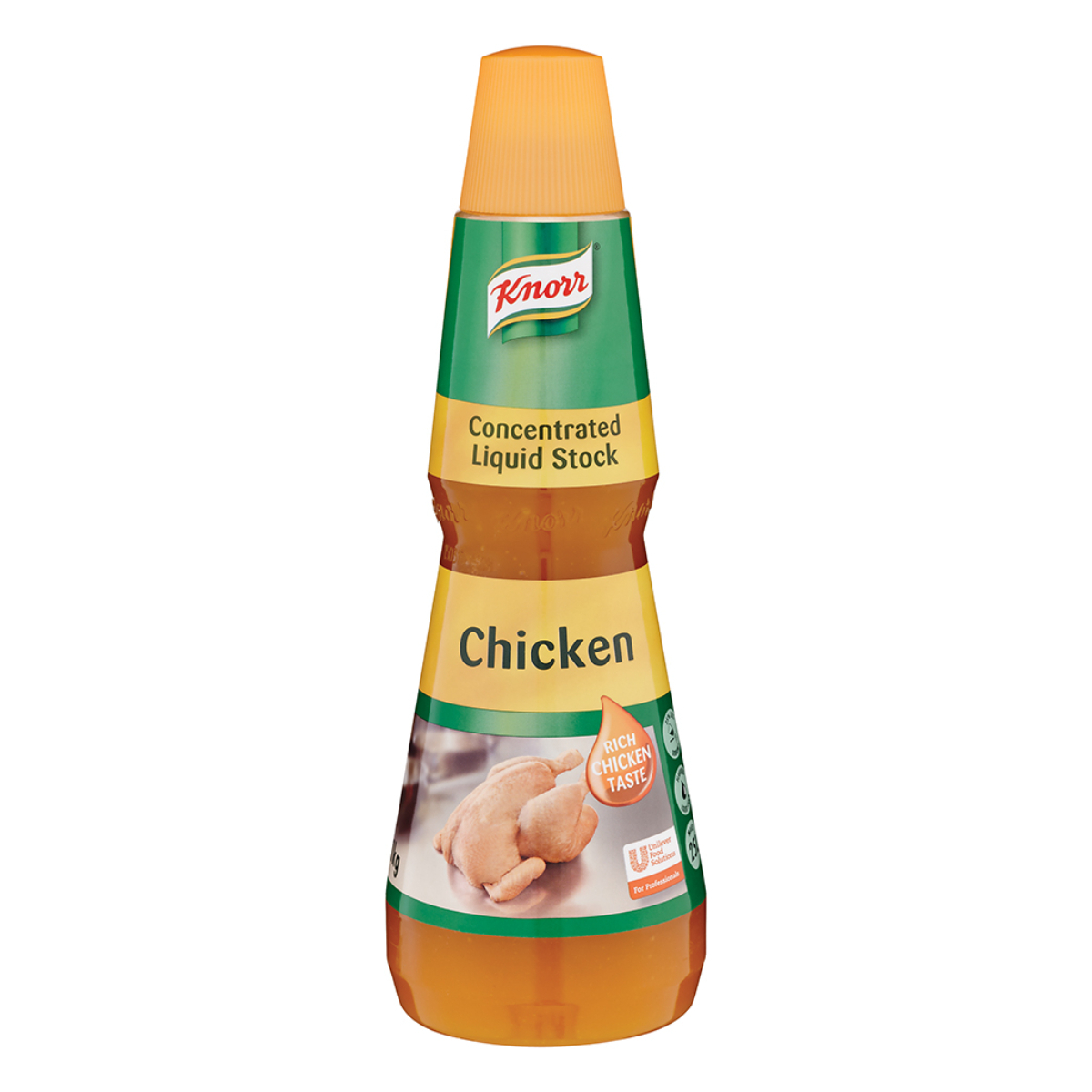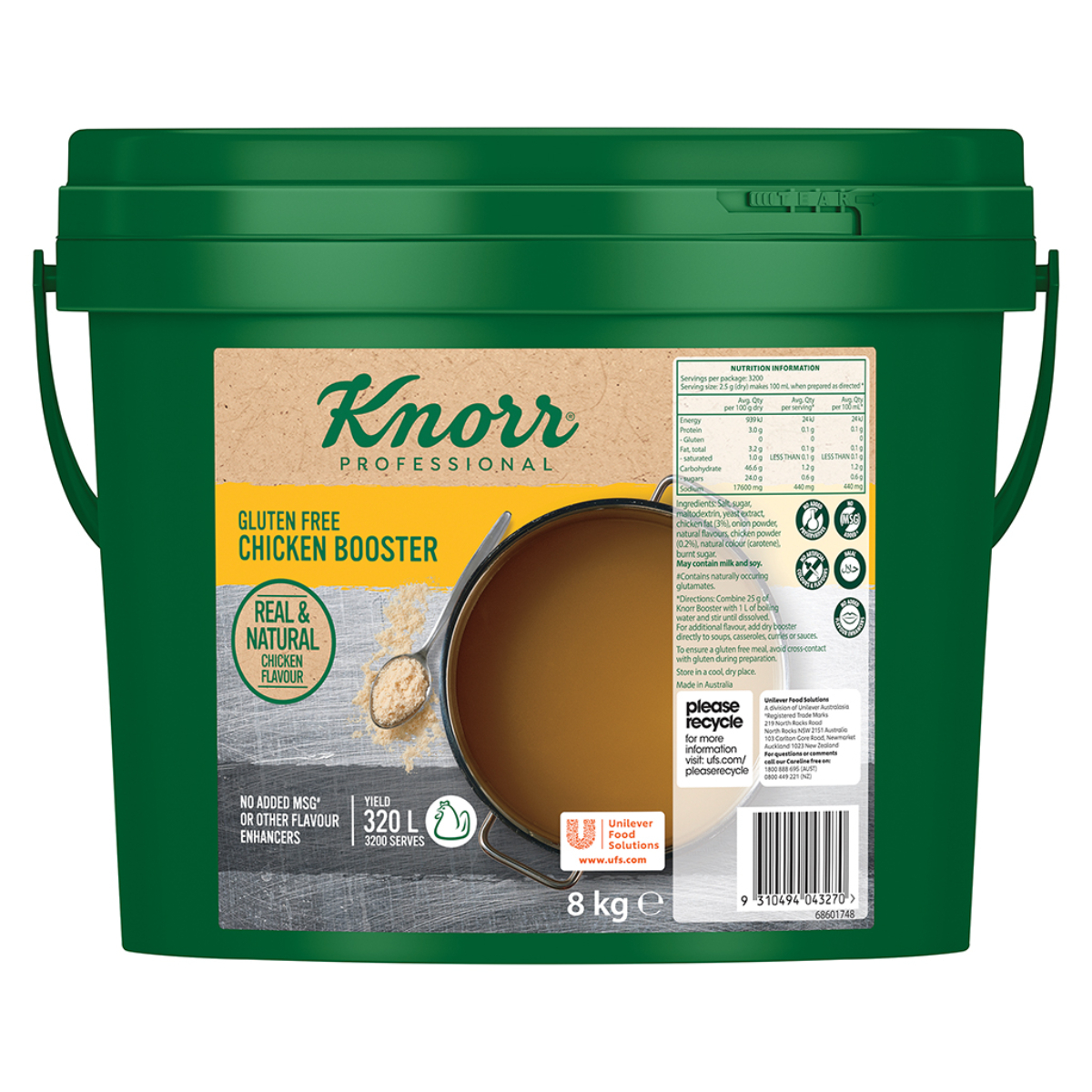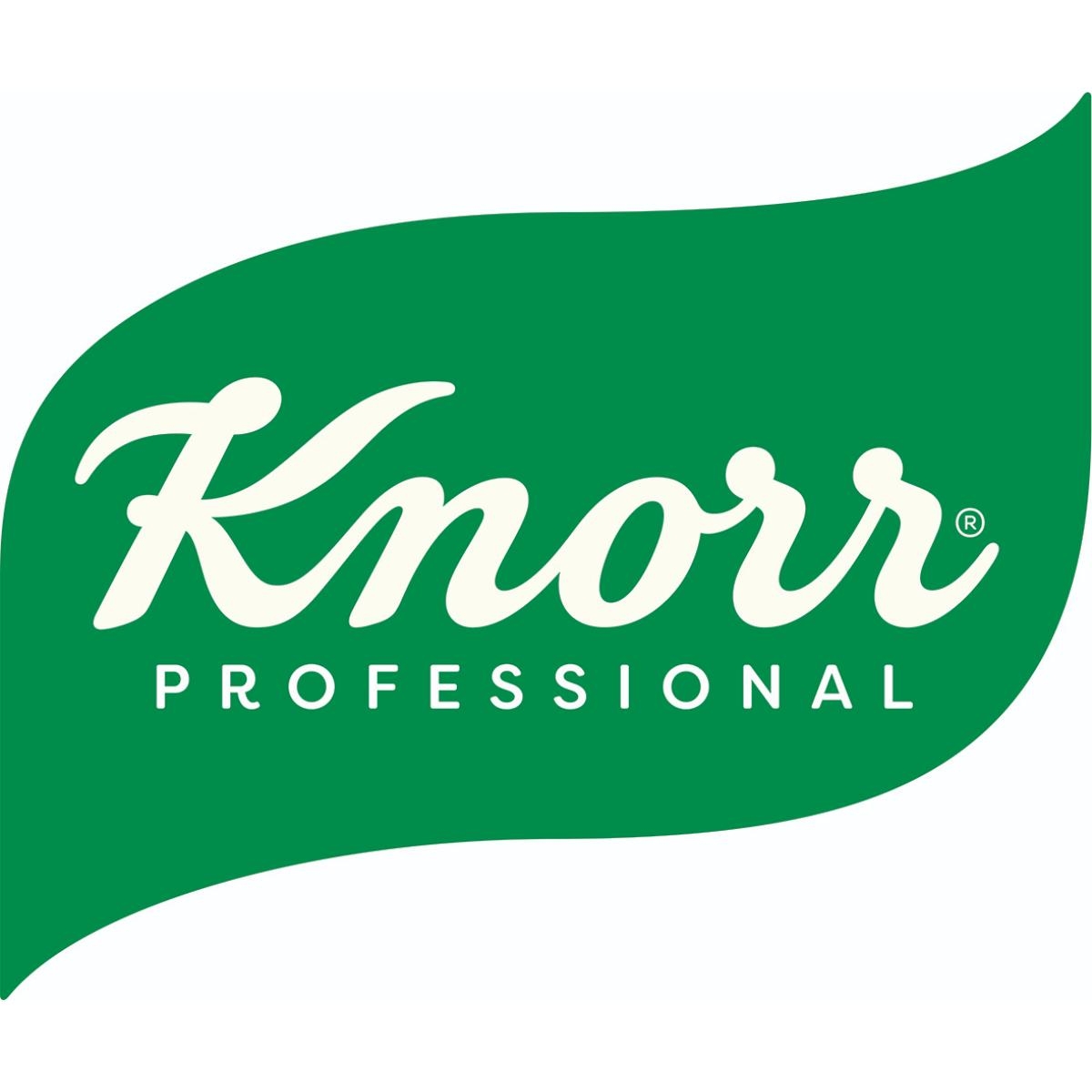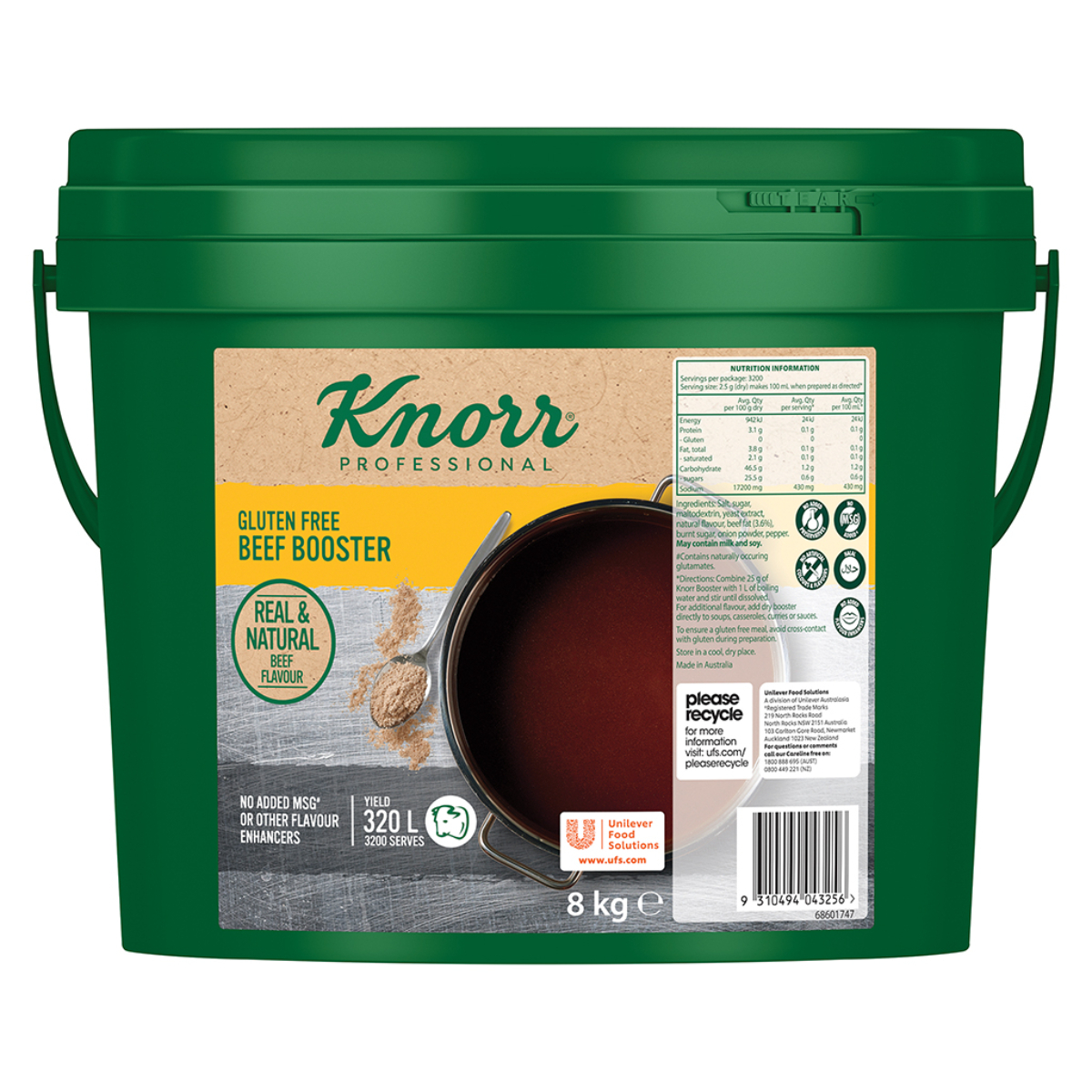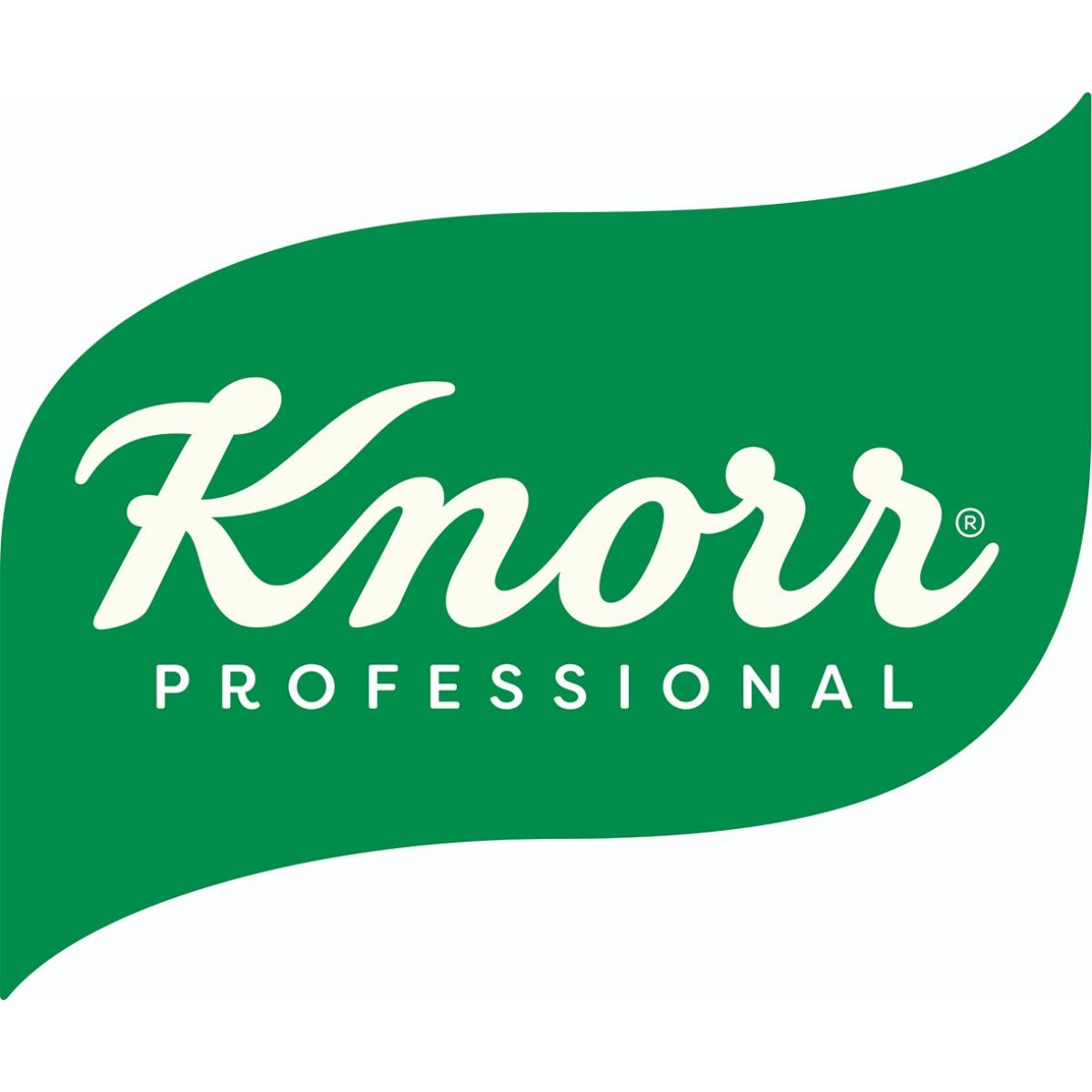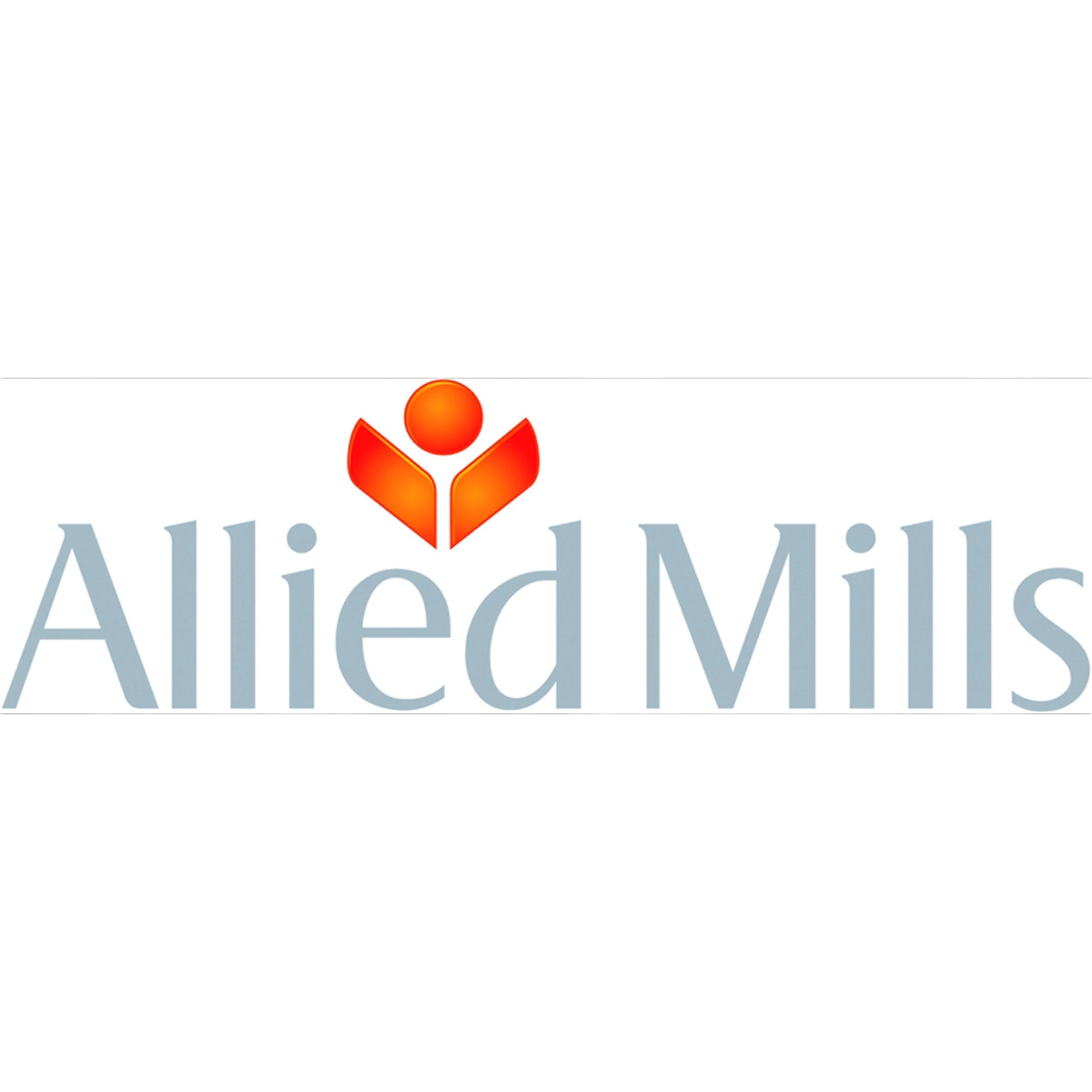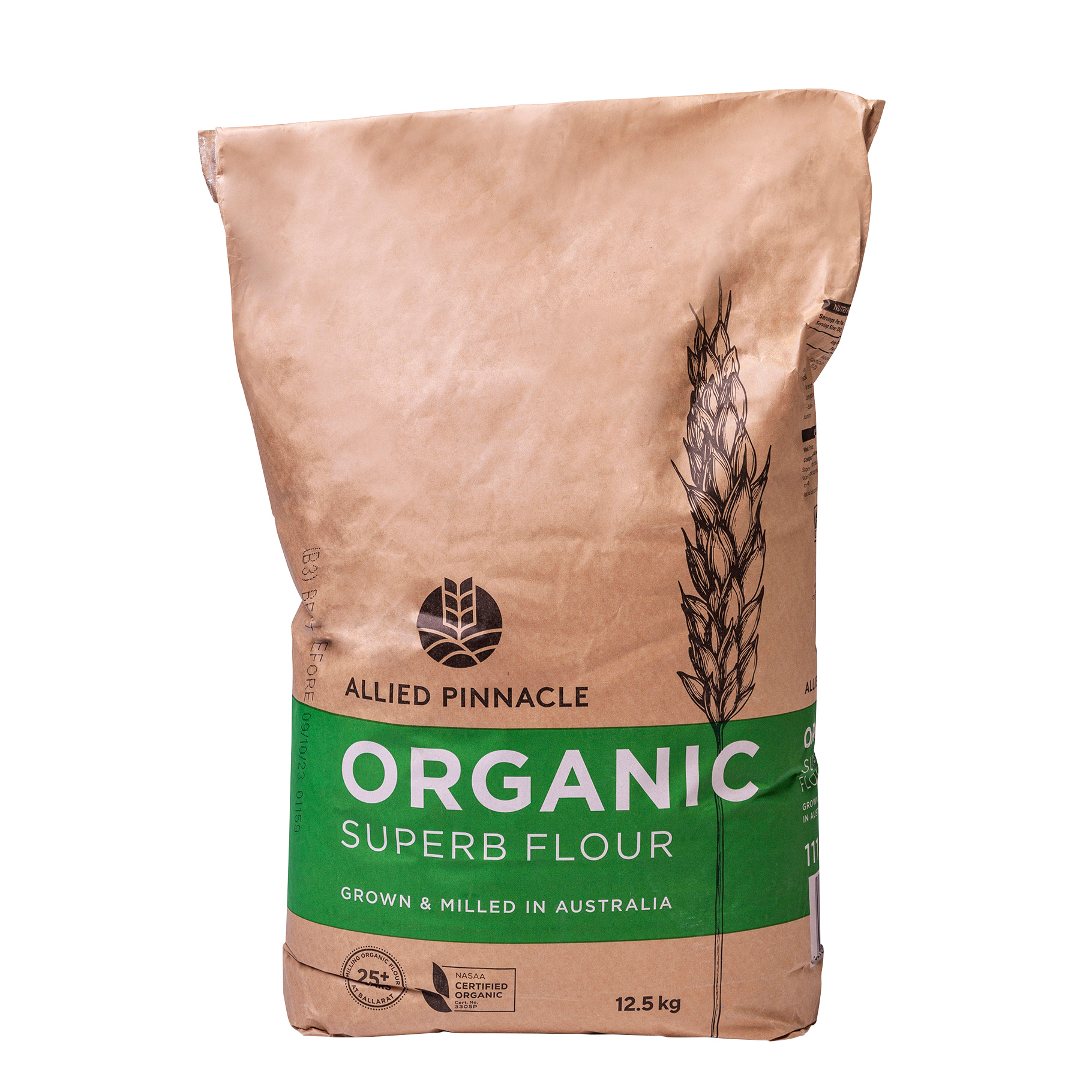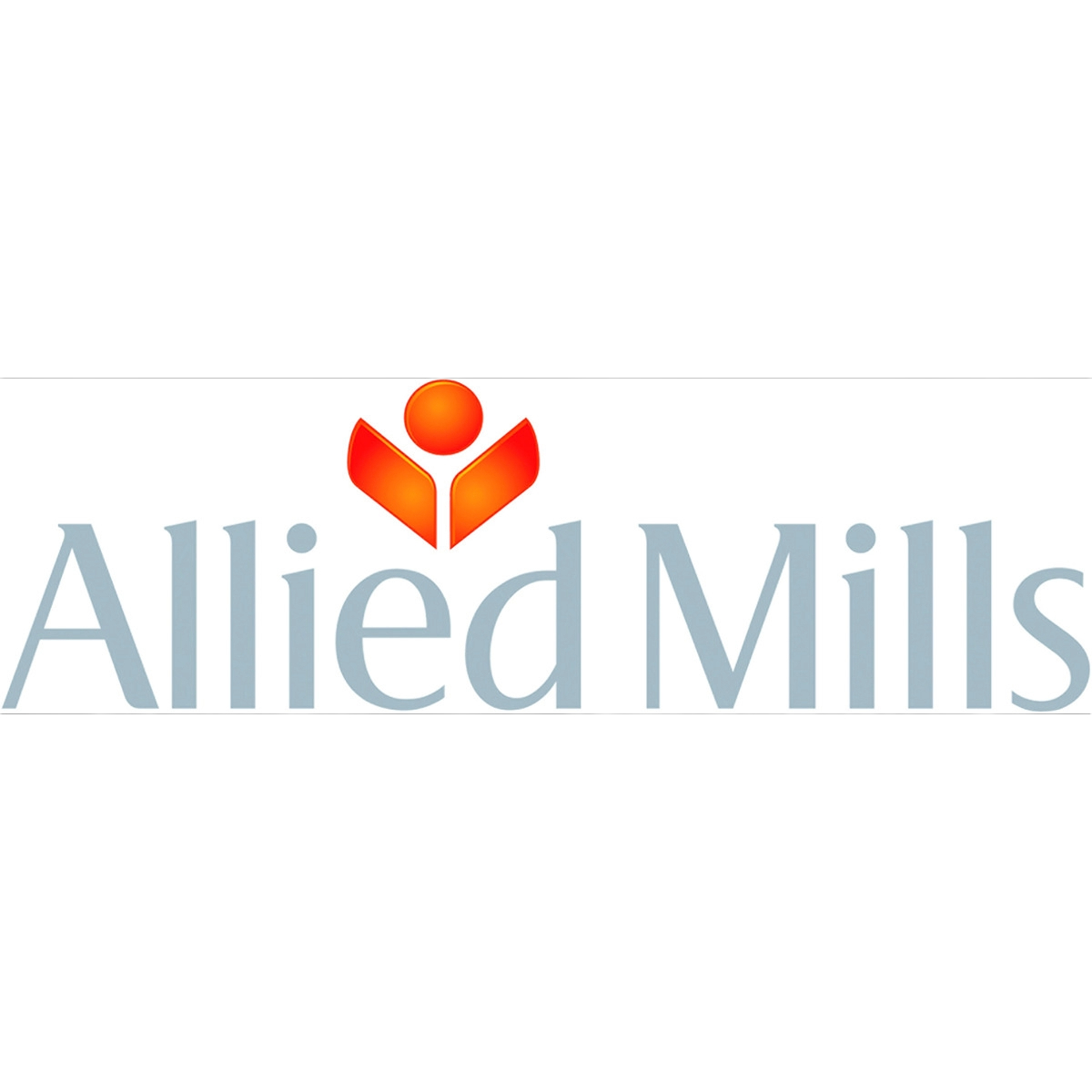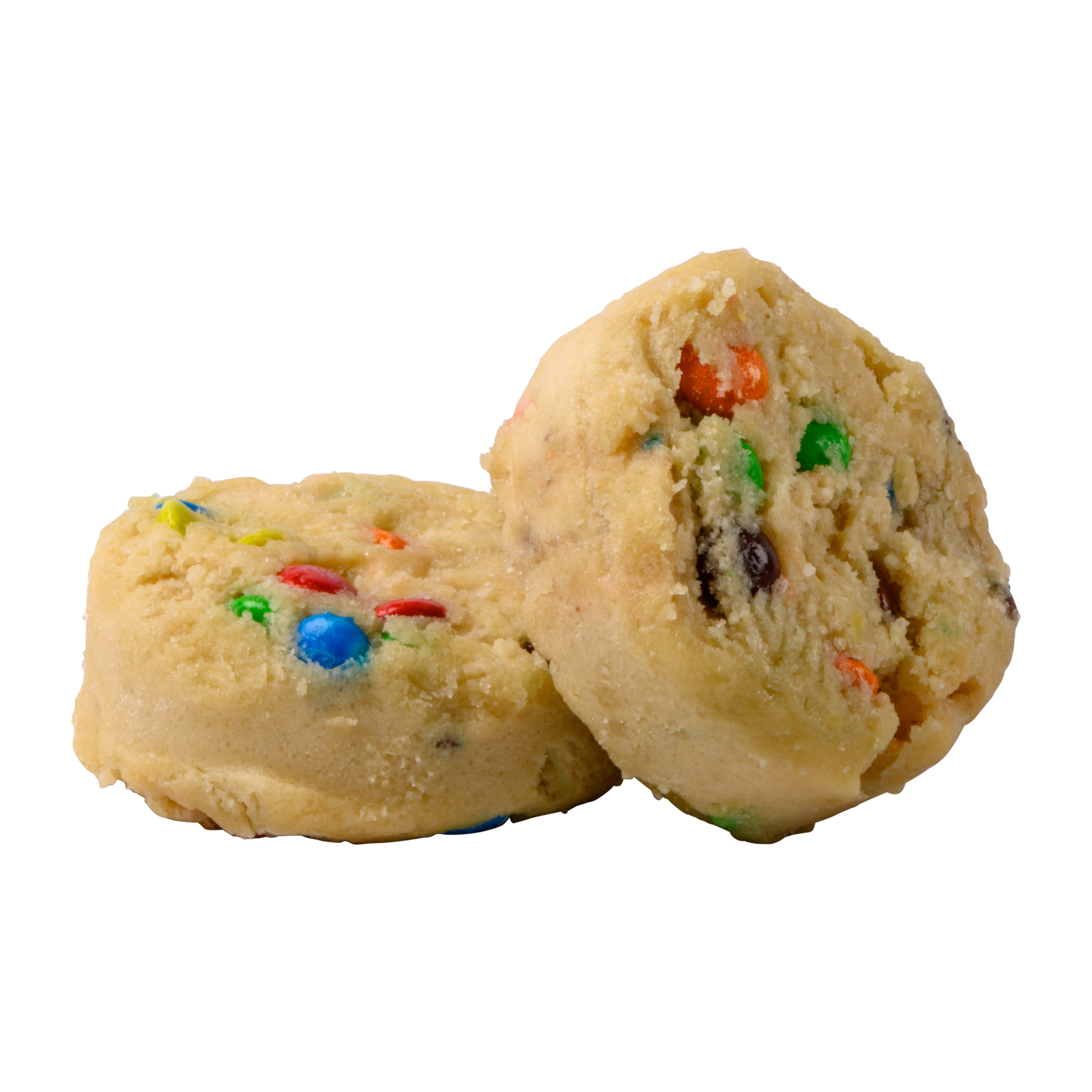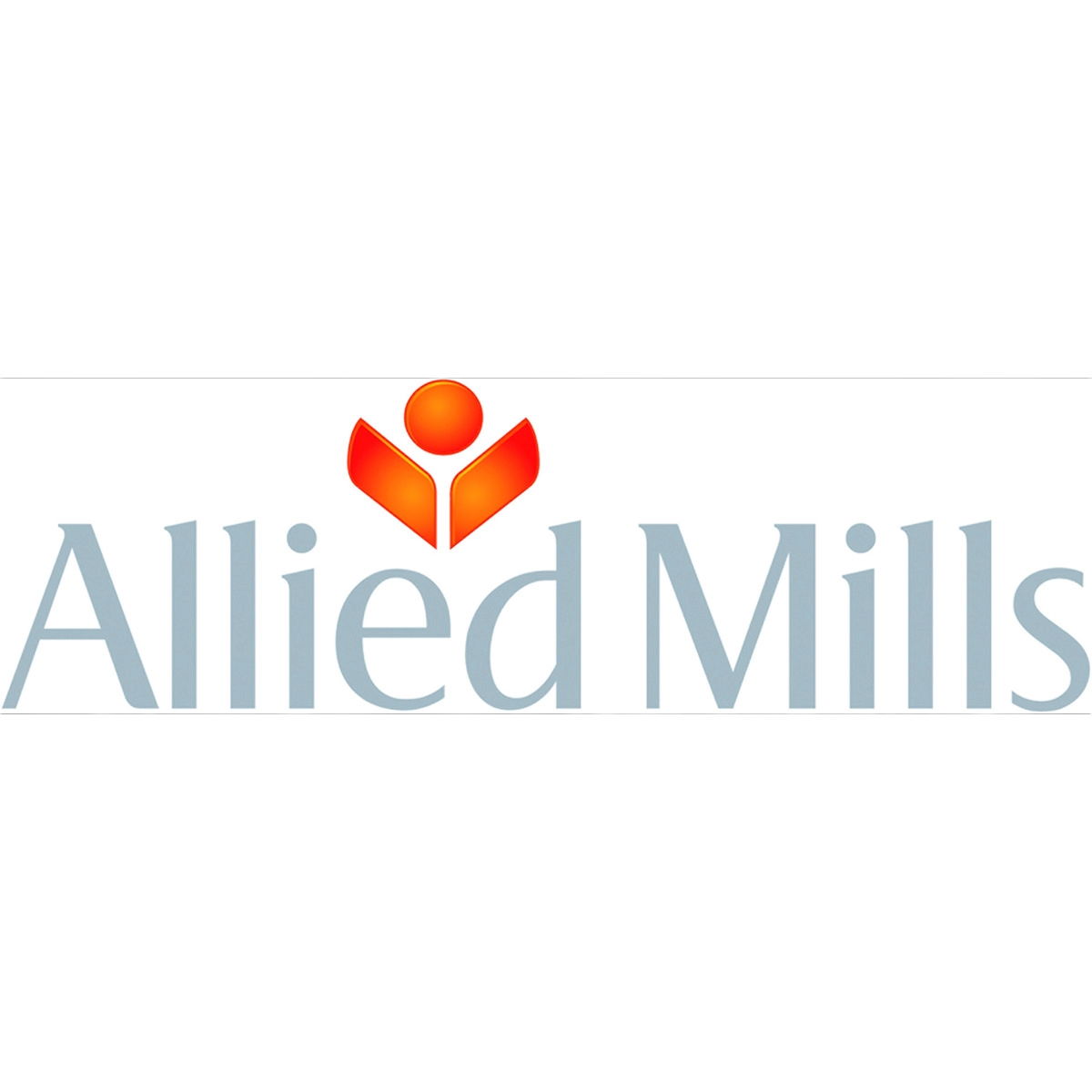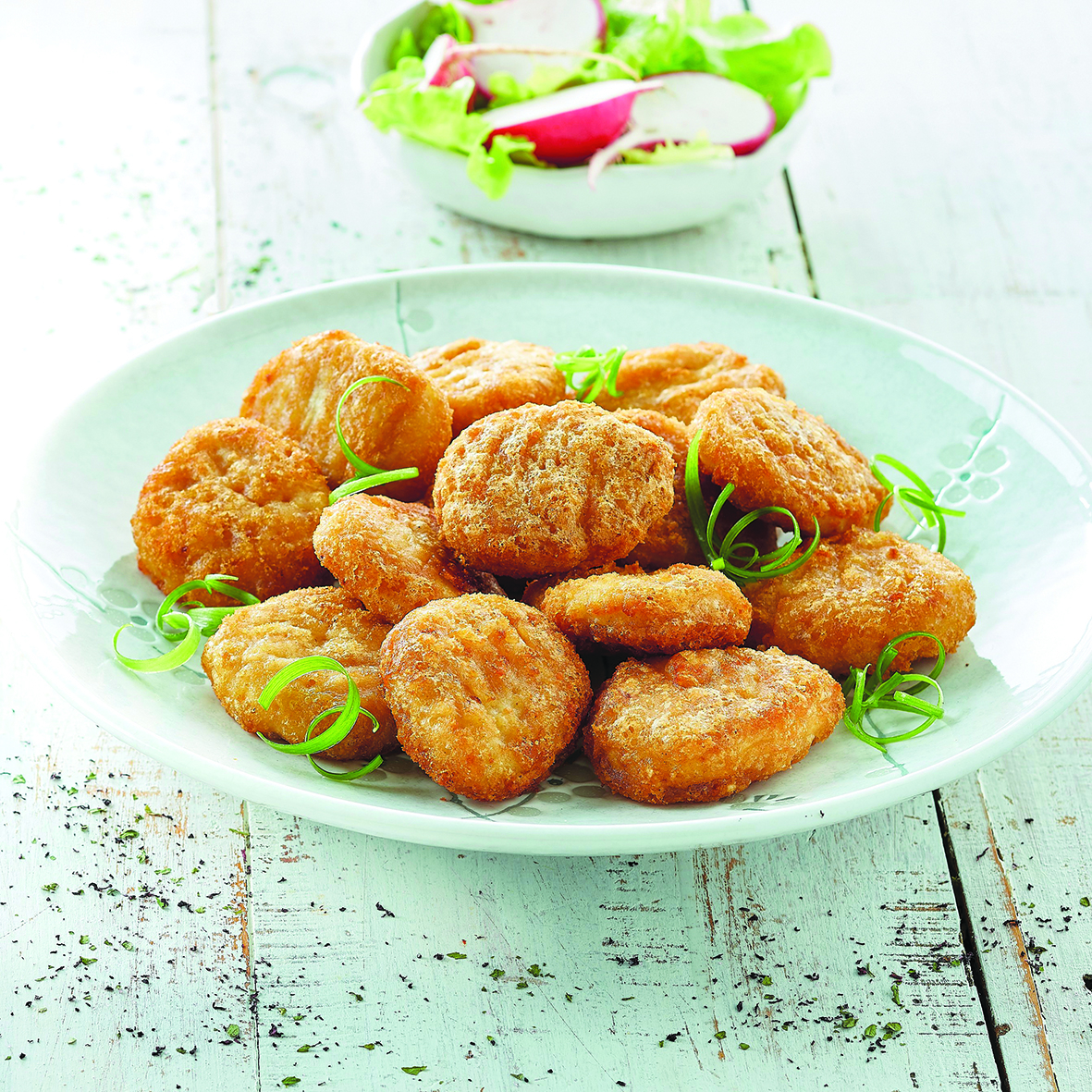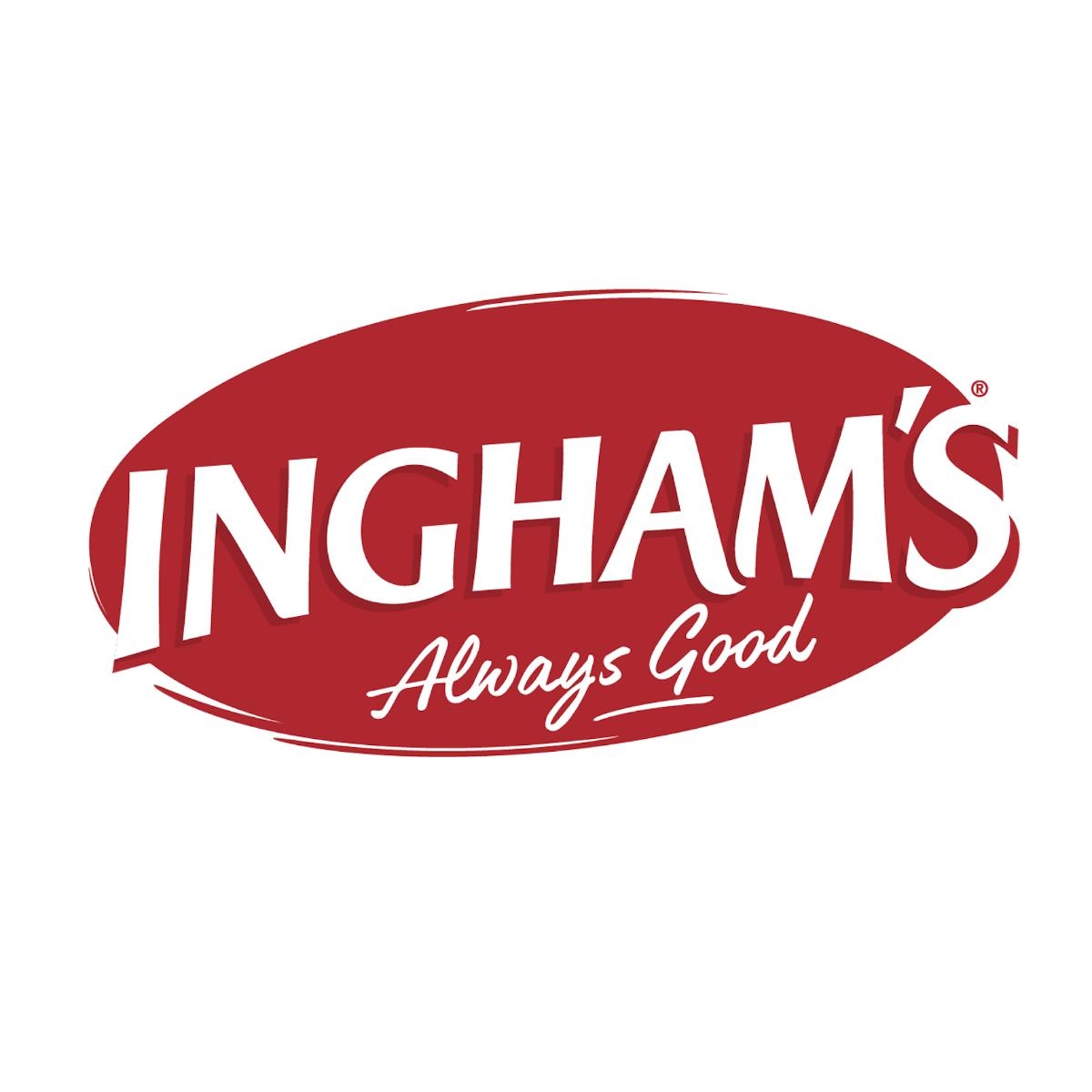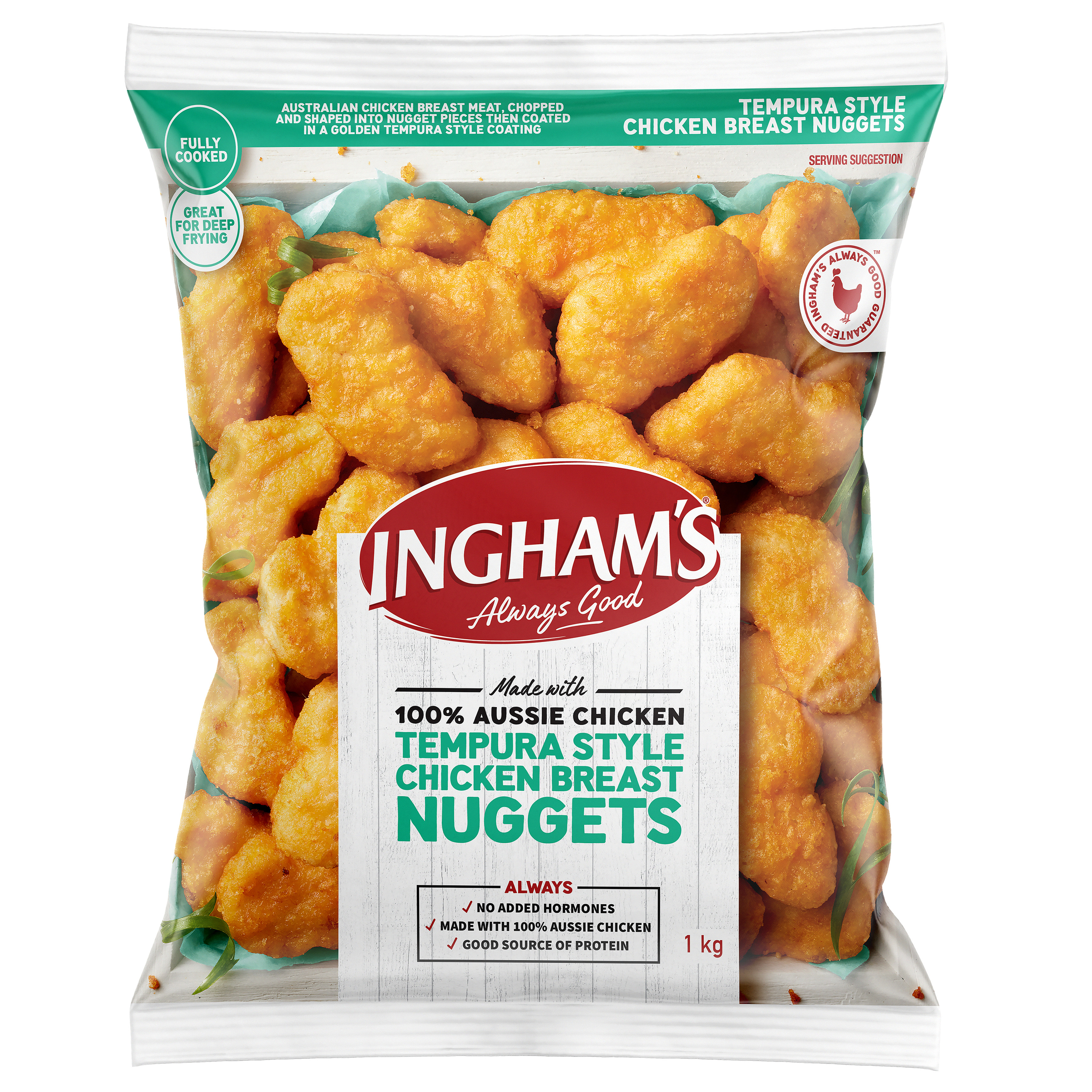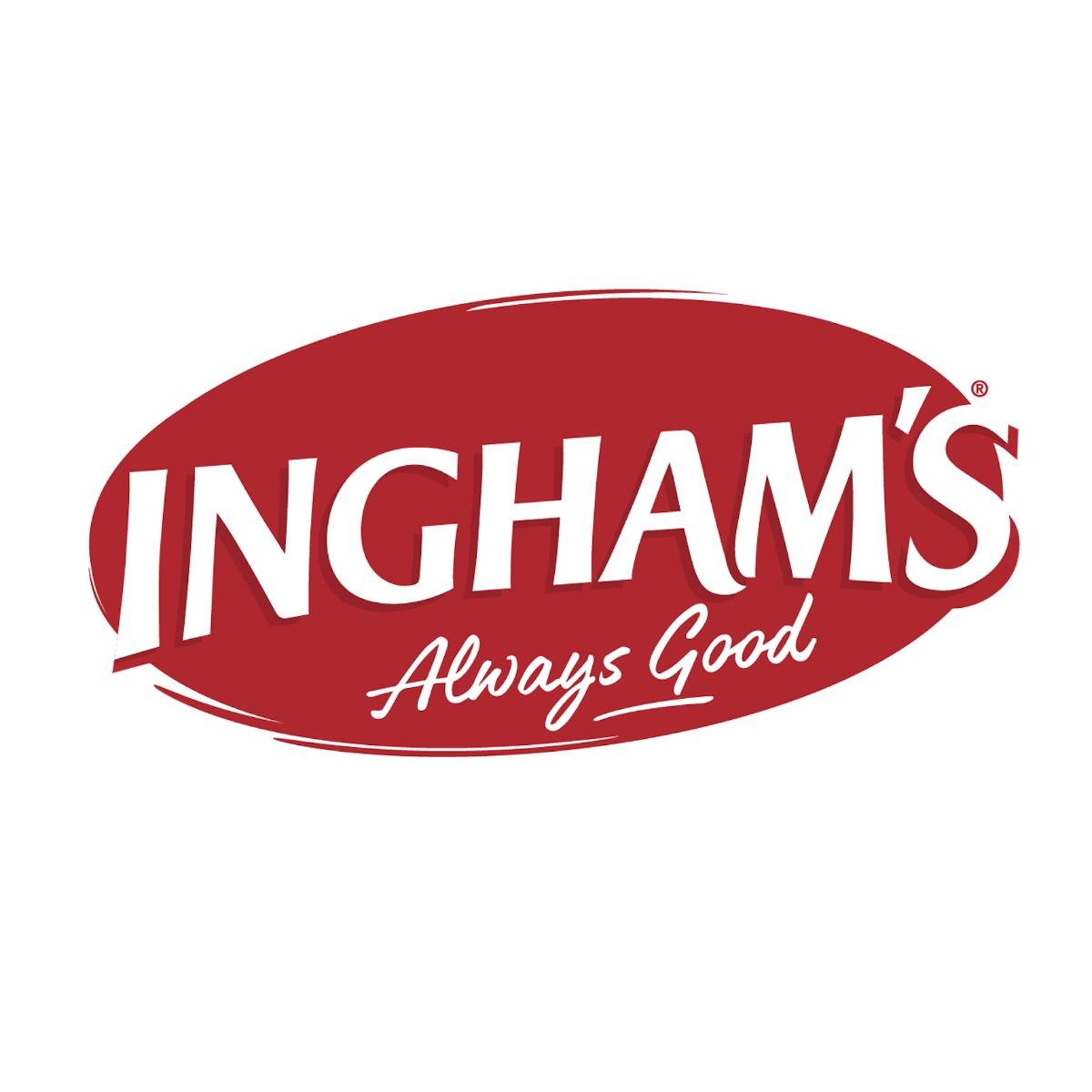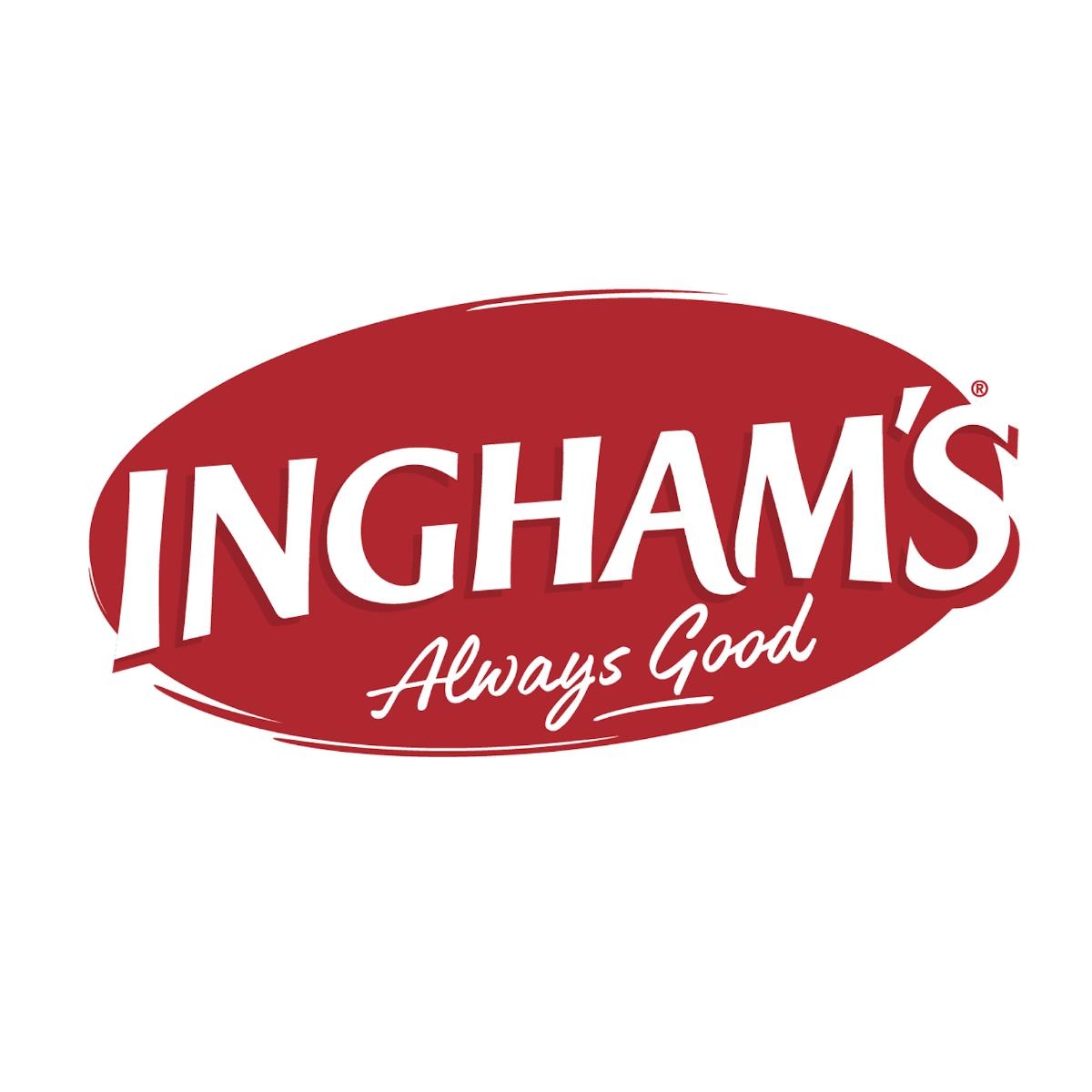This article has been provided by the team at FPA.
Governments around Australia have begun to implement their ban on plastics. While this is a great thing and will make such a difference in reducing litter and preventing plastics ending up in our oceans, we will still have plastic packaging in our everyday life that will be around for quite some time. If plastic materials are recycled correctly, they can create a circular economy and made into a new product. The cycle continues and those plastic materials will be used again and again and again.
Recycling is great, but what isn’t great is that most people don’t know what they can or can’t recycle. The biggest trick of all is the recycling logo that is on all plastic products DOESN’T actually mean that it’s recyclable; its only use is to tell you which type of plastic it is. The rest is up to you to figure out.
Here are the symbols which I’m sure you’ve seen before:
Once you know the types of plastics you can figure out how to dispose of it correctly.
1 – PET
We love PET. This is the most recycled plastic in the world and is great to be recycled and made into other products. You will see this plastic most commonly being made into drink bottles, plastic beer cups and peanut butter jars.
2 – HDPE
This plastic is pretty common and you will have most certainly seen this type of plastic in your household. You would be use to milk bottles and shampoo bottles in this type of plastic. They are easily recyclable through your curbside recycling. Other HDPE plastics can be soft, like freezer bags. This type of plastic can’t be recycled in curbside recycling. The softness of the plastic gets caught in the machine at the recycling plant and essentially shuts it down because it gets stuck where it shouldn’t.
I bet now you can see why recycling is confusing?!
3 – PVC
This plastic you won’t see as much. Its most commonly used for bubble wrap or piping. Like HDPE, you can recycle the hard, firm plastic, but not the soft.
4 – LDPE
This plastic is what is mainly used for your bin bags or bread bags that you find at home. Again, this is a plastic we don’t recycle because it gets caught in the big recycling machine. It’s a very common type of plastic, but unfortunately will have to end up in landfill.
5 – PP
This type of plastic is very common and very recyclable (yay). This type of plastic is most commonly seen in takeaway packaging. You’d most likely call it the ‘Chinese Takeaway Container’. The only downside to this type of plastic is that if it is black in colour it doesn’t get recycled properly in the plant and will end up in landfill. Clear is the way to go!
6 – PS
We can do without PS. The most common type of packaging you’ll see in this material is foam cups or takeaway containers from the kebab shop on a Saturday night. This material is majority air (like 98%) and the amount of plastic that’s in it is barely worth recycling. That’s why curbside recycling will not accept this.
7 – Other
This is everything else left over, like CD’s and DVD’s or packaging that has multiple plastics in one. It even includes bioplastics, which aren’t even recyclable, they’re compostable!

